Forums
- Forums
- Duggy's Reference Hangar
- USAAF / USN Library
- Martin Mariner
Martin Mariner
Post a reply
- Go to Previous topic
- Go to Next topic
- Go to Welcome
- Go to Introduce Yourself
- Go to General Discussion
- Go to Screenshots, Images and Videos
- Go to Off topic
- Go to Works in Progress
- Go to Skinning Tips / Tutorials
- Go to Skin Requests
- Go to IJAAF Library
- Go to Luftwaffe Library
- Go to RAF Library
- Go to USAAF / USN Library
- Go to Misc Library
- Go to The Ops Room
- Go to Made in Germany
- Go to Campaigns and Missions
- Go to Works in Progress
- Go to Juri's Air-Raid Shelter
- Go to Campaigns and Missions
- Go to Works in Progress
- Go to Skinpacks
- Go to External Projects Discussion
- Go to Books & Resources
-
9 years agoSun Mar 26 2023, 10:33amDuggy
 Main AdminMARINER ORIGINS: XPBM-1 / PBM-1 / XPBM-2
Main AdminMARINER ORIGINS: XPBM-1 / PBM-1 / XPBM-2
Martin began work on an improved military flying boat in 1937. The US Navy wanted a new machine that would be superior to the Consolidated PBY Catalina, then the latest and greatest the Navy had, and in response Martin developed the "Model 162". On 30 June 1937, the Navy awarded Martin a contract to build a prototype of the Model 162, with the naval designation of "Experimental Patrol Bomber Martin 1 (XPBM-1)".
The Model 162 featured a deep hull and shoulder-mounted gull wings, with a flat twin-fin tail assembly, and wing floats that retracted inward. The gull wing kept the engines out of the ocean spray without use of a draggy parasol wing mount. The aircraft was to be powered by twin Wright R-2600-6 Cyclones with 1,195 kW (1,600 HP) each.
A 3/8ths-scale single-seat prototype designated the "Model 162A" was built to prove the design. The "Tadpole Clipper", as it was called, was powered by twin Chevrolet four-cylinder air-cooled engines with 90 kW (120 HP) each and driving the props with a vee belt drive. Test flights began in December 1937. The flying model proved very useful, and has survived to the present day as an exhibit in the Museum of Industry in Baltimore, Maryland.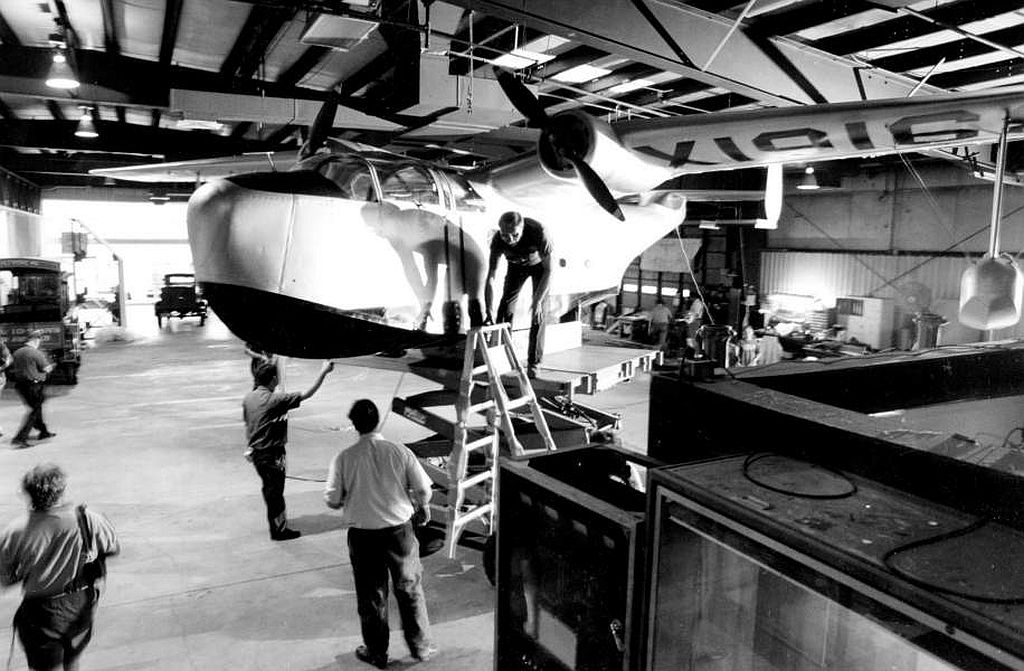
The XPBM-1 prototype first flew on 18 February 1939. It used three-bladed propellers and was initially unarmed, fitted only with dummy turrets. Flight tests showed that the prototype suffered from tail flutter, leading to the redesign of the tail assembly. The flat tailplane was changed to a distinctive dihedral configuration whose angle matched that of the gull wings. The tailfins remained perpendicular to the tailplane, giving them an inward cant. The prototype remained in use for armament tests during the war under the designation of "XPBM-1A".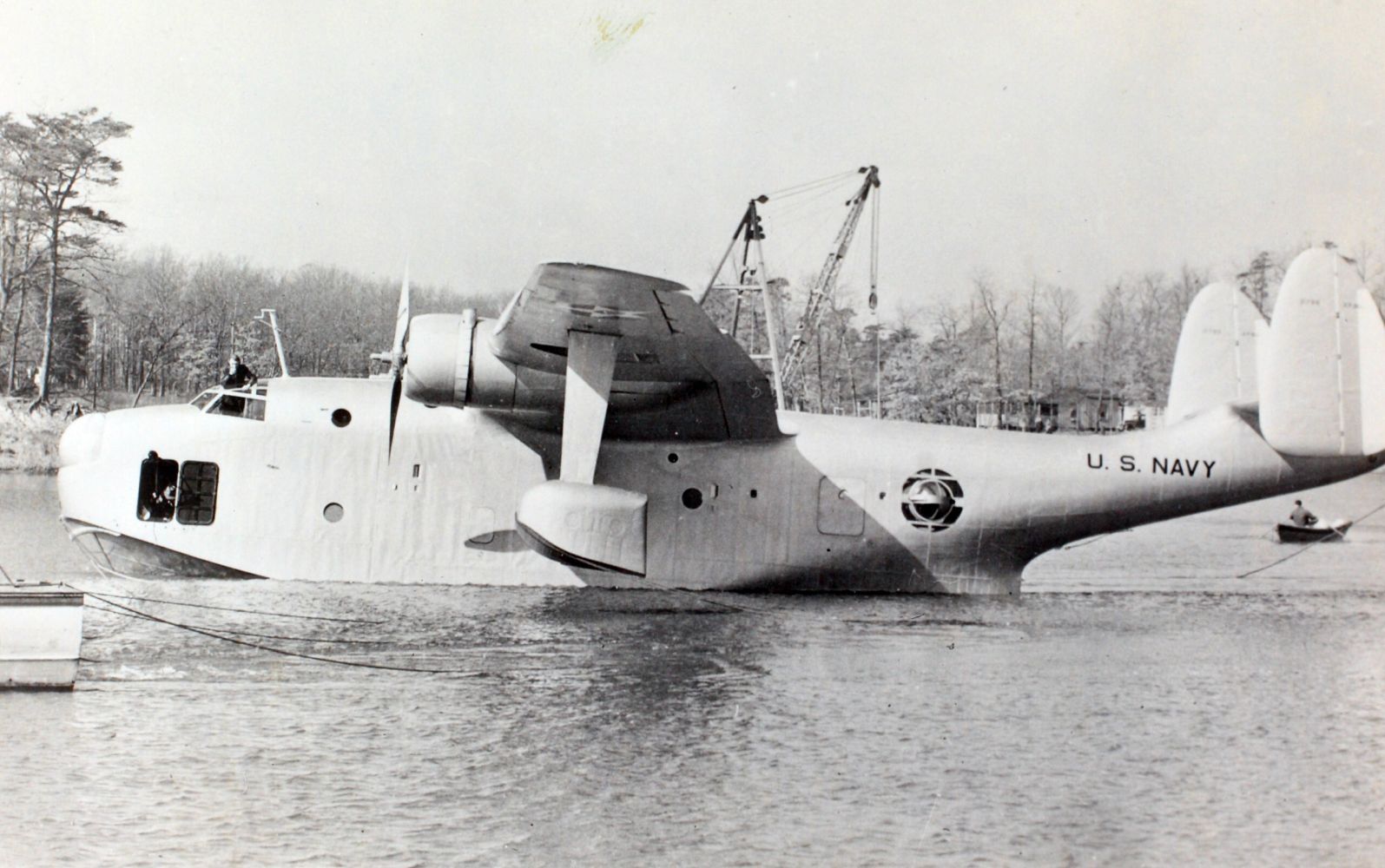
On 18 December 1937, well before the flight of the XPBM-1, the Navy had placed an order for 20 production aircraft, to be designated "PBM-1". However, the Navy had by no means given up on the PBY Catalina, simultaneously ordering 33 "PBY-4s" with uprated engines. The Martin flying boat was a more advanced aircraft than the Catalina, but the PBM would not displace the PBY during World War II and would historically end up in the Catalina's shadow.
Deliveries of the PBM-1 began in October 1940 and were completed by April 1941, with the total apparently reaching 21 instead of 20. The type was given the name "Mariner", in keeping with Martin's custom of giving their aircraft names starting with "M". The production PBM-1 was very similar to the XPBM-1, though it had a revised tail design and was of course fitted with full operational kit.
The PBM-1 featured a crew of seven and defensive armament of five 12.7 millimeter (0.50 caliber) Browning machine guns. One gun was mounted in a flexible position in the tail, with the gunner lying prone; one gun was fitted in a flexible-mounted beam position on each side of the rear fuselage; one gun was fitted in a rear dorsal turret; and one gun was fitted in a nose turret. A 20 millimeter cannon had been originally considered as an option for the nose turret but was never fitted to any operational Mariner.
The PBM-1 could carry a total of up to 900 kilograms (2,000 pounds) of bombs or depth charges in bombbays installed in the engine nacelles. The bombbay doors looked liked landing gear doors but the PBM-1 was strictly a flying boat, lacking undercarriage and requiring that beaching gear be attached to be brought up on land. Torpedo racks could be fitted under the wings inboard of the engine nacelles, and other stores apparently could be carried in the inboard position as well. Some sources also plausibly claim that a number of PBM-1s were refitted in the field with British-designed "Air to Surface Vessel Mark II (ASV.II)" longwave ocean-search radar, with "ladder" type transmitting antennas attached to the fuselage and a Yagi-style antenna under each wing.
Mariners immediately quickly found themselves operating in near-war conditions, as the US was expanding the range and scope of naval patrols to help protect shipments of material to Britain against German U-boats. These activities were ingeniously described as "neutrality patrols", intended to keep the US out of a European war -- though in practice they were effective violations of neutrality that antagonized Hitler, and whose details were concealed as much as possible from the American public.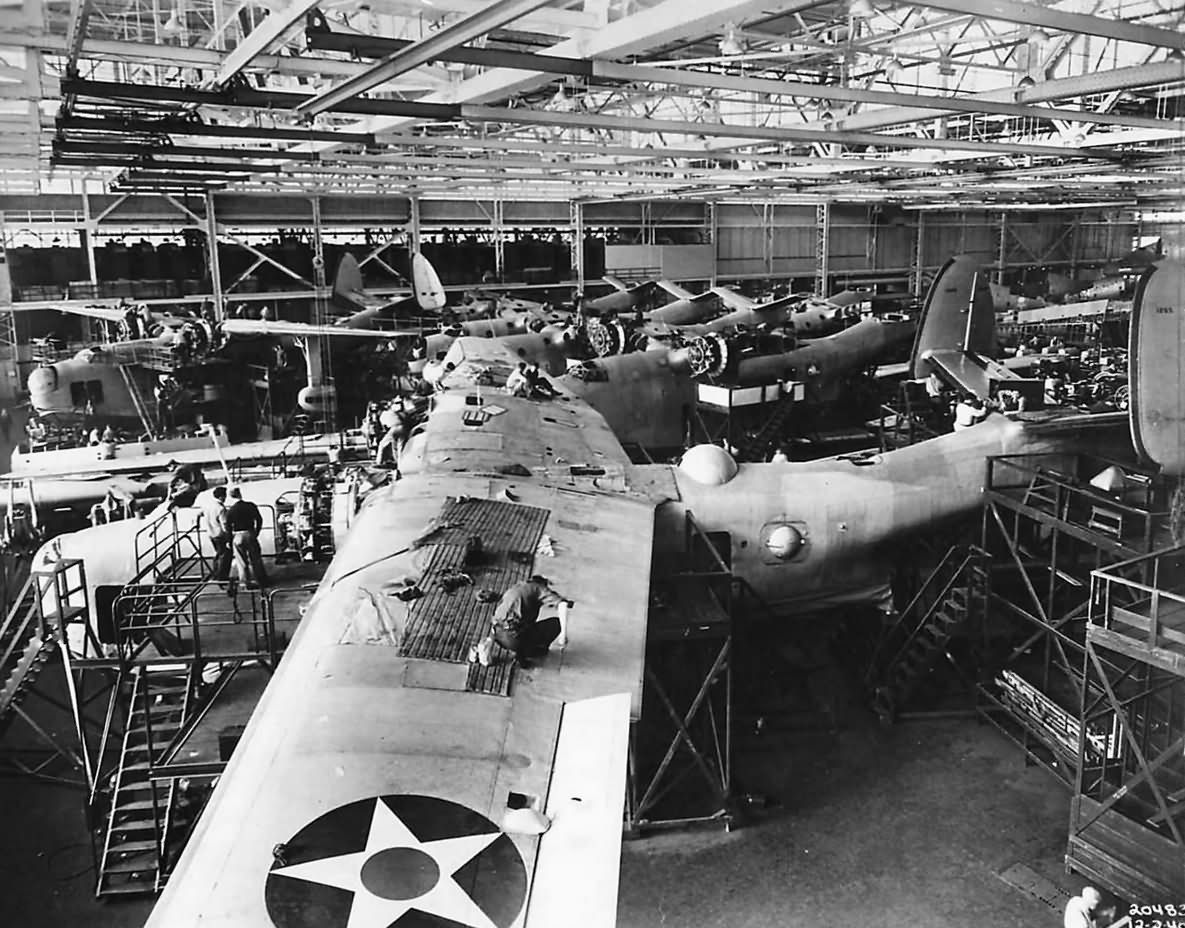
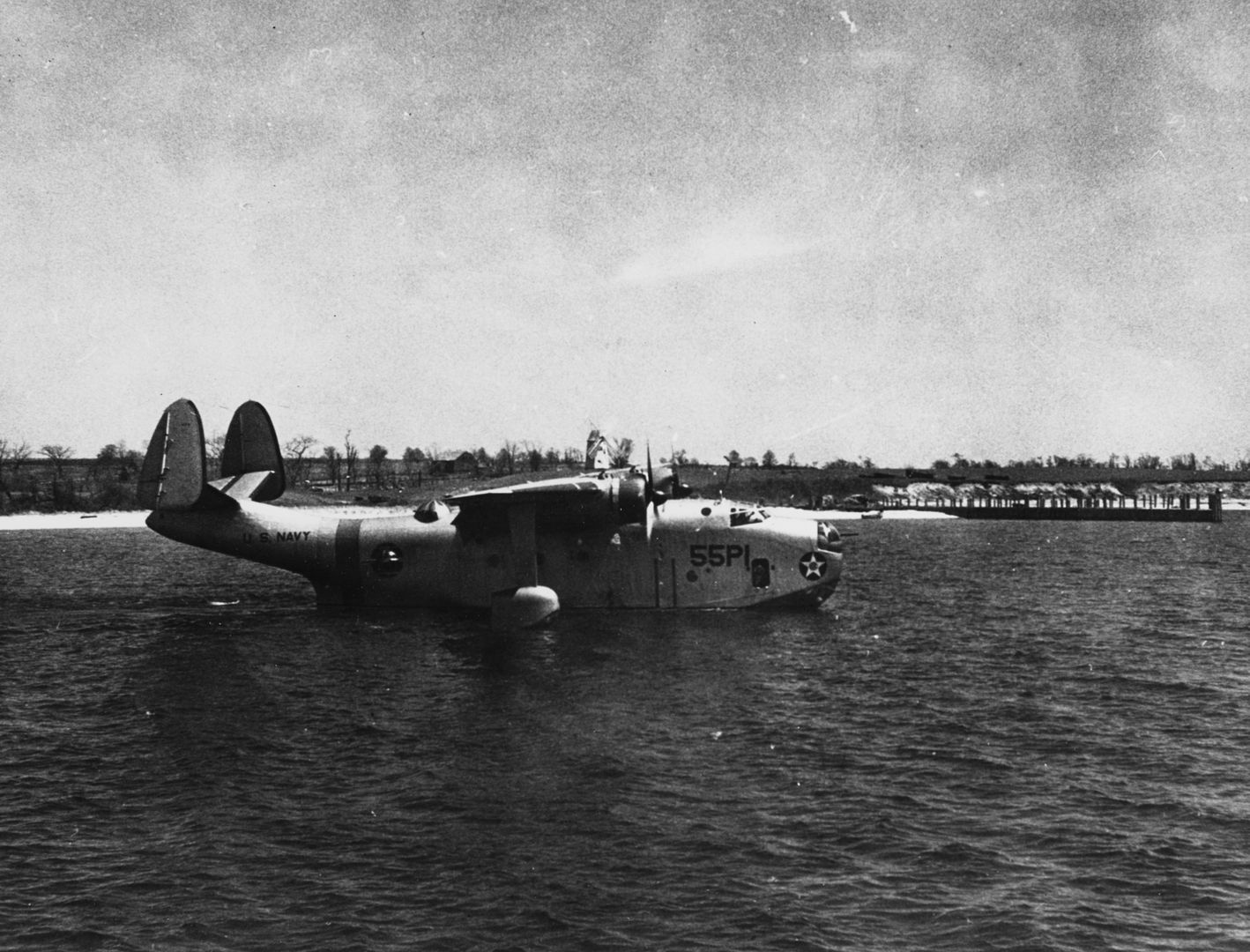
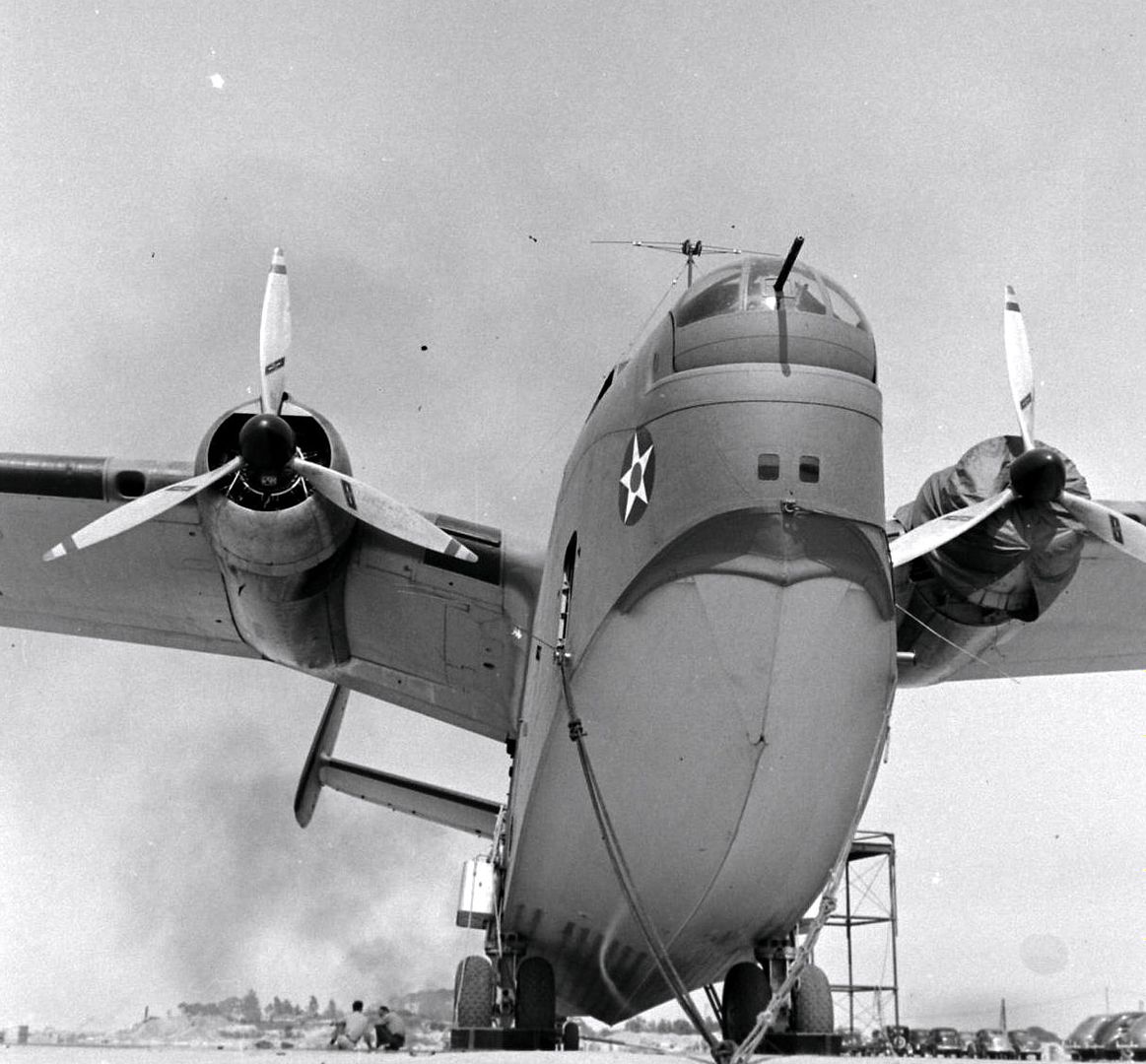
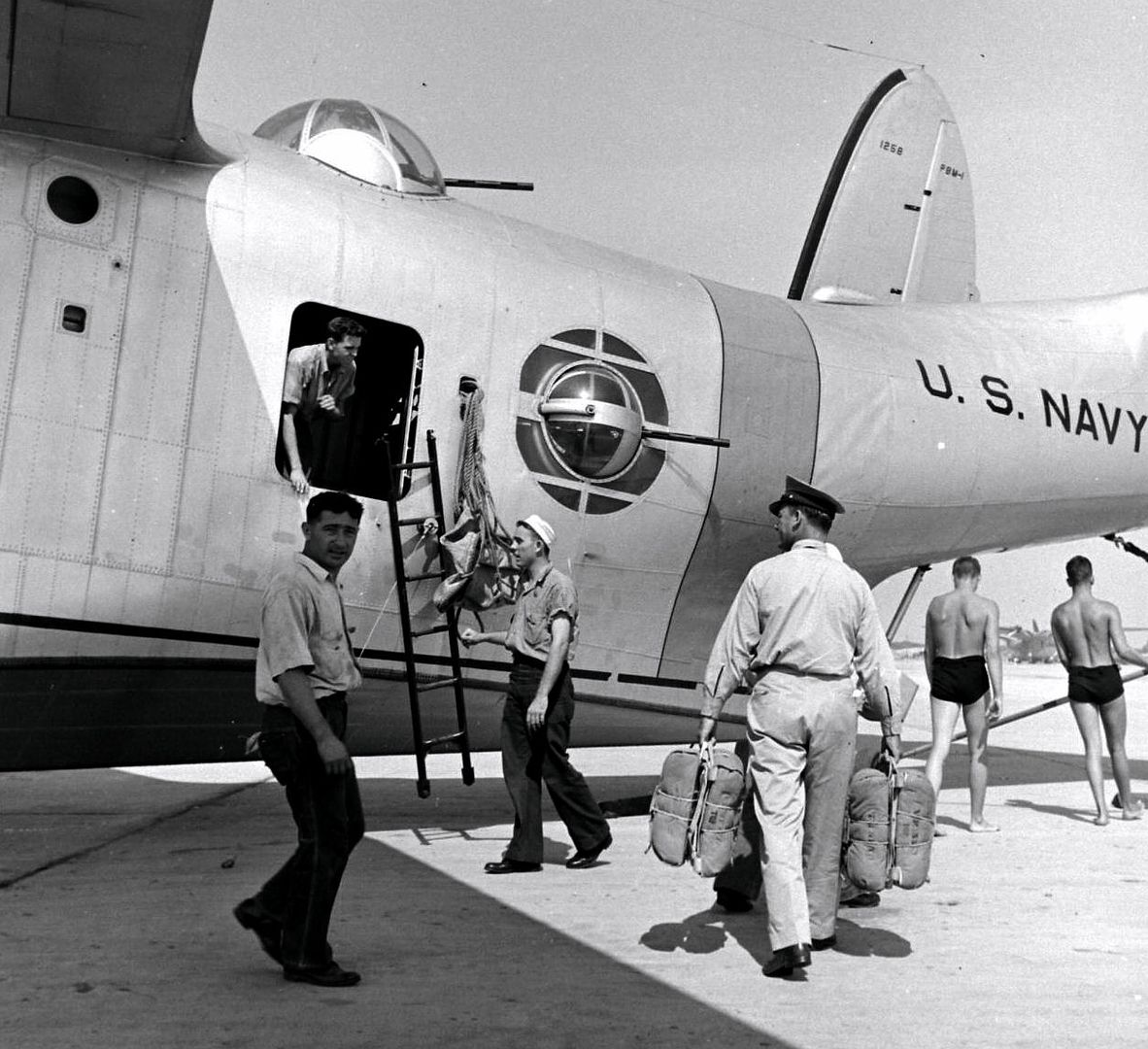

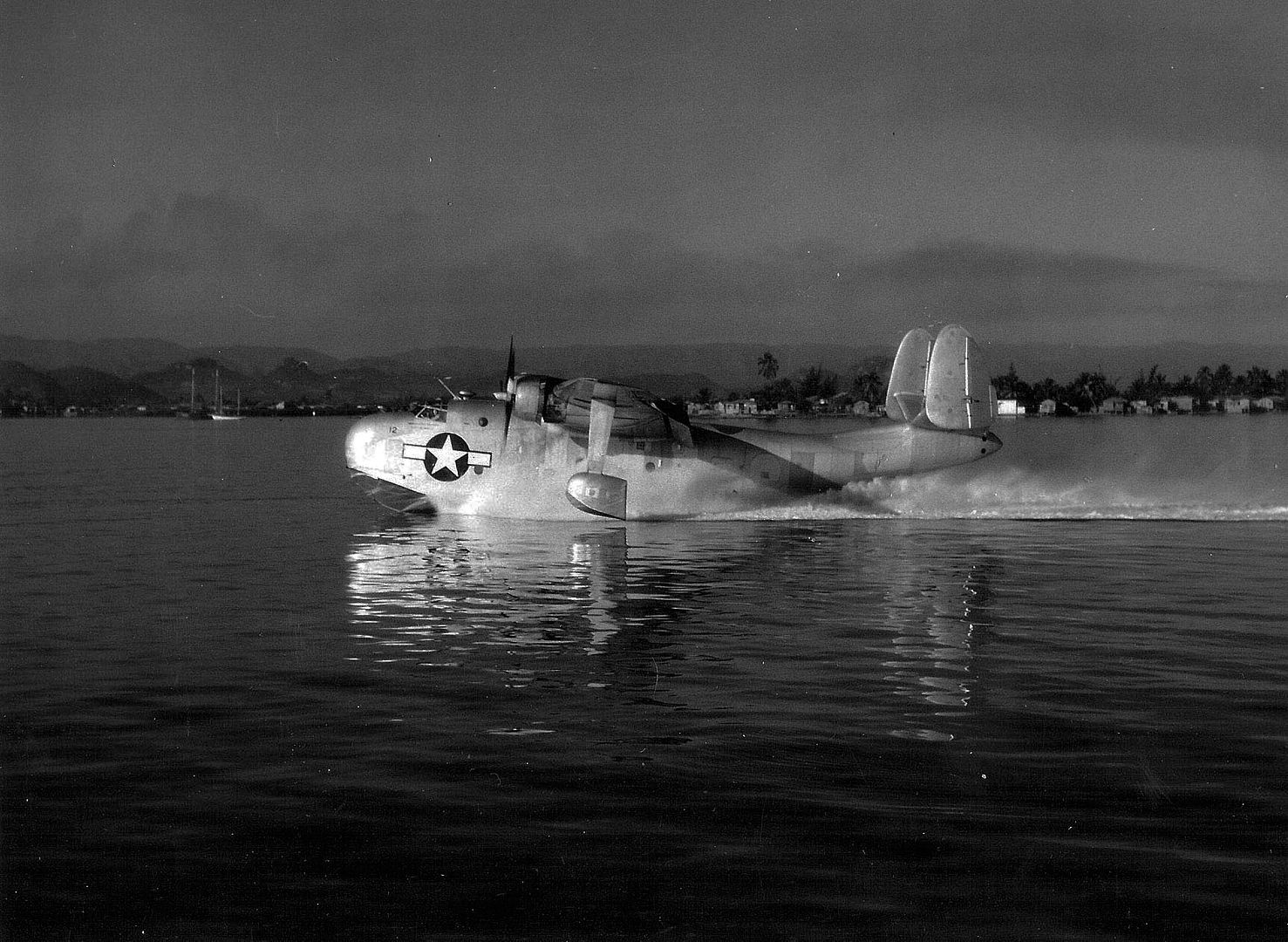
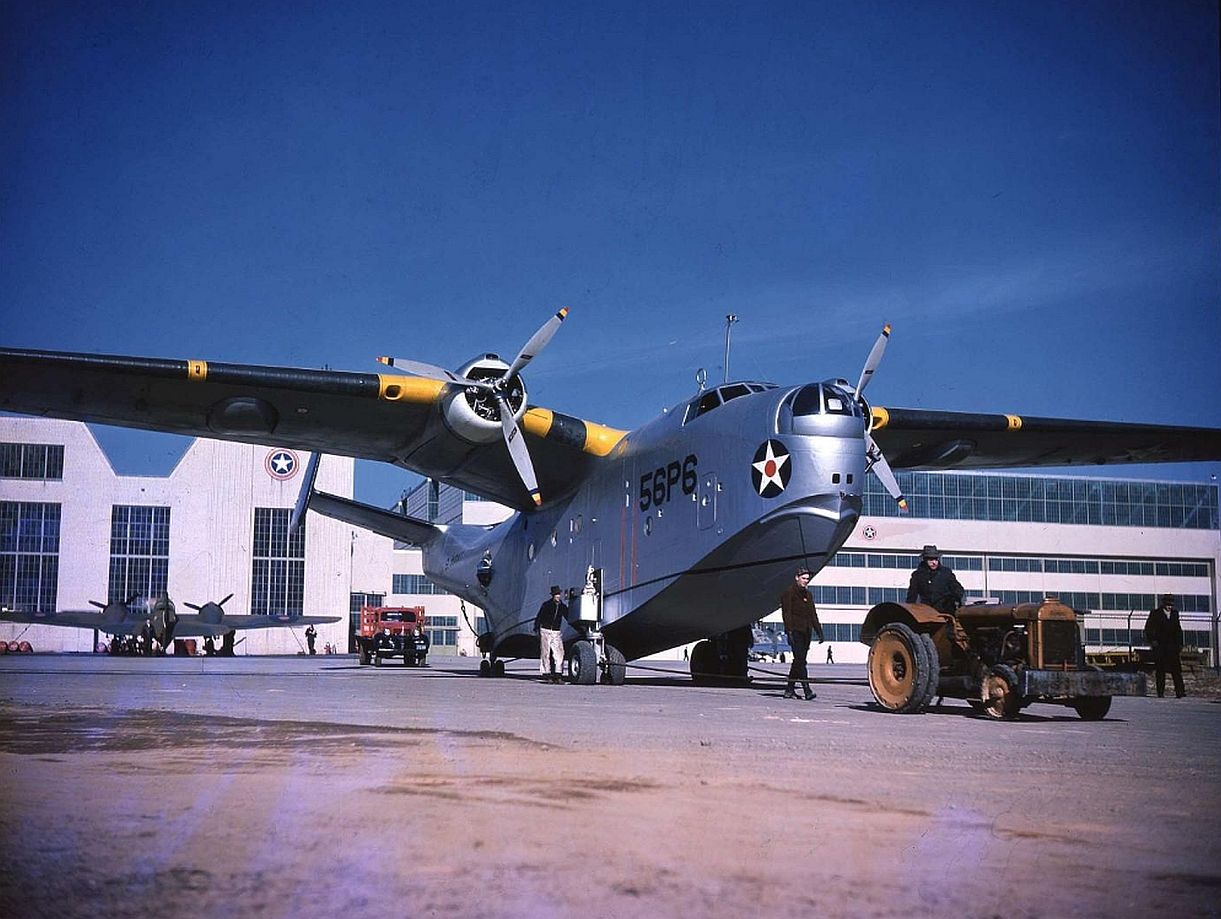

A single PBM-1 was converted as a prototype of a long-range variant of the Mariner, designated the "XPBM-2". This machine featured additional fuel tanks that raised fuel capacity by over 75%, giving a range of 6,400 kilometers (4,000 miles). It was to be launched by a special catapult on a barge, with the Mariner's airframe reinforced to tolerate launch stresses. The catapult launch was successfully tested in 1942, but the idea was not followed up. The XPBM-2 remained in service as a test machine until 1944.
PBM-3 MARINER SERIES
The Navy was happy enough with their PBM-1s to order 379 improved "Model 162Bs" or "PBM-3s" in the fall of 1940, with the ultimate quantity being about twice that number. The government helped finance construction of a new Martin plant at Middle River, Maryland, to build the machines.
The initial PBM-3 was similar to the PBM-1 in most respects, differing mainly in fit of uprated Wright R-2600-12 Cyclones with 1,270 kW (1,700 HP) each; larger and fixed wing floats; and revised engine nacelles that featured much bigger bombbays.
Other changes included new powered nose and dorsal turrets, both with a single 12.7 millimeter Browning machine gun; a proper powered tail turret, also with a single 12.7 millimeter Browning; and revised beam gun positions, eliminating the circular gun positions on each side of the PBM-1 in favor of a hatch with a flexible mount for a 12.7 millimeter Browning. Difficulties with the tail arrangement had persisted with the PBM-1, and so the PBM-3 featured small airfoils attached above and below the tailplane next to tailfins.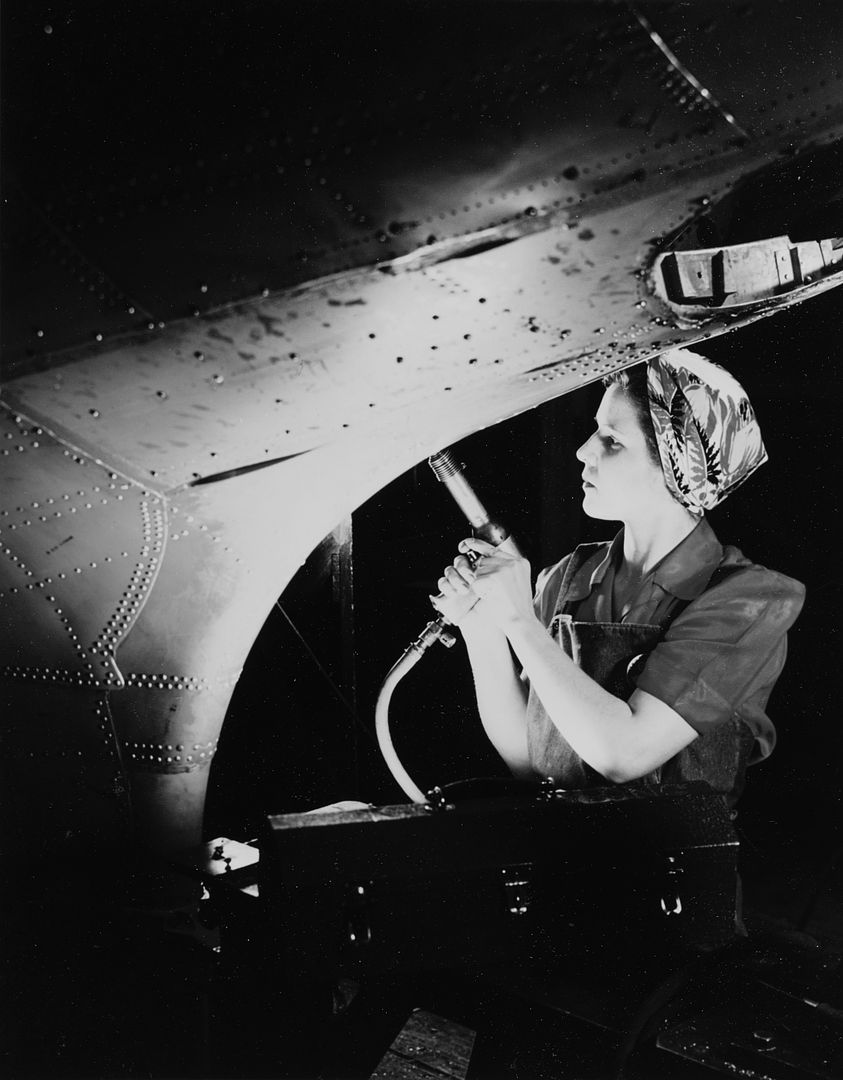
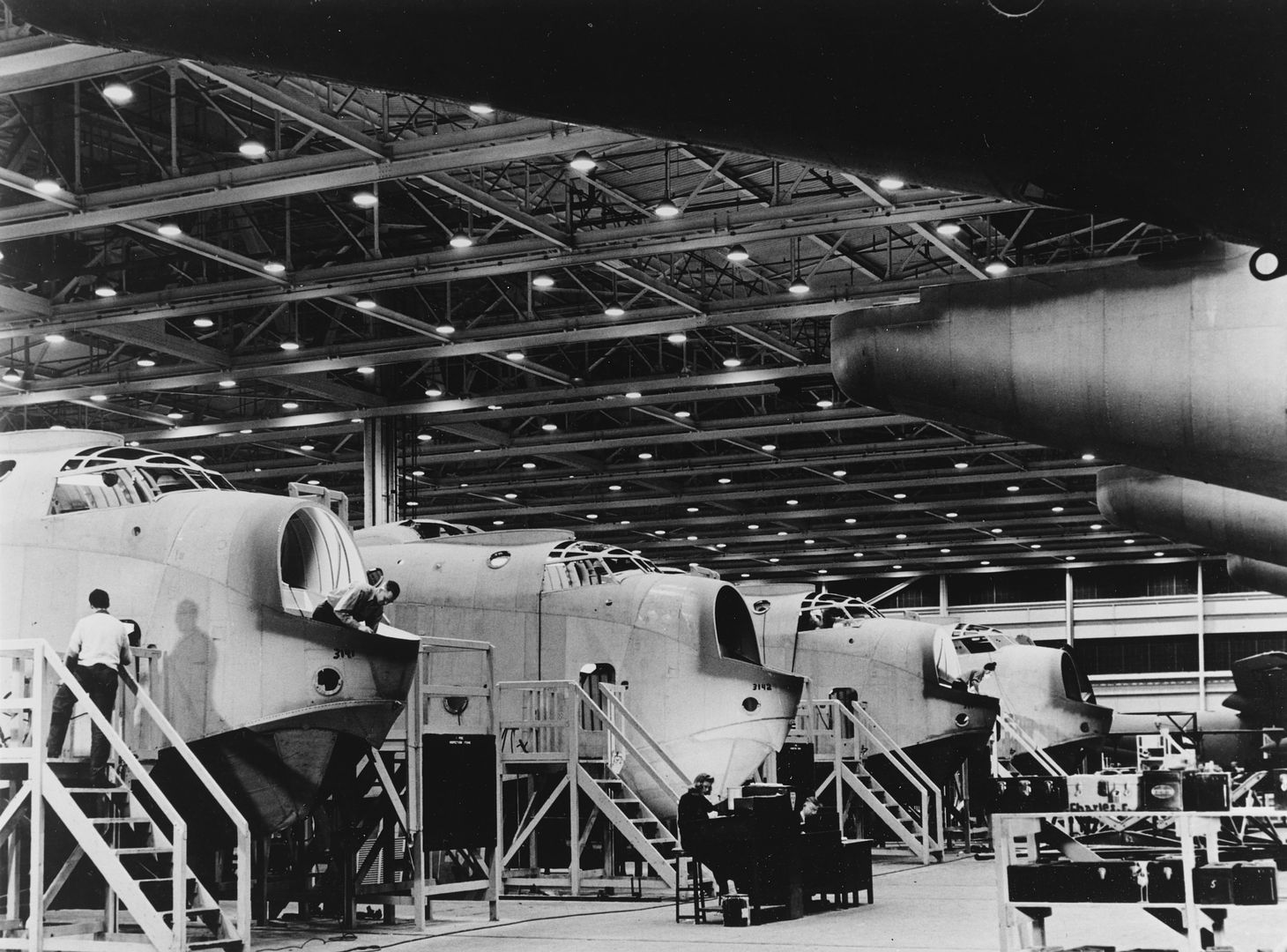
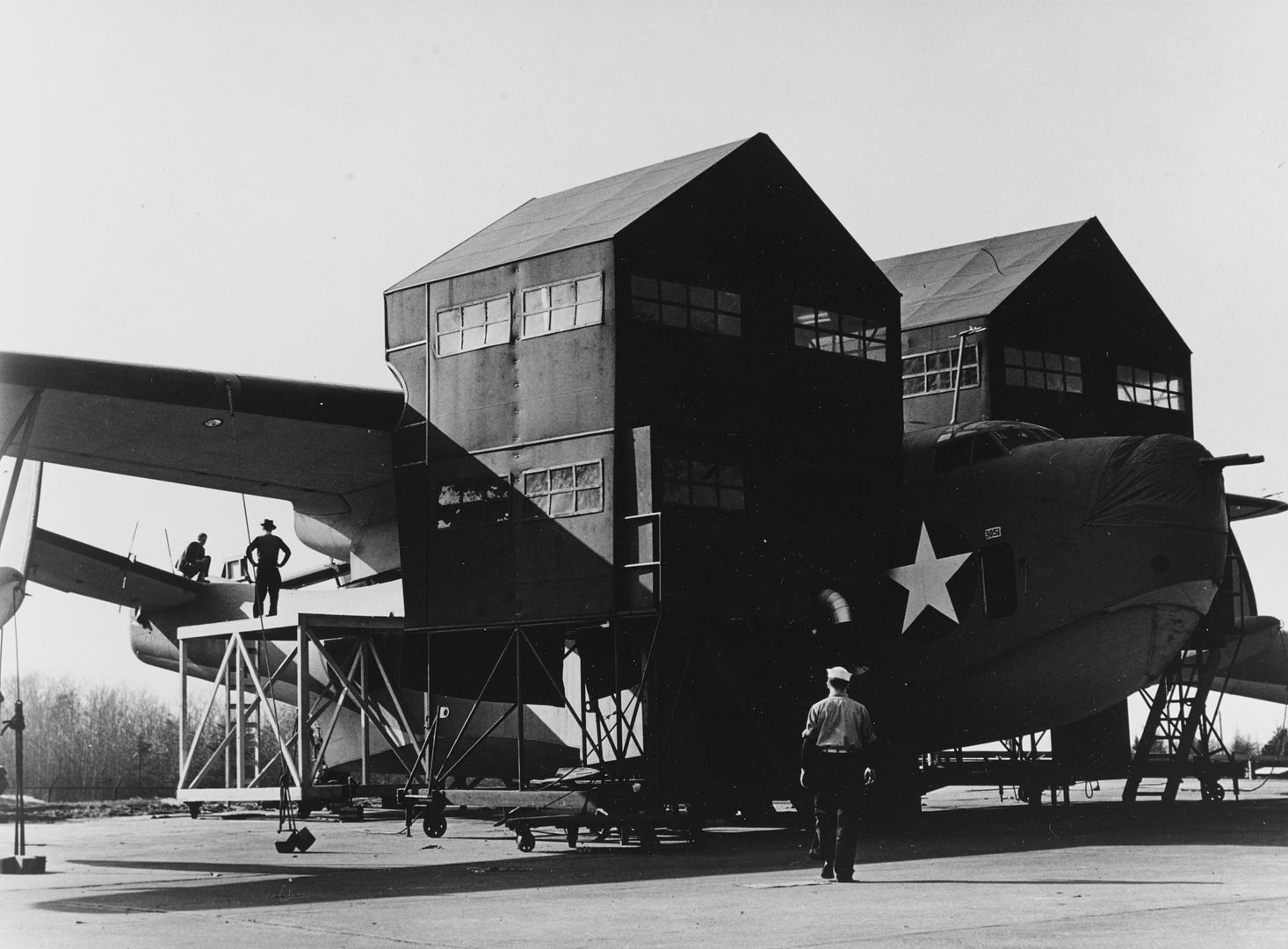
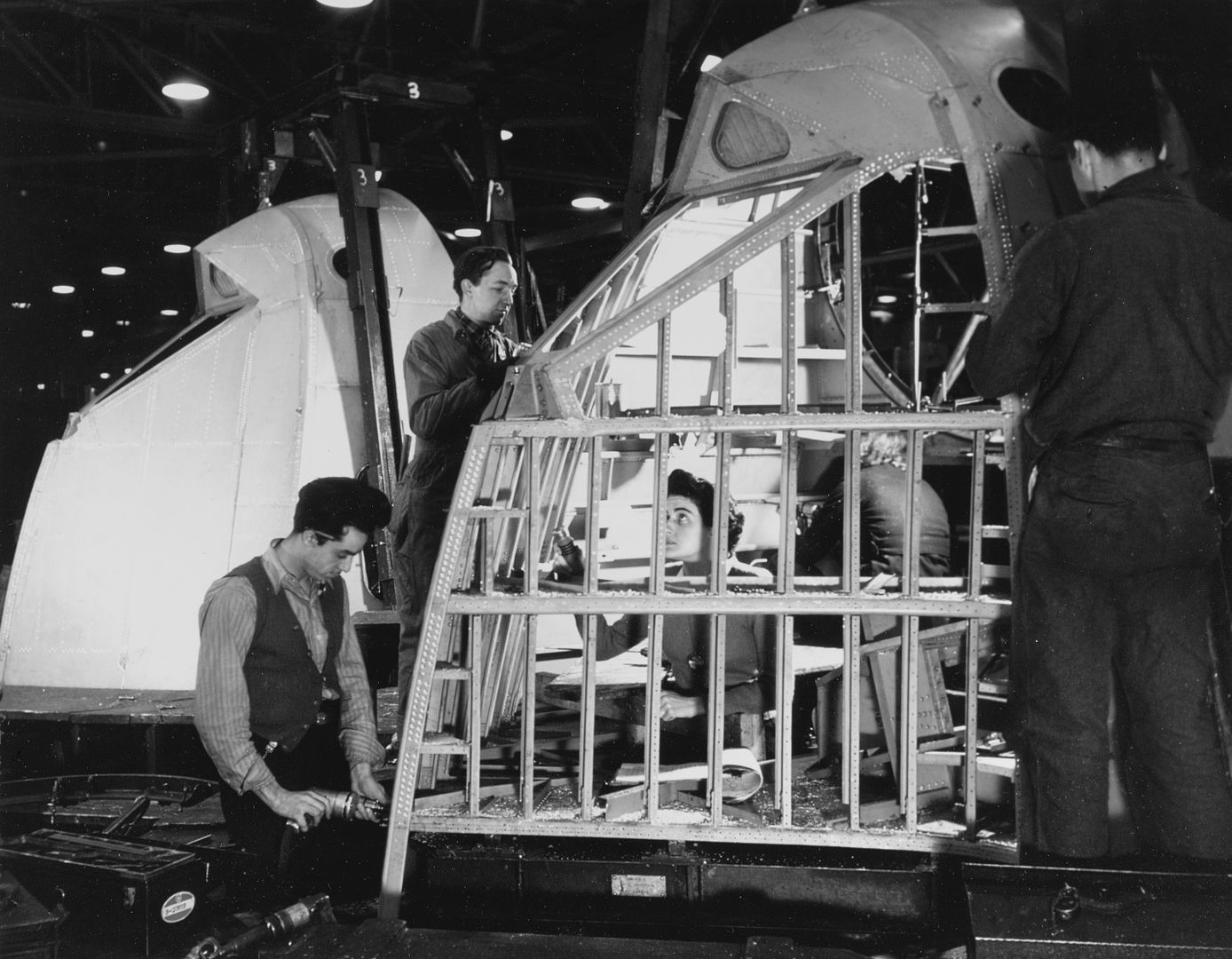
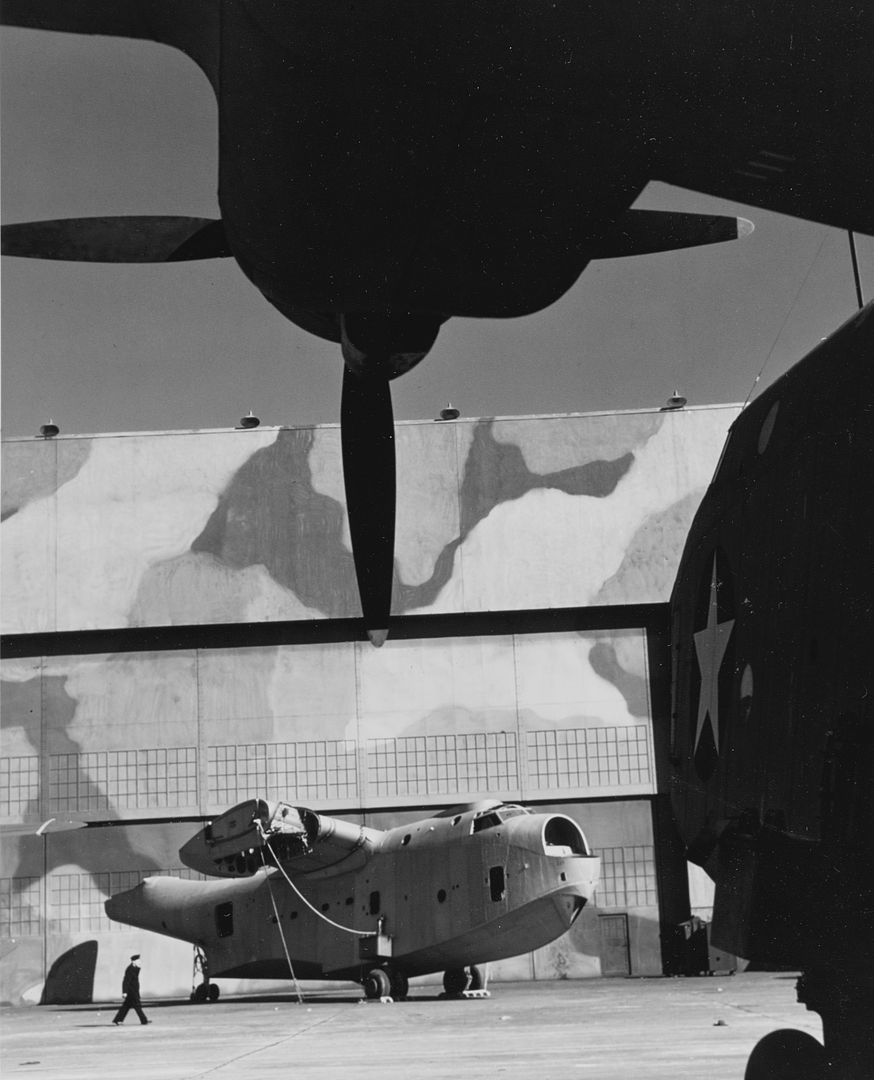
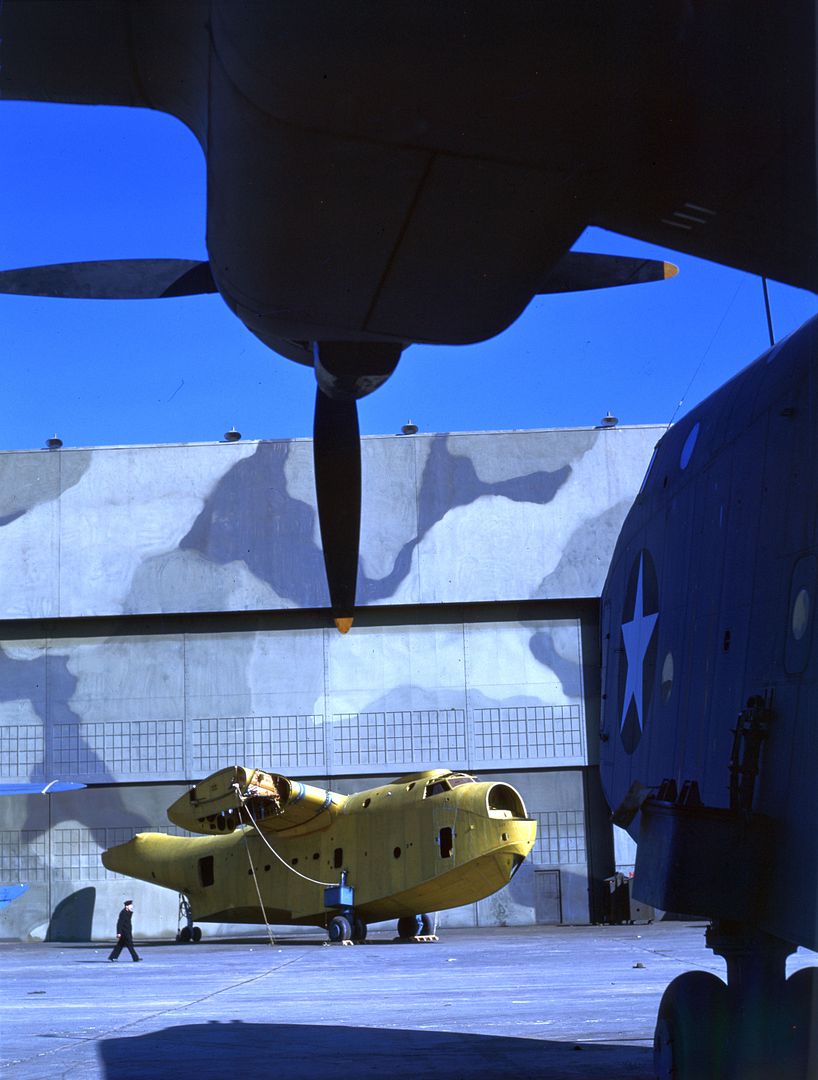
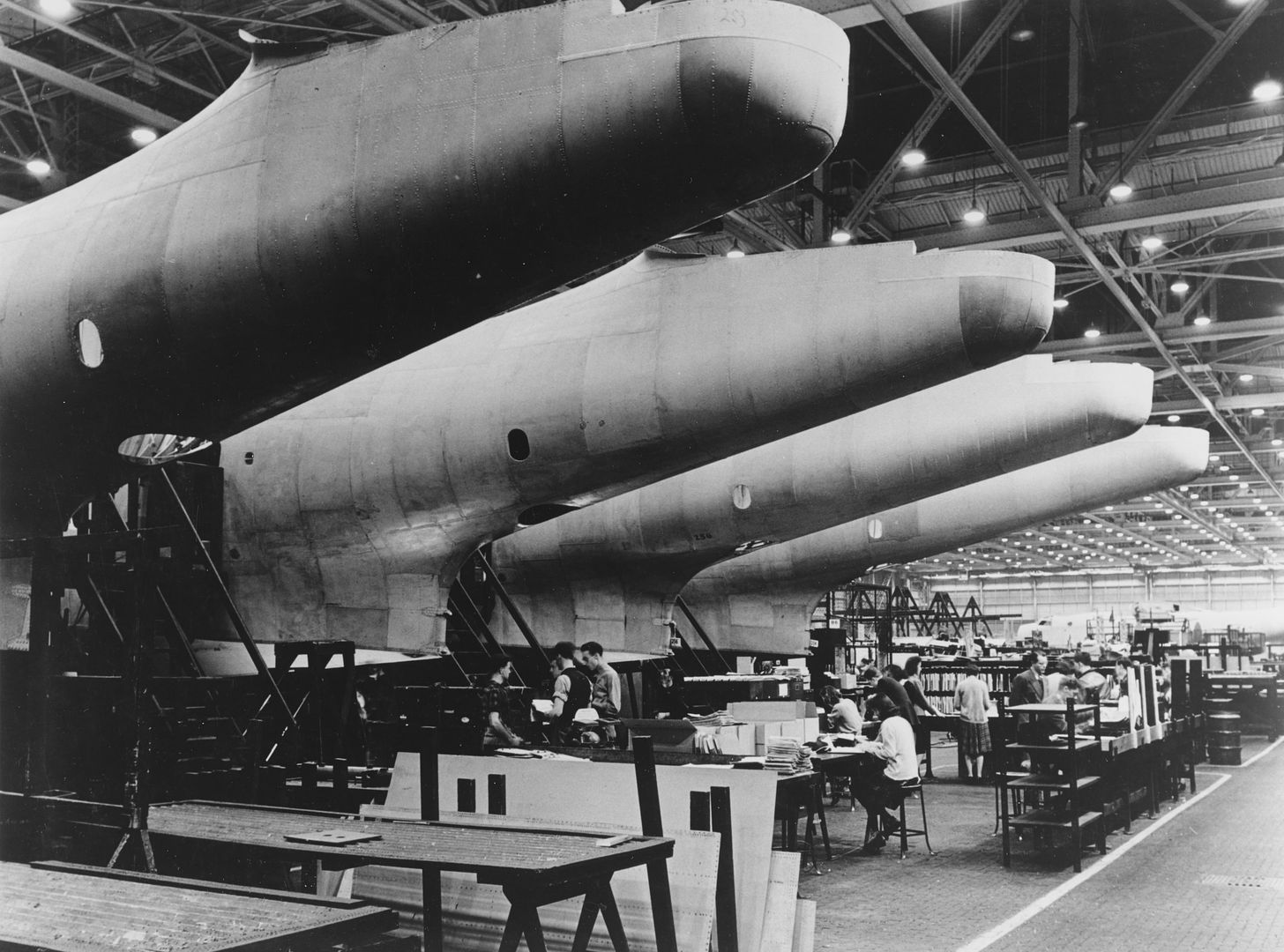
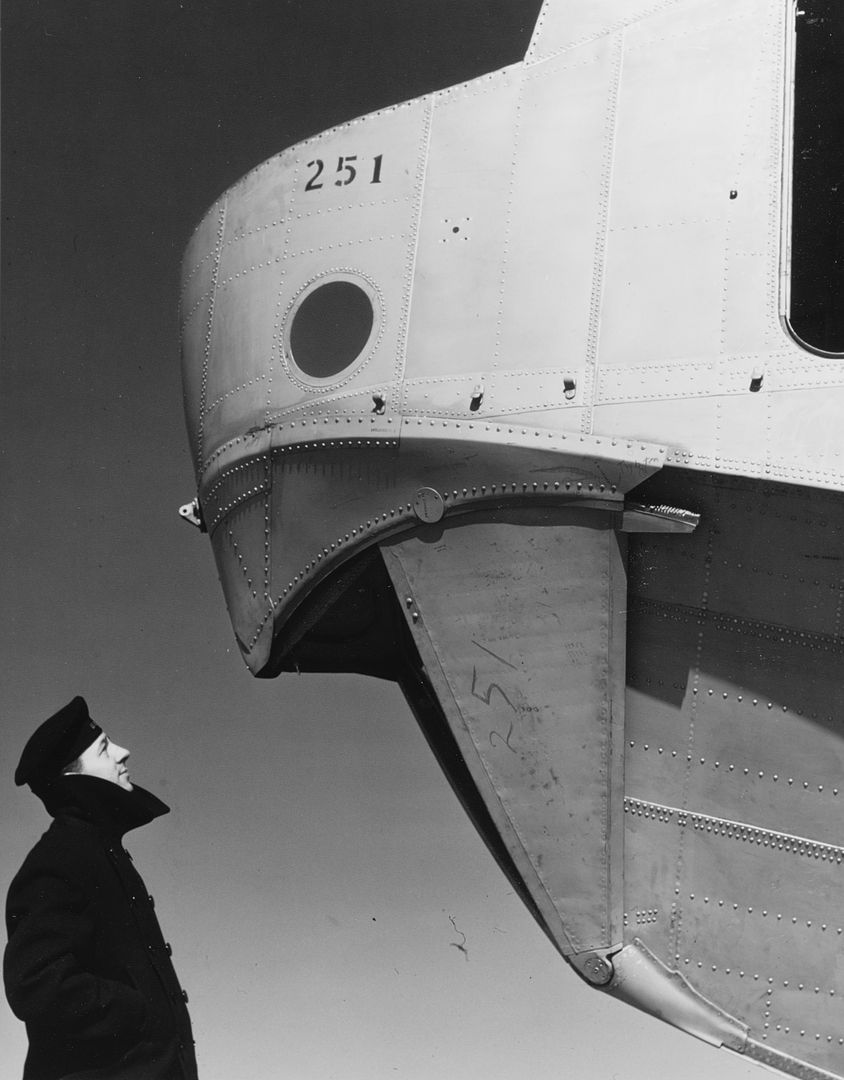



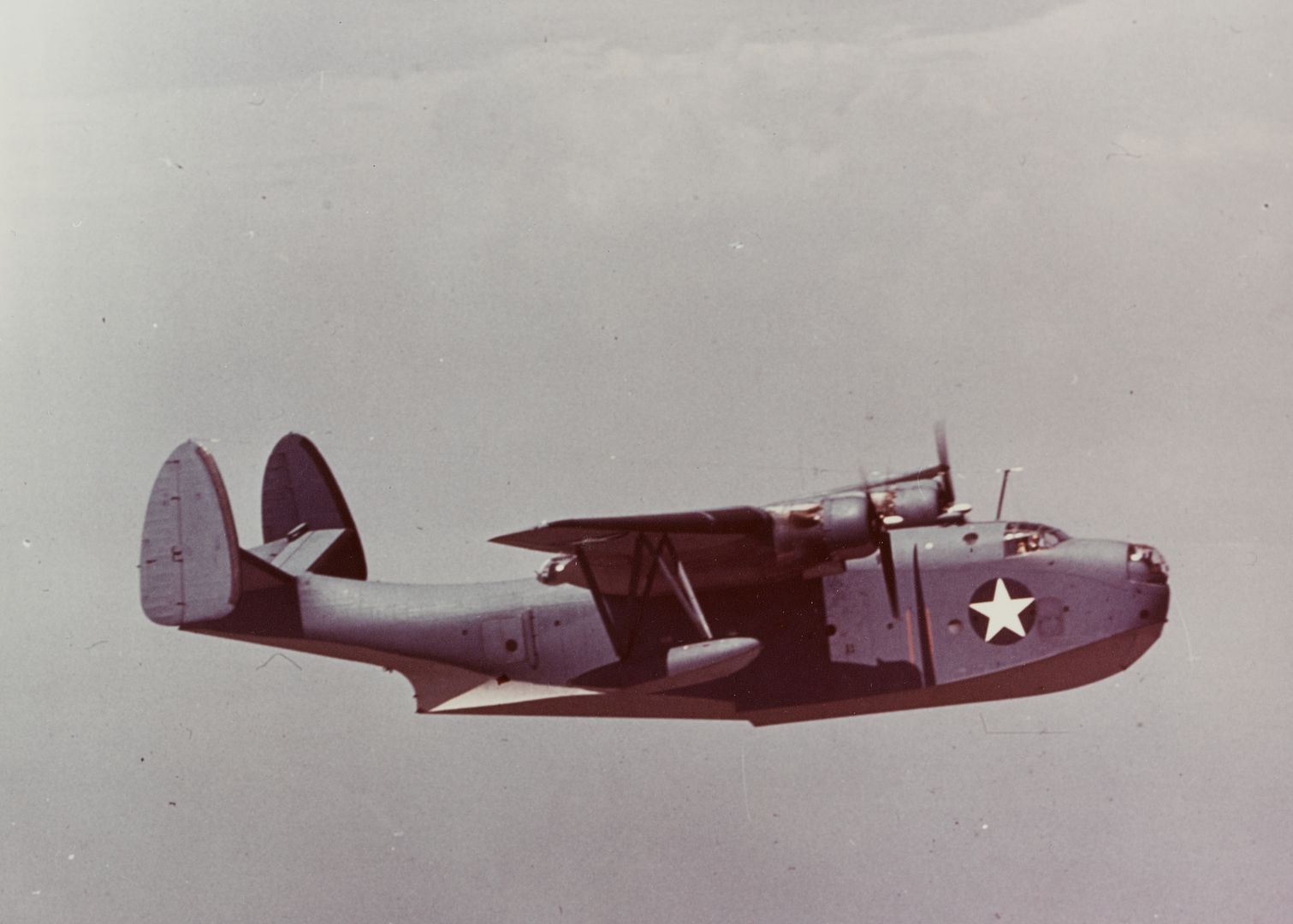
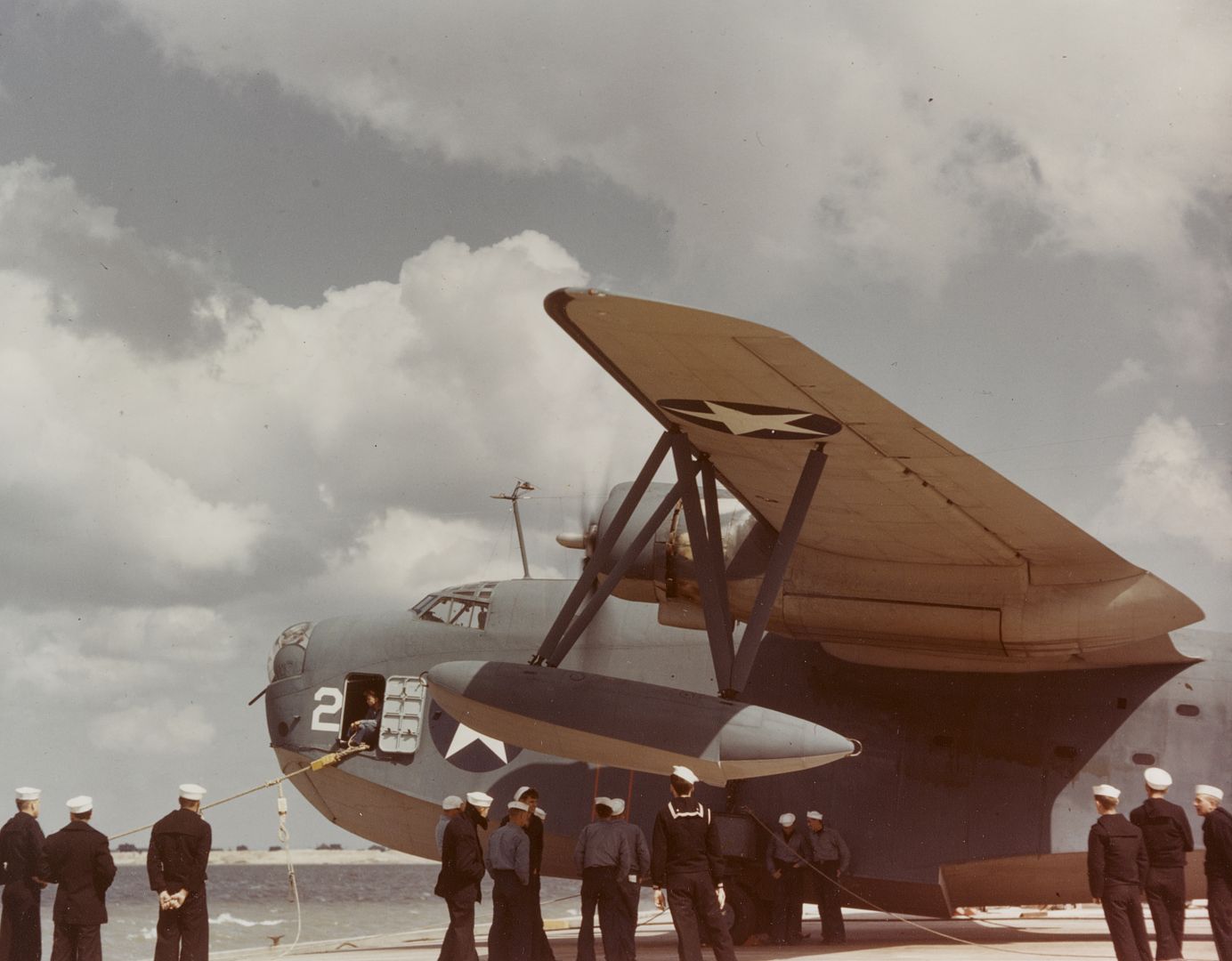
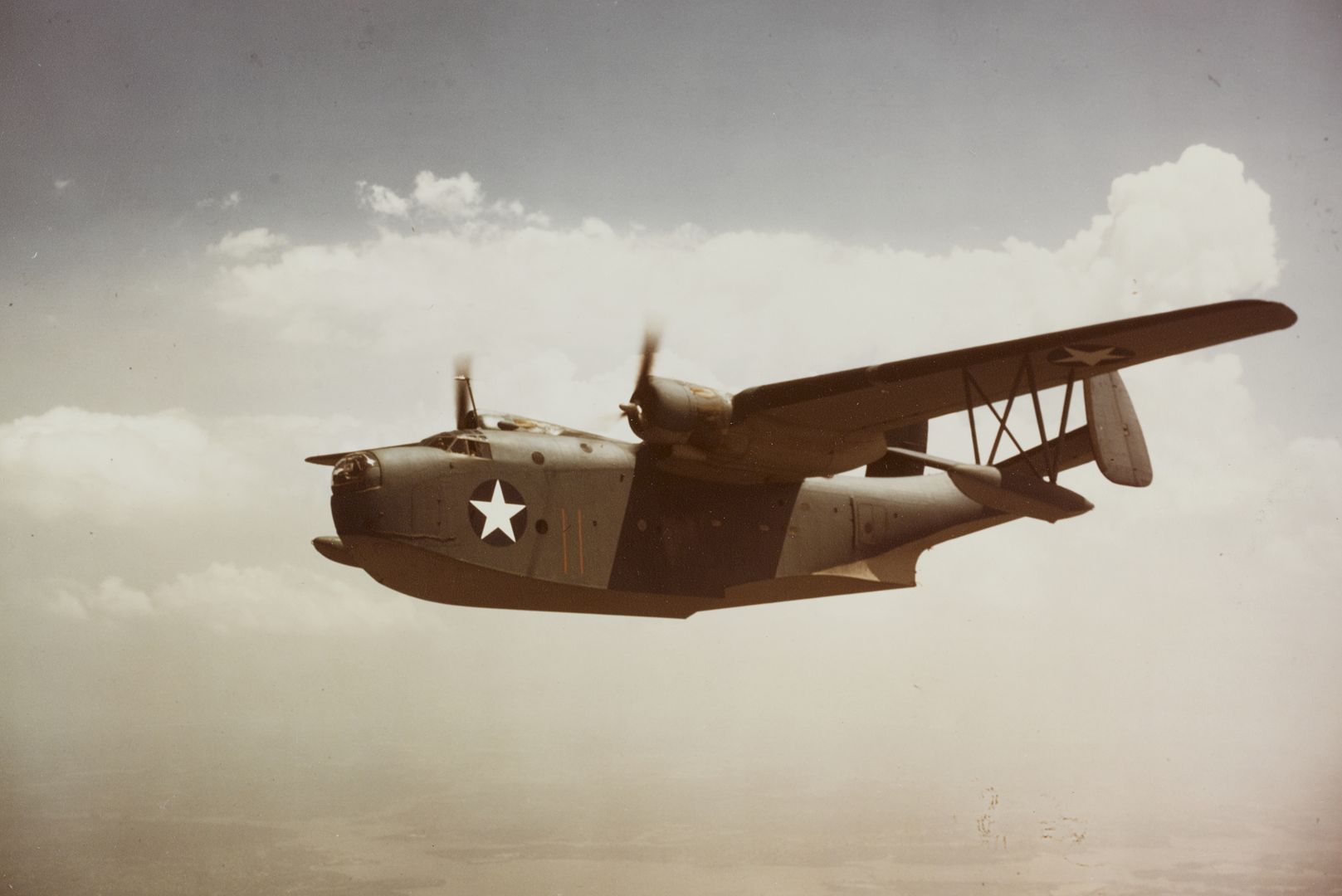
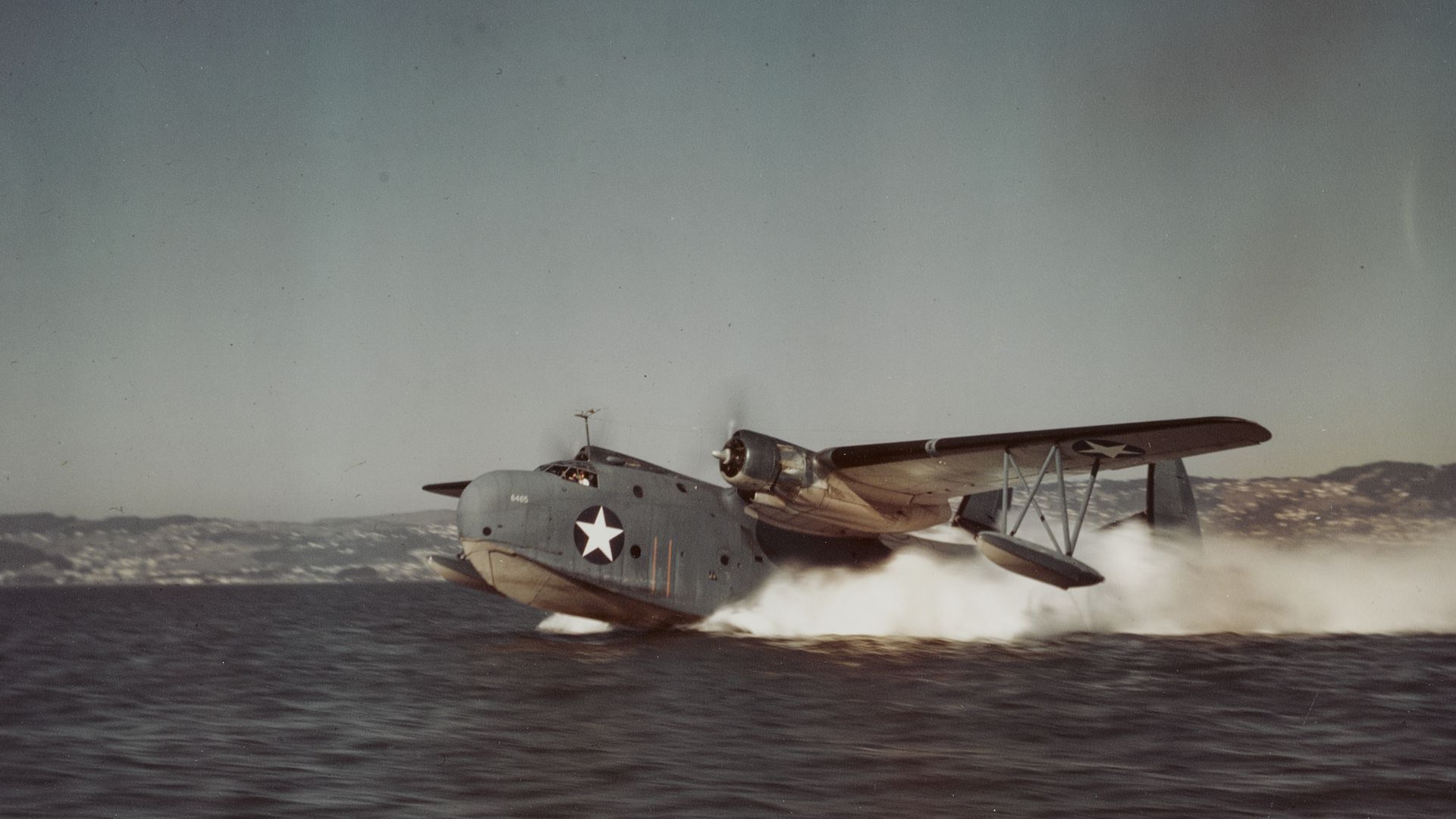
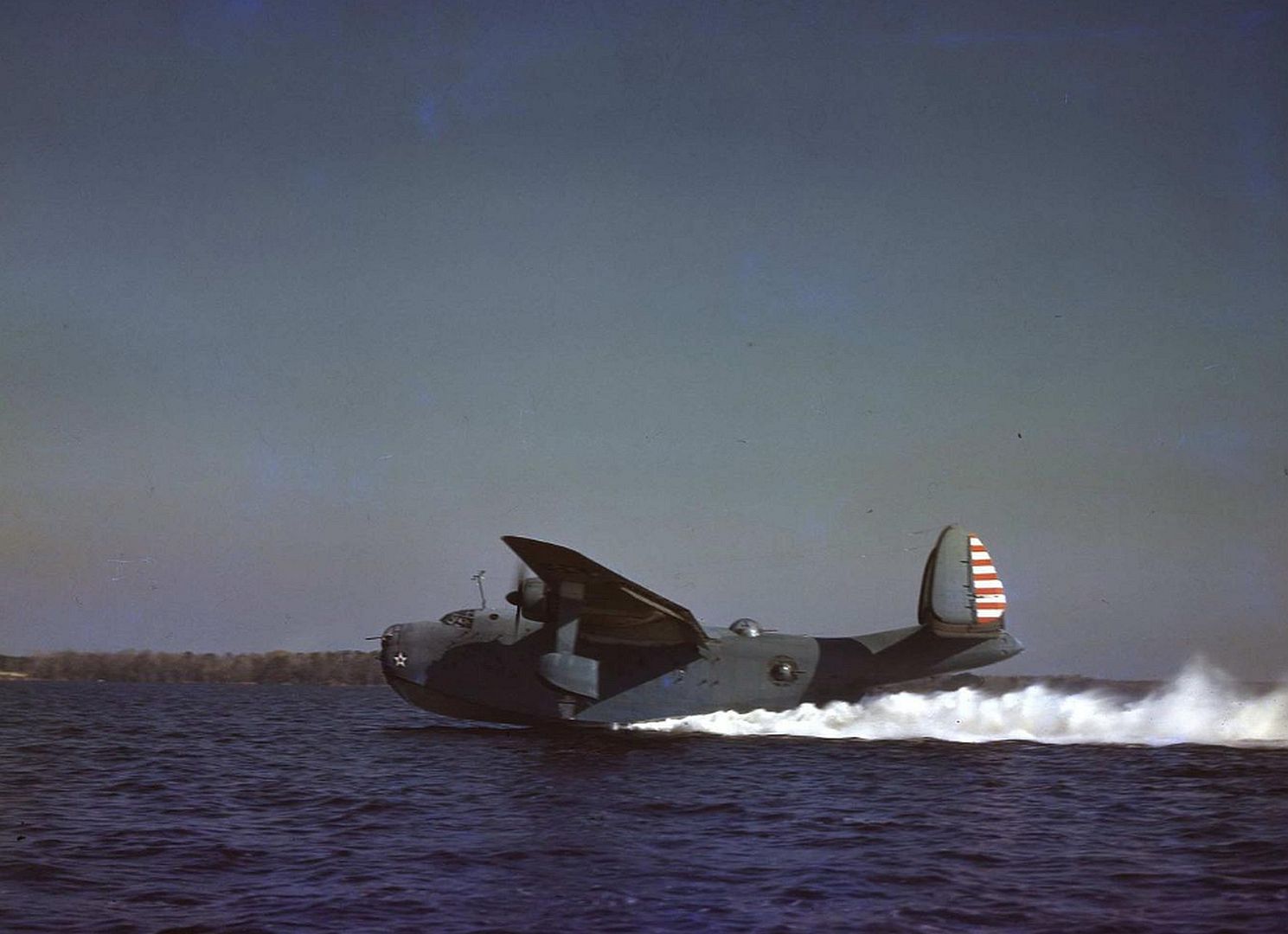
Although the first PBM-3s rolled out by Martin retained the three-bladed propeller, production quickly moved to a four-bladed propeller, which became standard. Some PBM-3s were also fitted with engine cooling fans.
* Only 32 PBM-3s as such were built, and they never saw formal service in their original configuration. 31 of them were converted to a transport configuration, the "PBM-3R", and 18 new-build PBM-3Rs were constructed as well. These machines had armor and armament removed, with the turrets faired over; a reinforced floor, cargo doors, and a hoist; and removeable seating for 20 passengers, though it was nothing unusual for them to carry 33 or more.
Deliveries began in the fall of 1942. Most PBM-3Rs served with the Naval Air Transport Service (NATS), where they were often flown by commercial pilots in Navy uniform. 12 were provided to the Royal Australian Air Force (RAAF) in 1943 and 1944.
* Another PBM-3 was modified as the "XPBM-3E" to test fit a new microwave AN/APS-15 radar in a big radome behind the cockpit. The AN/APS-15 had actually been originally built as a bomber targeting radar, known as "H2X", but when fitted with a different antenna it made a perfectly useful ASV radar.
The XPBM-3E led to the next major production subvariant, the "PBM-3C", with initial rollout in late 1942 and a total of 274 built. It featured greater crew armor protection, twin gun front and dorsal turrets, an improved tail turret that retained a single gun, and the ASV radar, though it appears that not all PBM-3Cs had the radar. Apparently many PBM-3Cs were fitted with an underwing searchlight in the field.
The PBM-3C saw plenty of action in the Caribbean, with the type assisting in 10 U-boat kills during 1942 and 1943. One famous PBM-3C, named the NICKEL BOAT, sank two U-boats, one on 17 May 1943 and the other on 19 July 1943. The twin-gun forward turret turned out to be particularly useful, since for a time U-boats were fitted with additional anti-aircraft guns and ordered to shoot it out with patrol planes. The forward "twin fifties" were an effective reply to this tactic.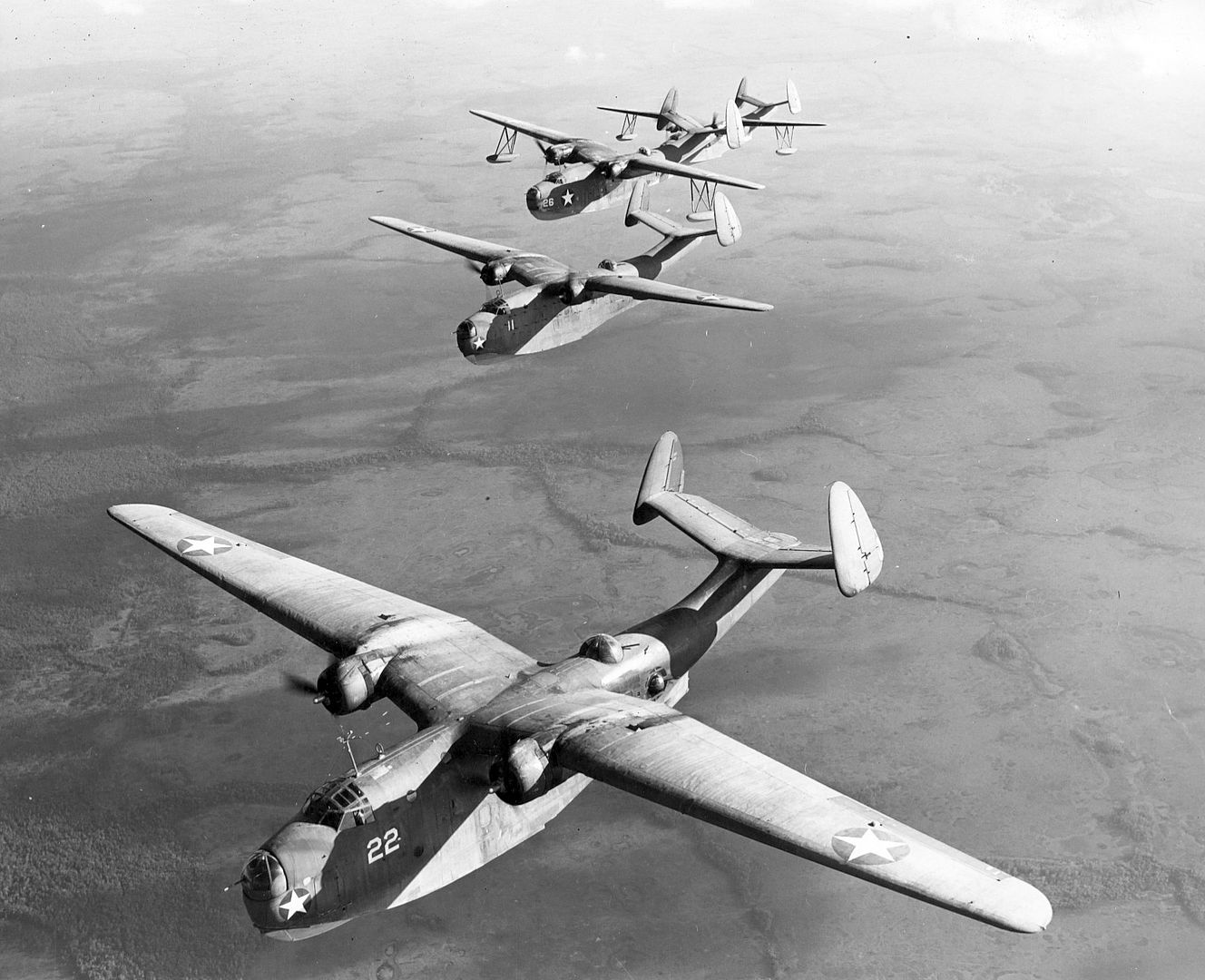

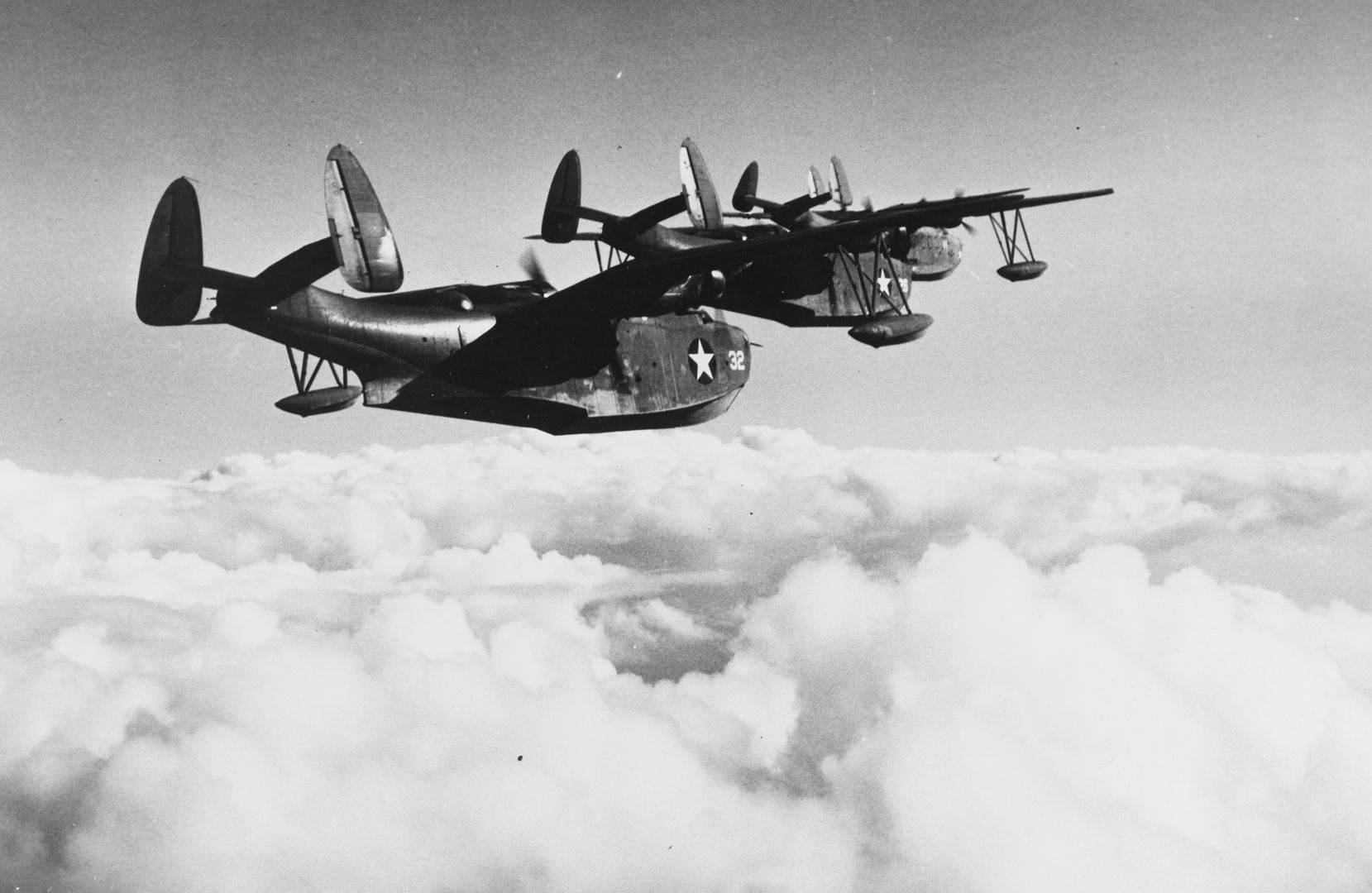
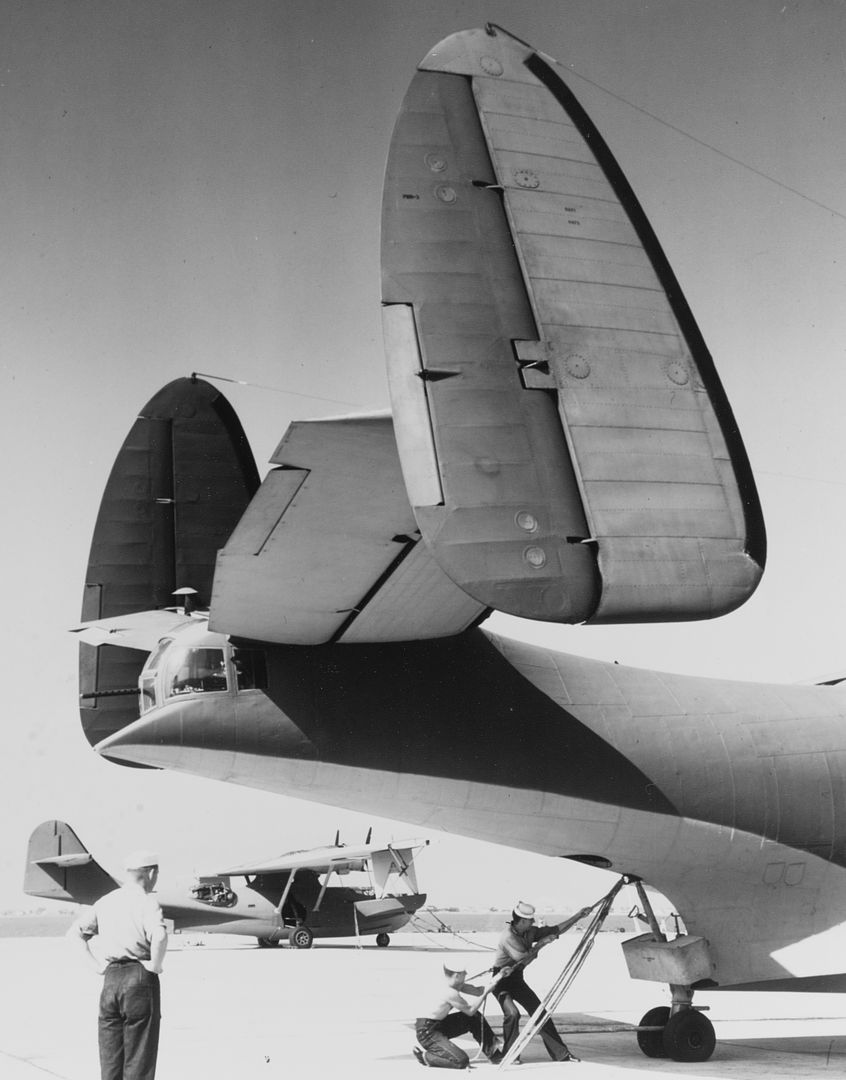

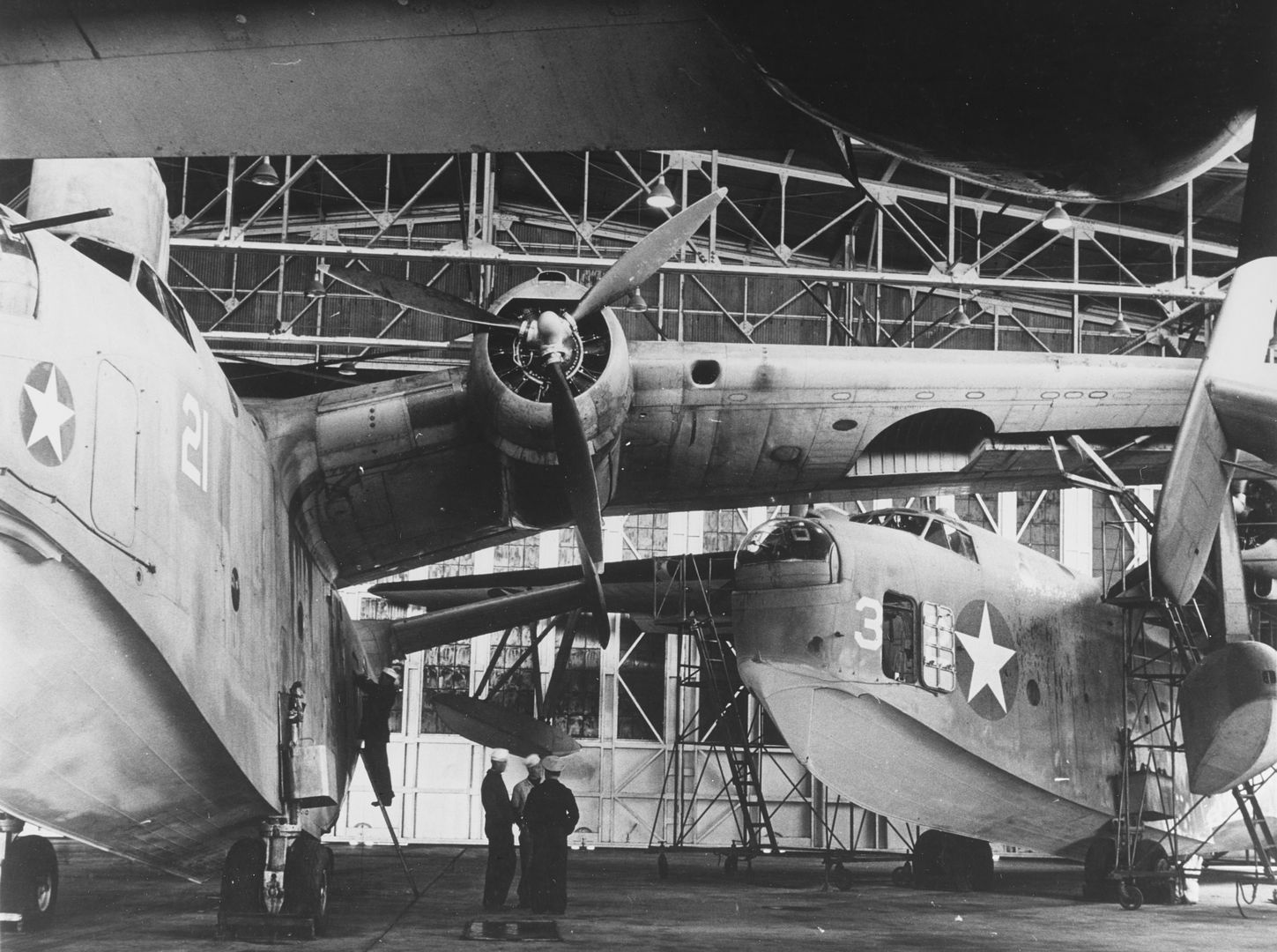
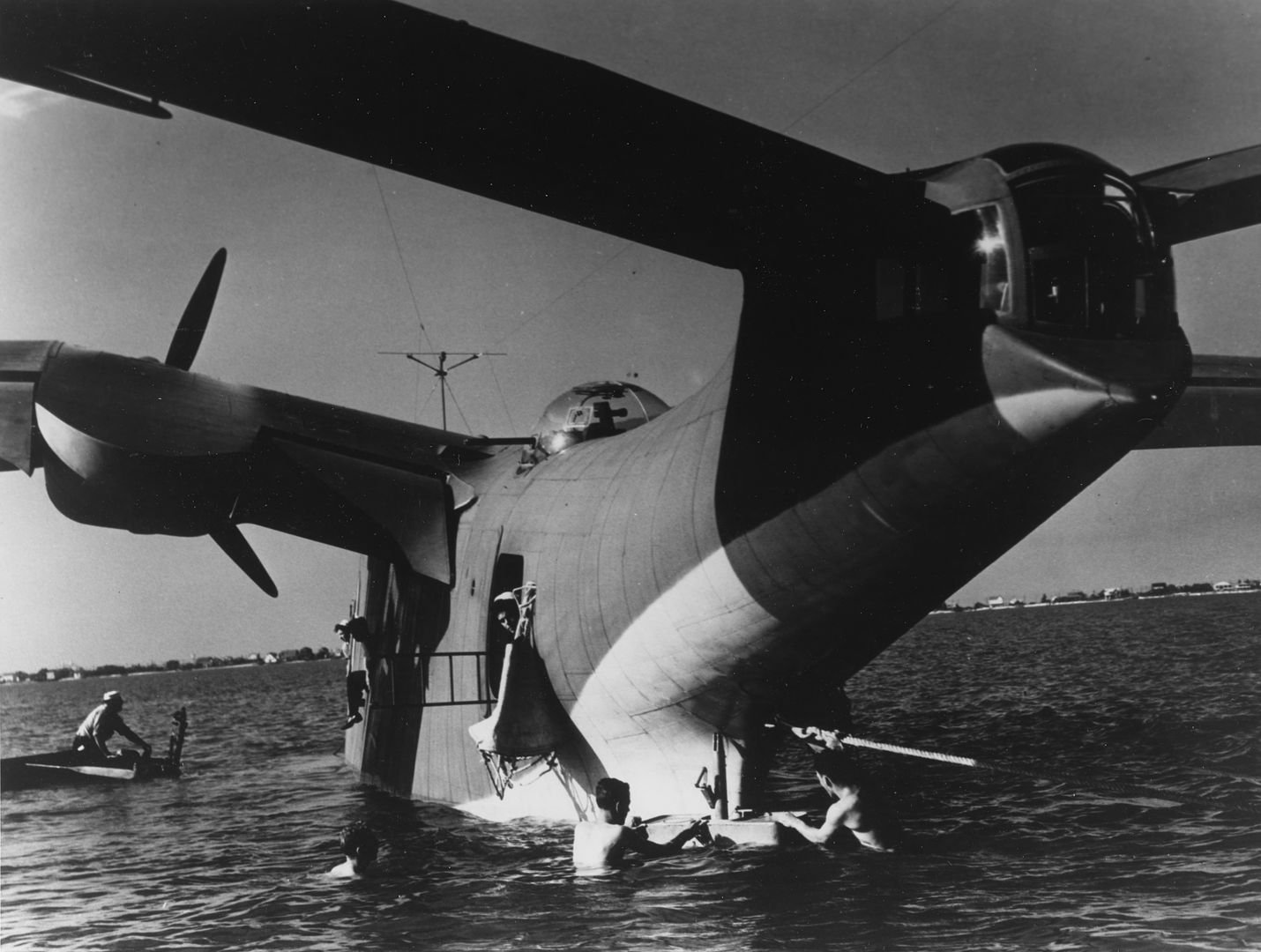


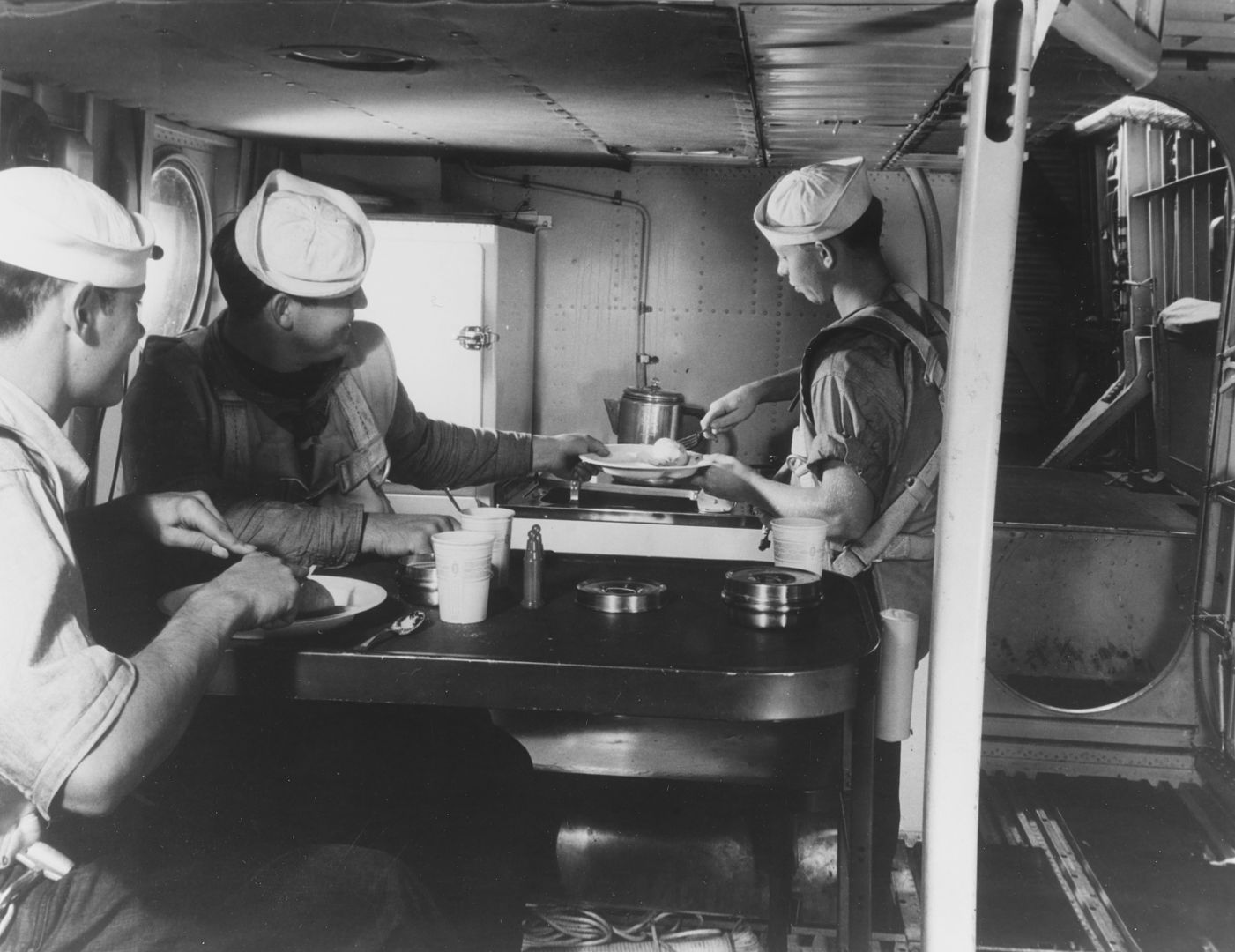
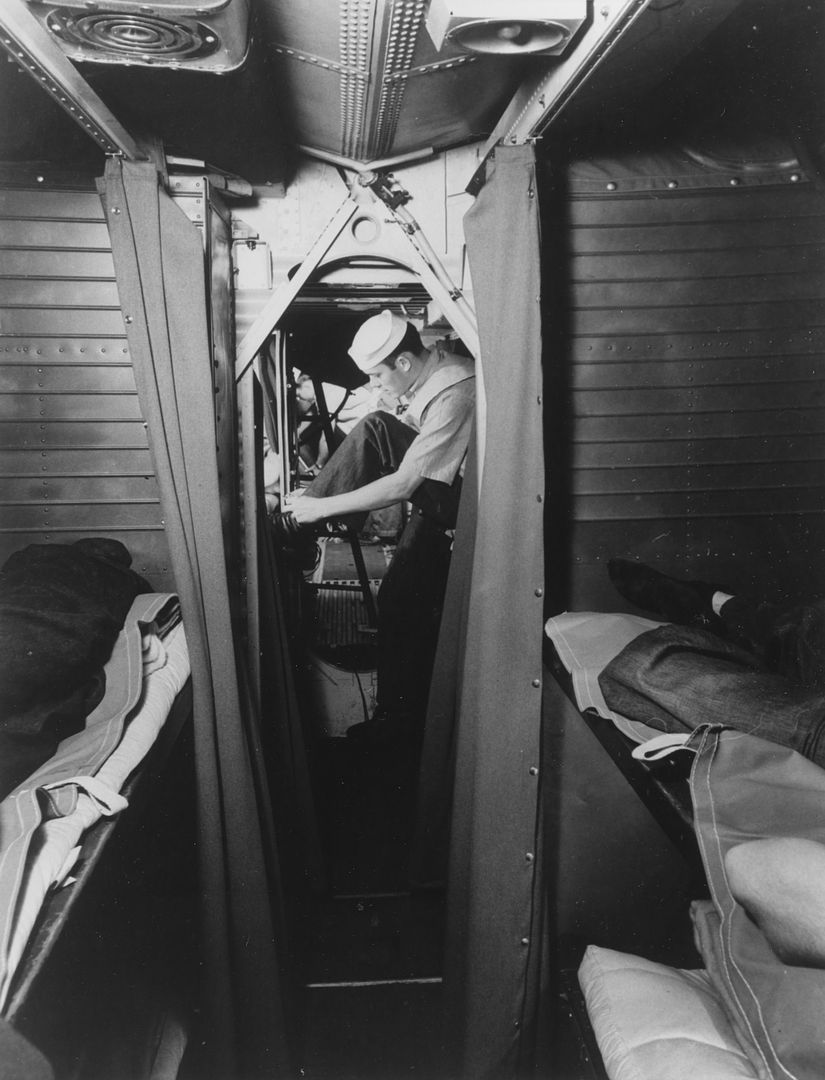
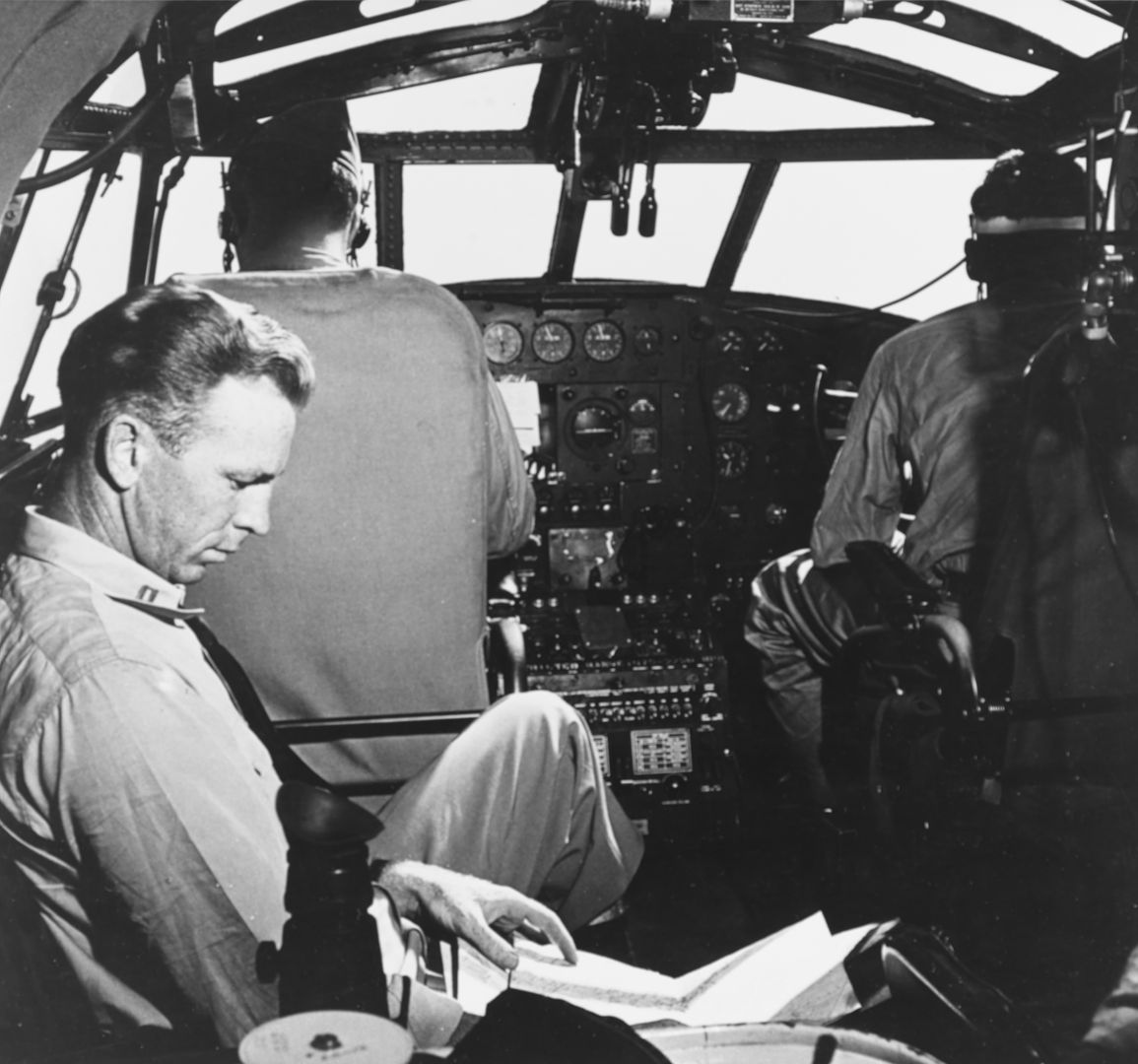
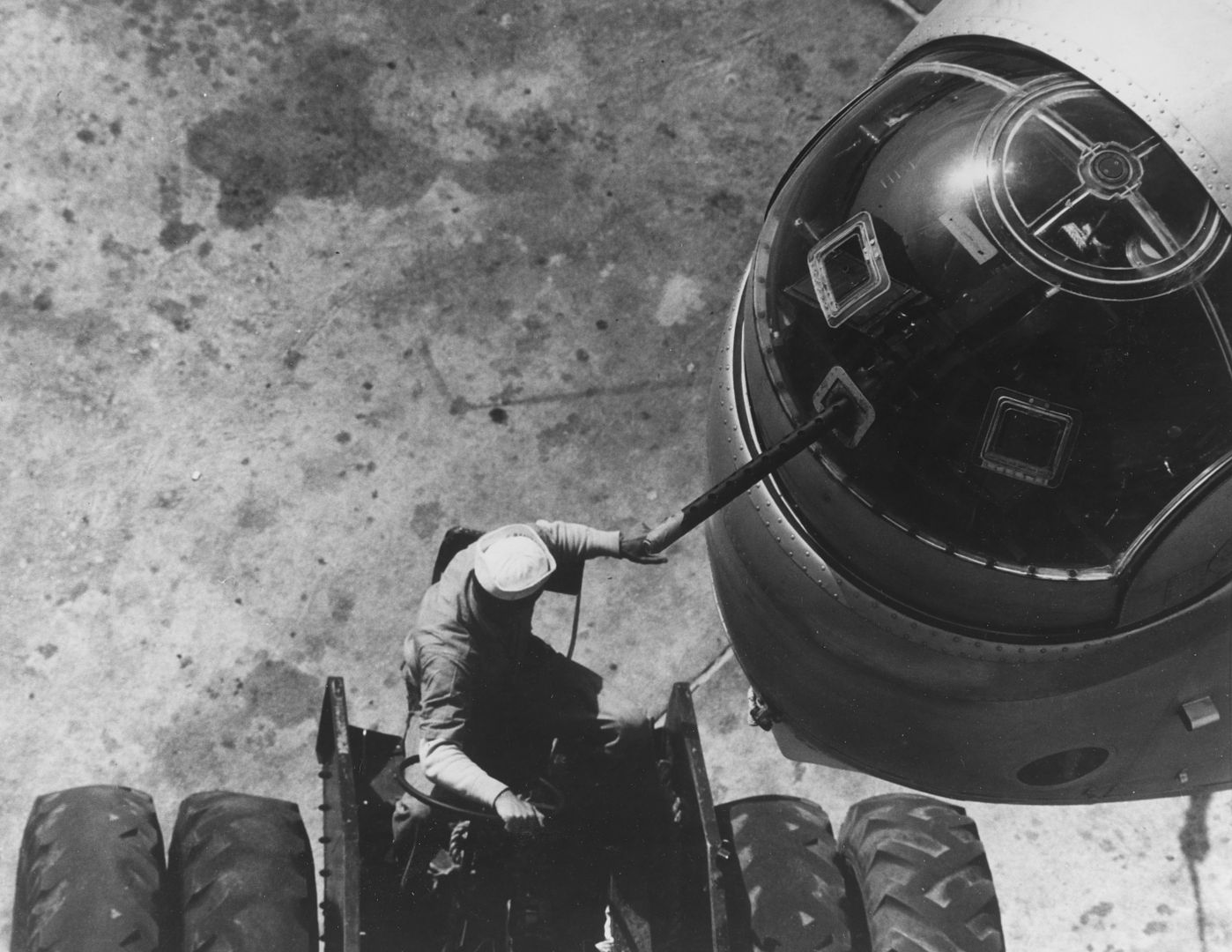
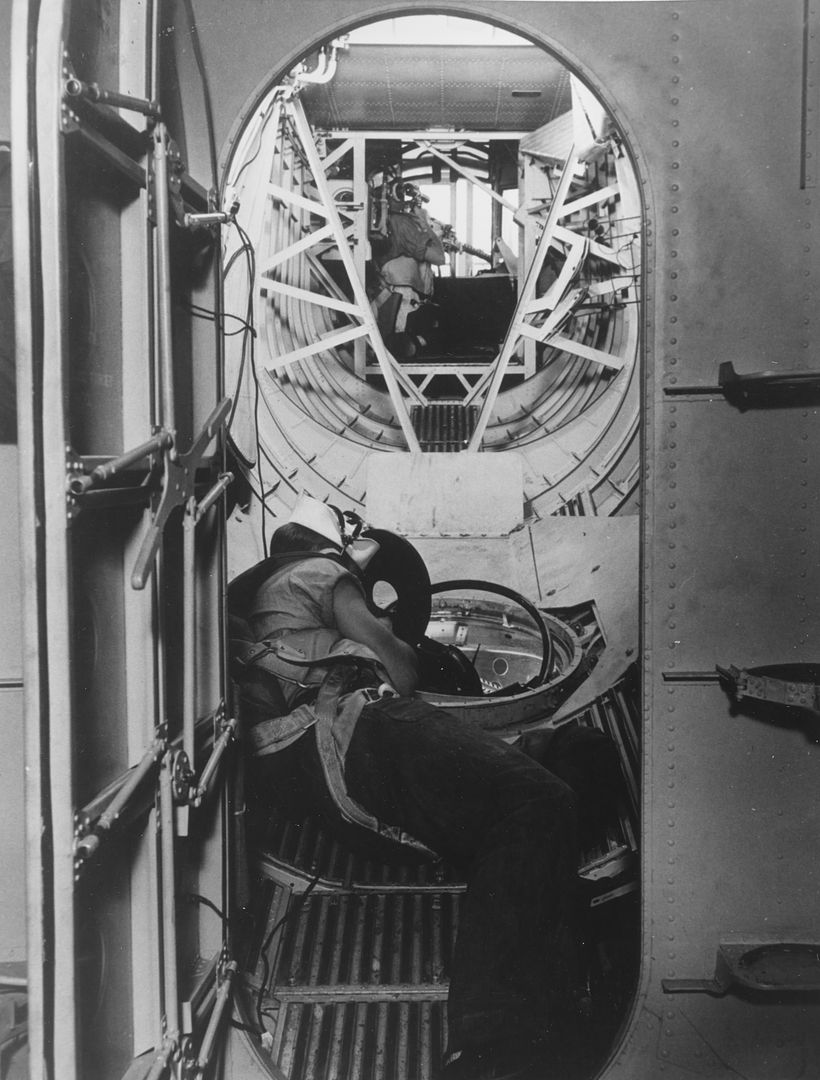
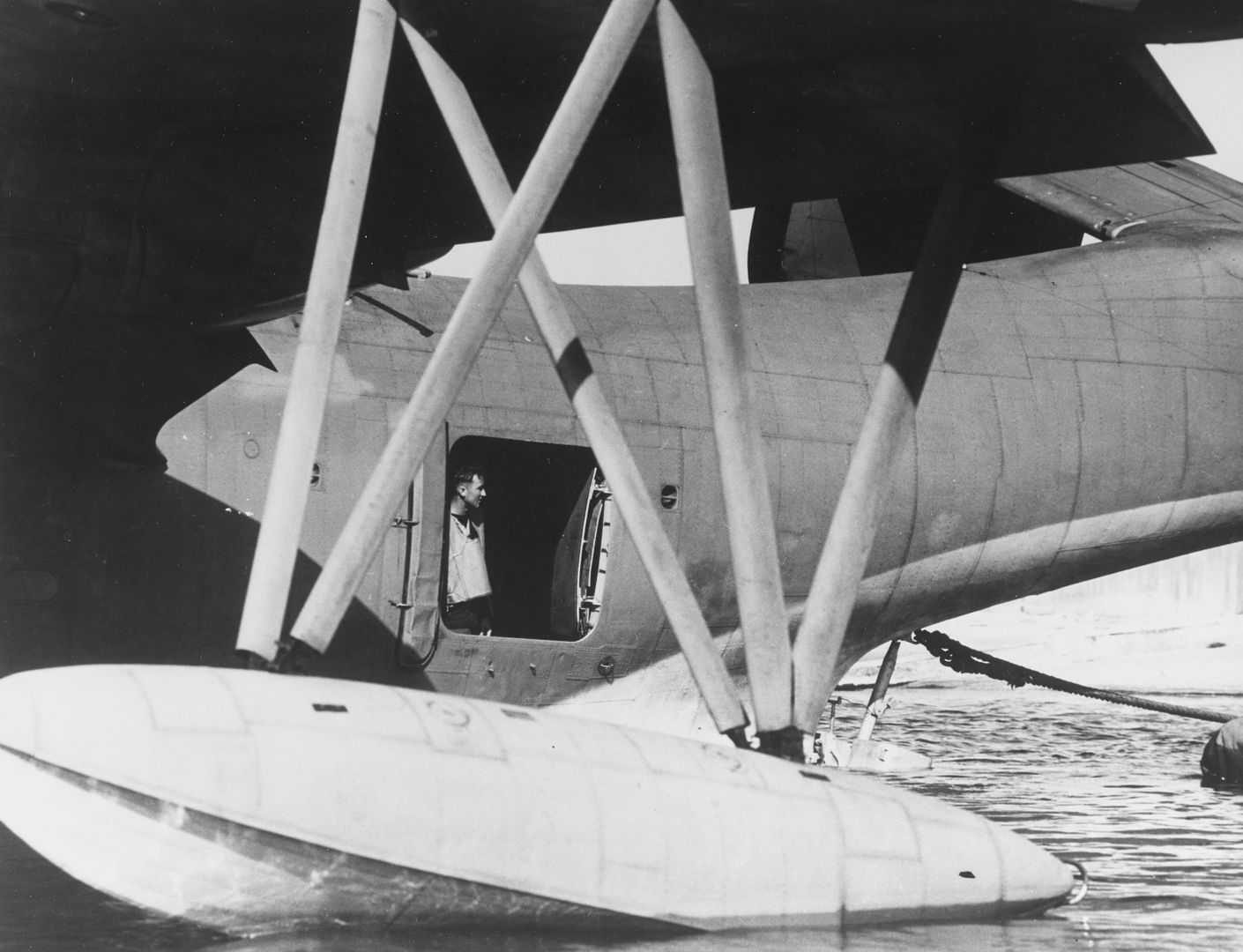
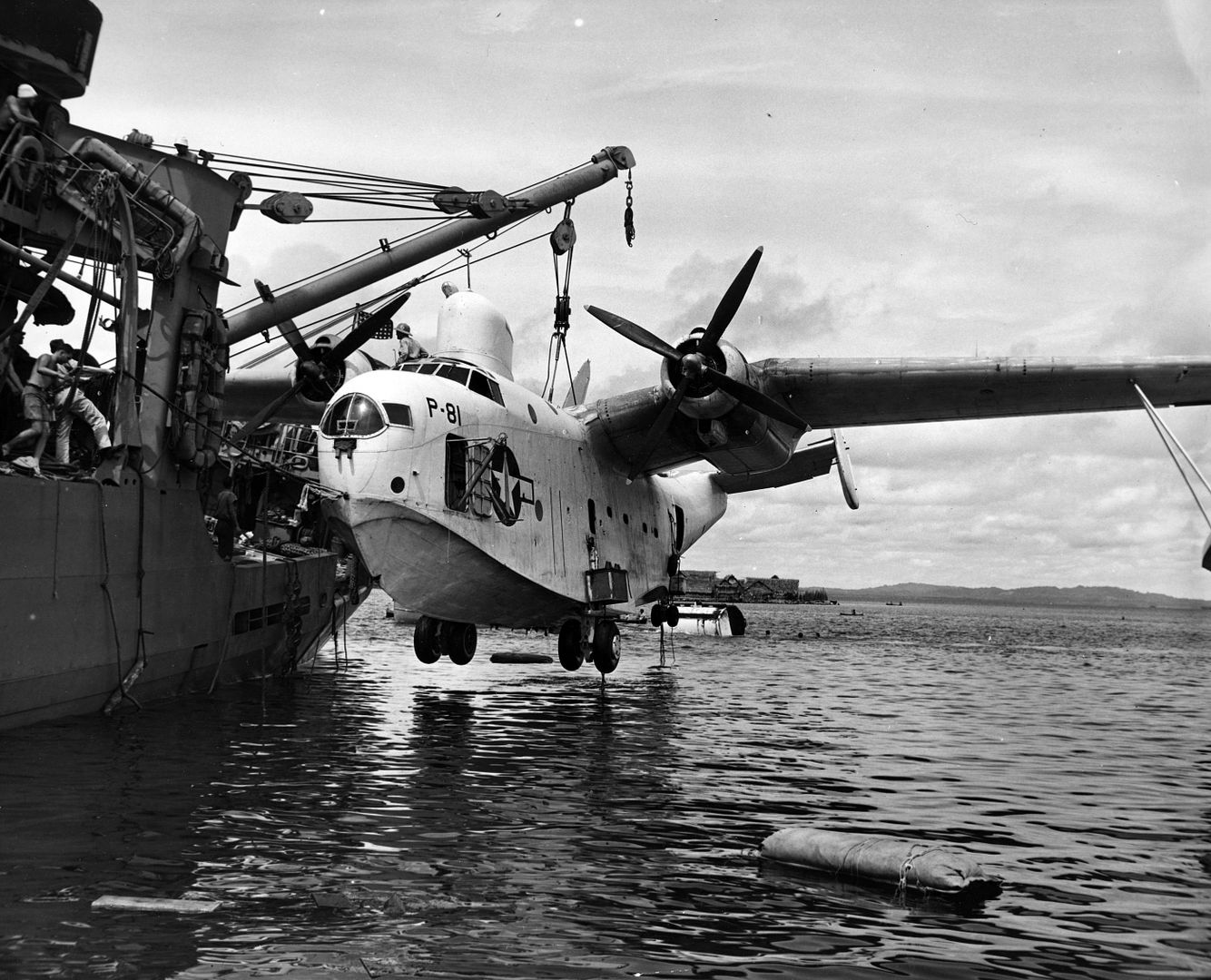
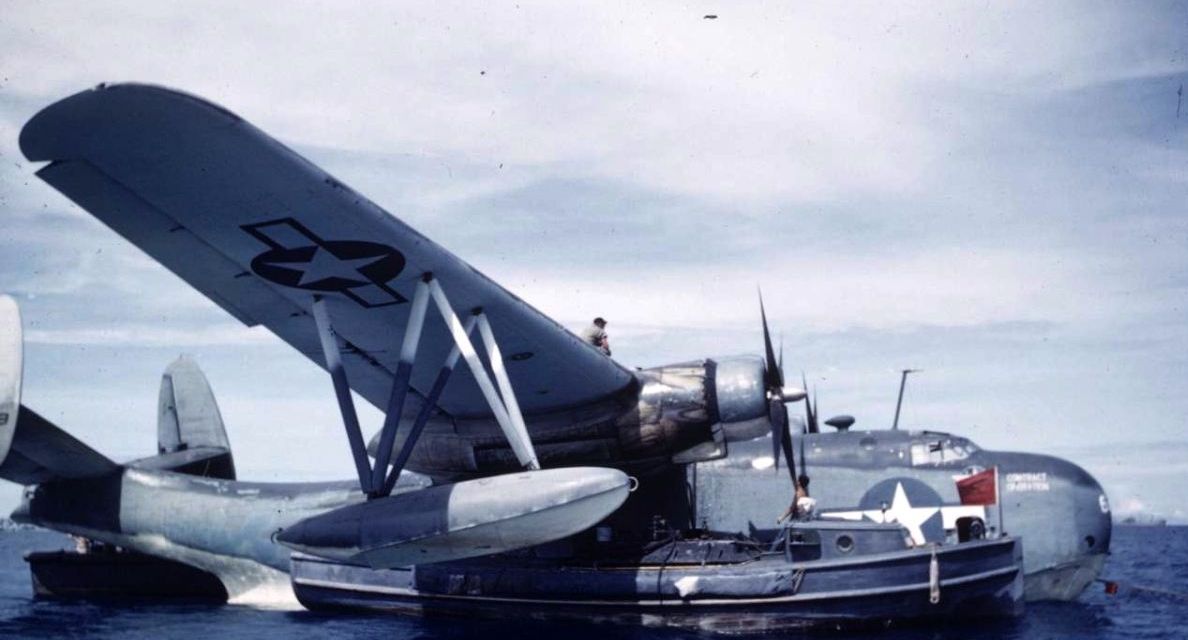

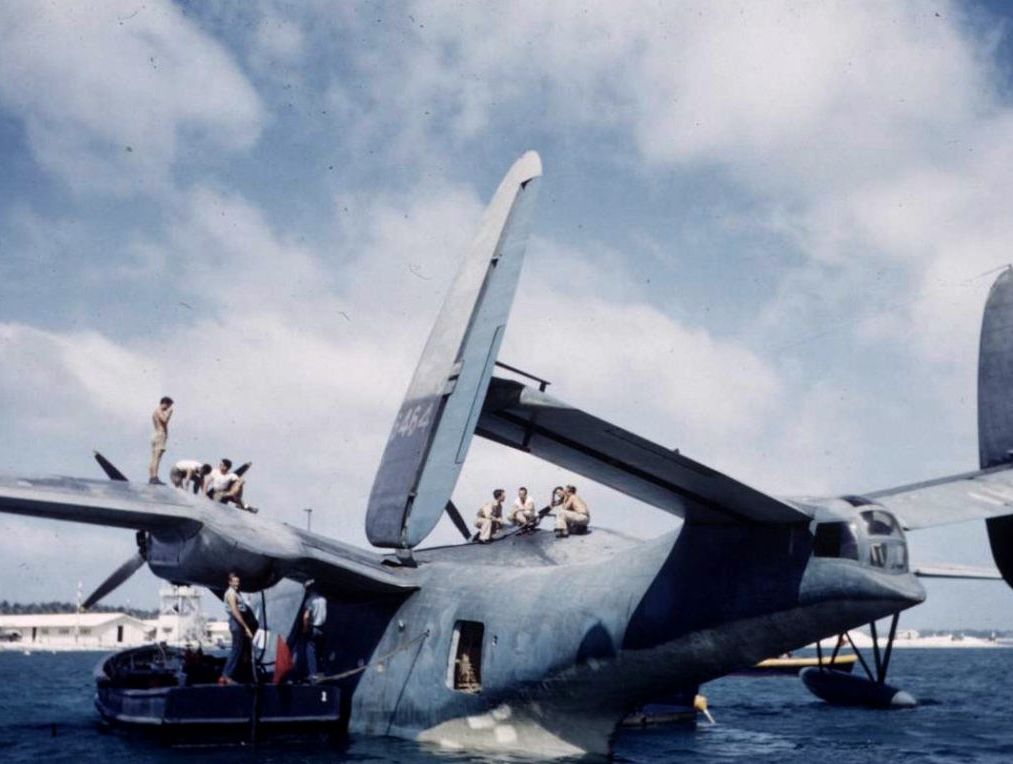
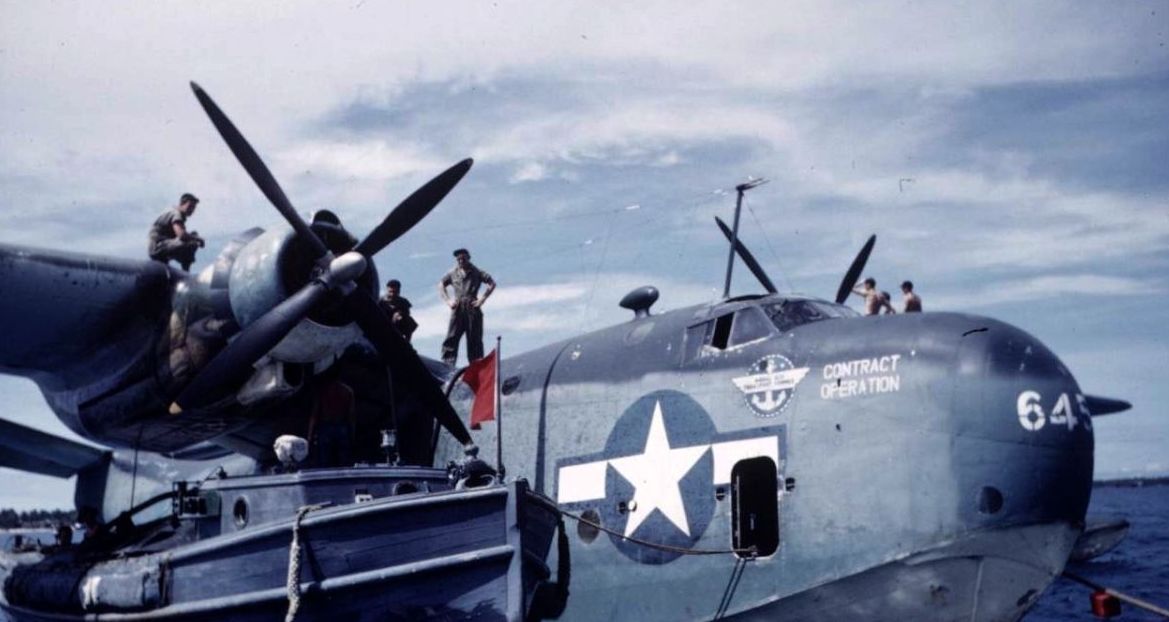
28 PBM-3Cs were supplied to the British as the "Mariner GR Mark I", the first of them arriving in August 1943, and deliveries complete by early 1944. They were painted in a natty color scheme, light gray on top and white over the rest. However, British evaluation of the type led to the conclusion that its controls were too heavy and tiring for long patrol flights, and the type never saw operational service with the British Royal Air Force (RAF) Coastal Command. Five were returned to the US, where they were given the designation "PBM-3B", and twelve were supplied to the RAAF.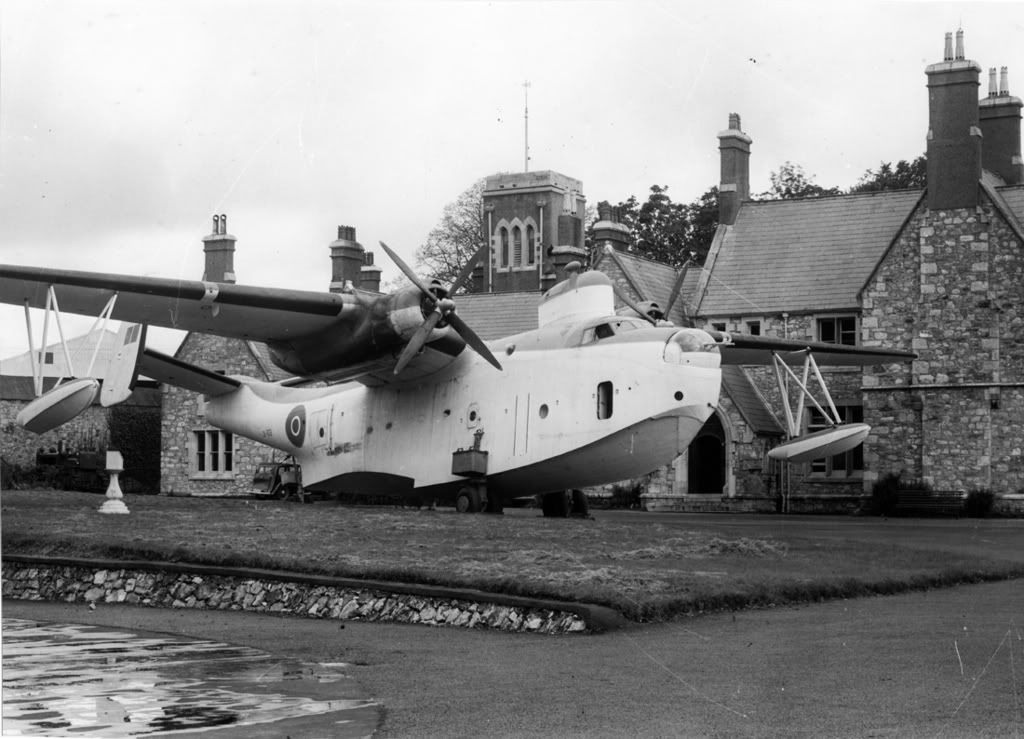
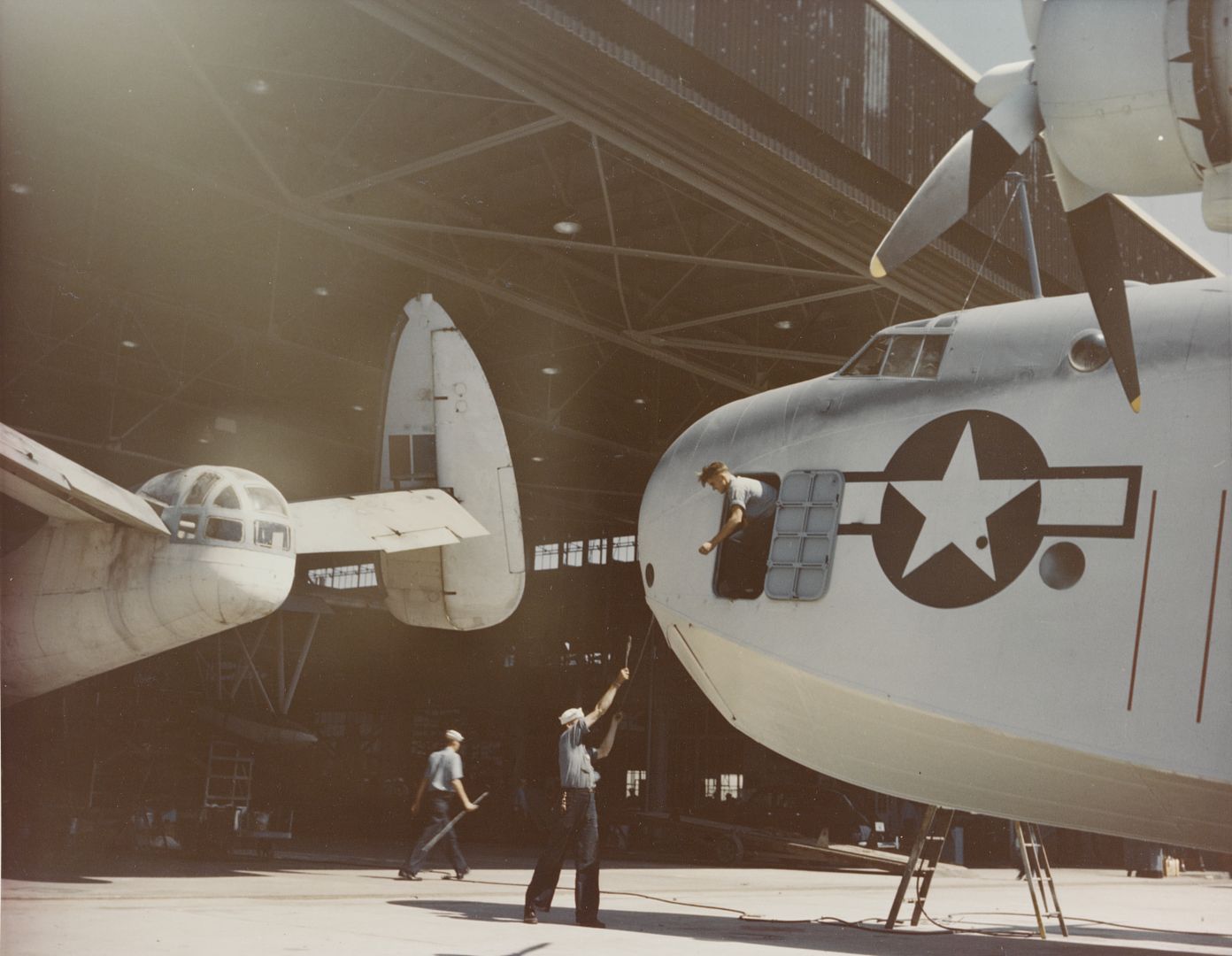
The extensive defensive armament of the Mariner was not really needed for western Atlantic patrols, since the type was unlikely to encounter much in the way of fighter opposition. That led to the decision to strip the PBM-3C of most of its armor and defensive armament, leading to the "PBM-3S".
The top turret was removed and faired over; the nose turret was replaced by a simple mount for twin Brownings; the tail gun installation was simplified but retained a single Browning; and one waist gun was removed, with the navigator sitting in the position occupied by the gunner. The reduction in weight apparently increased range by about 25%. The nose guns were clearly for suppressive fire against U-boats and other surface targets; they appear to have been on flexible mounts with a limited traverse, which would be logical, but some sources hint they were fixed.
PBM-3R (Model 162B)
Unarmed transport version of PBM-3. 18 new build plus 31 converted from PBM-3.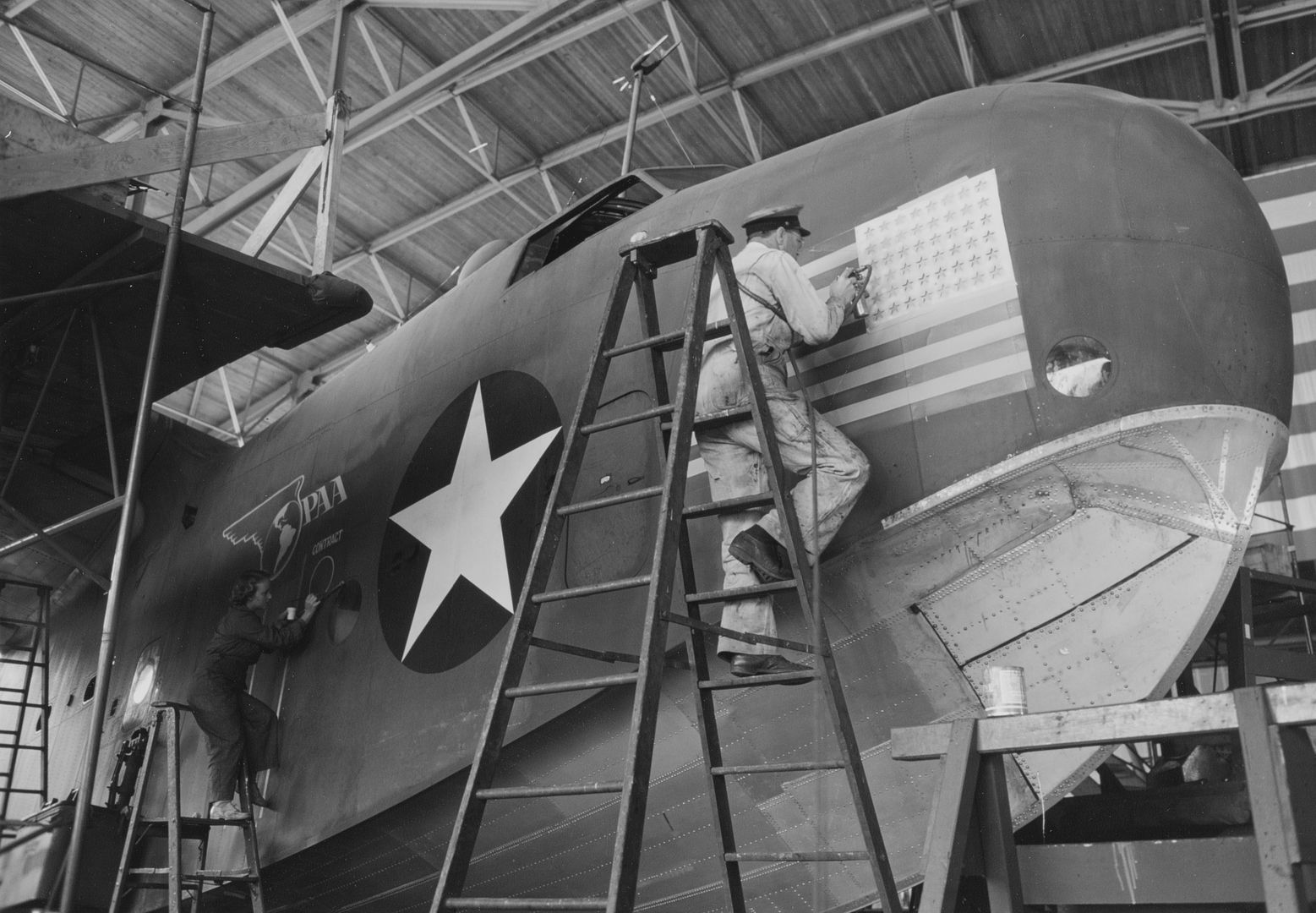
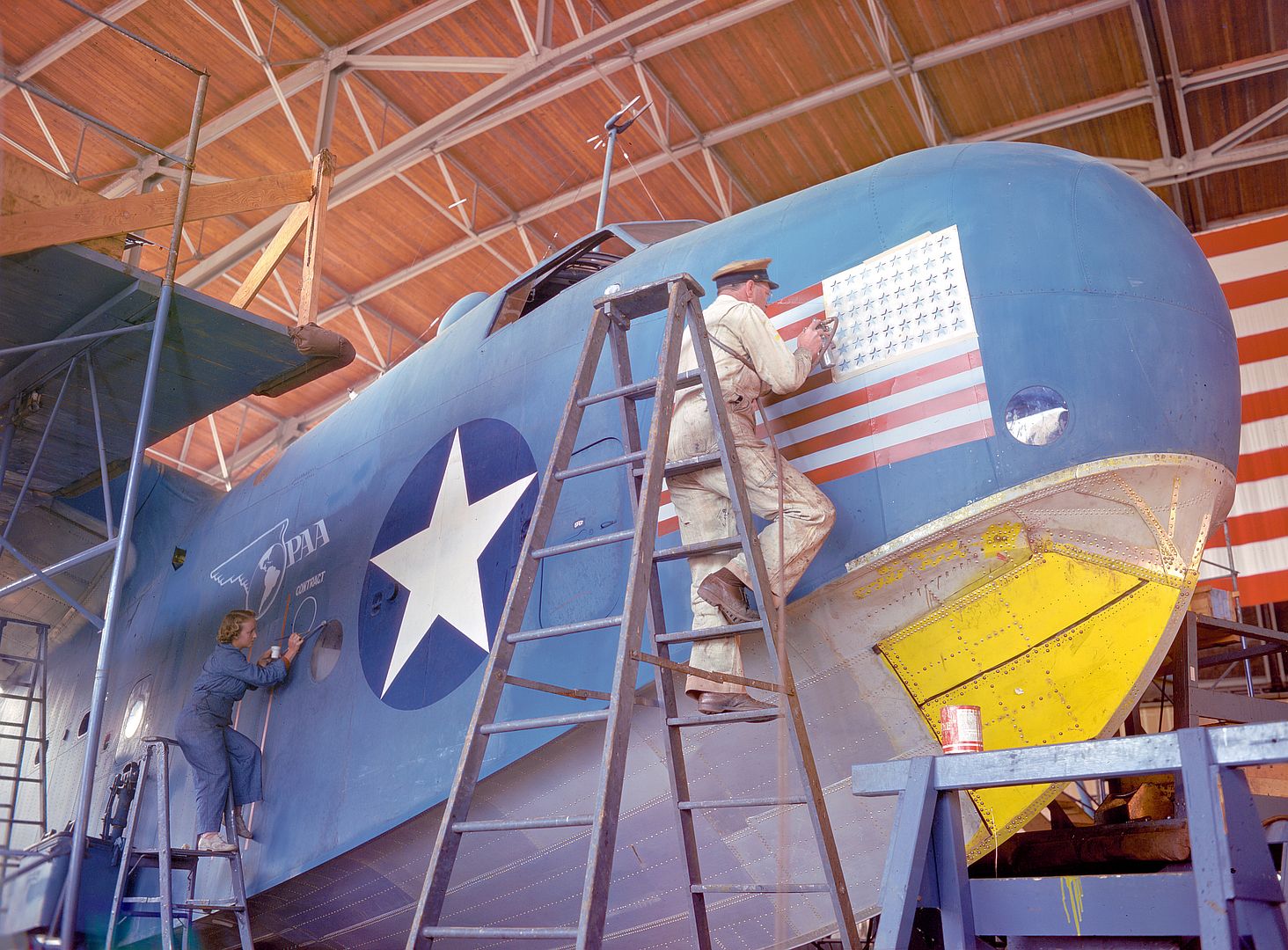
The PBM-3S served exclusively or nearly so in the Atlantic, particularly in defense of the Panama Canal. They were painted in a light-gray / white color scheme like that of the RAF Coastal Command. Most of the PBM-3S Mariners were fitted with engine cooling fans to deal with hot tropical climates. 94 were built new, possibly as production-line conversions of PBM-3Cs, and some PBM-3Cs were converted to PBM-3S standard in the field. 27 PBM-3S Mariners were transferred to the US Coast Guard (USCG), continuing in USCG service through the rest of the conflict.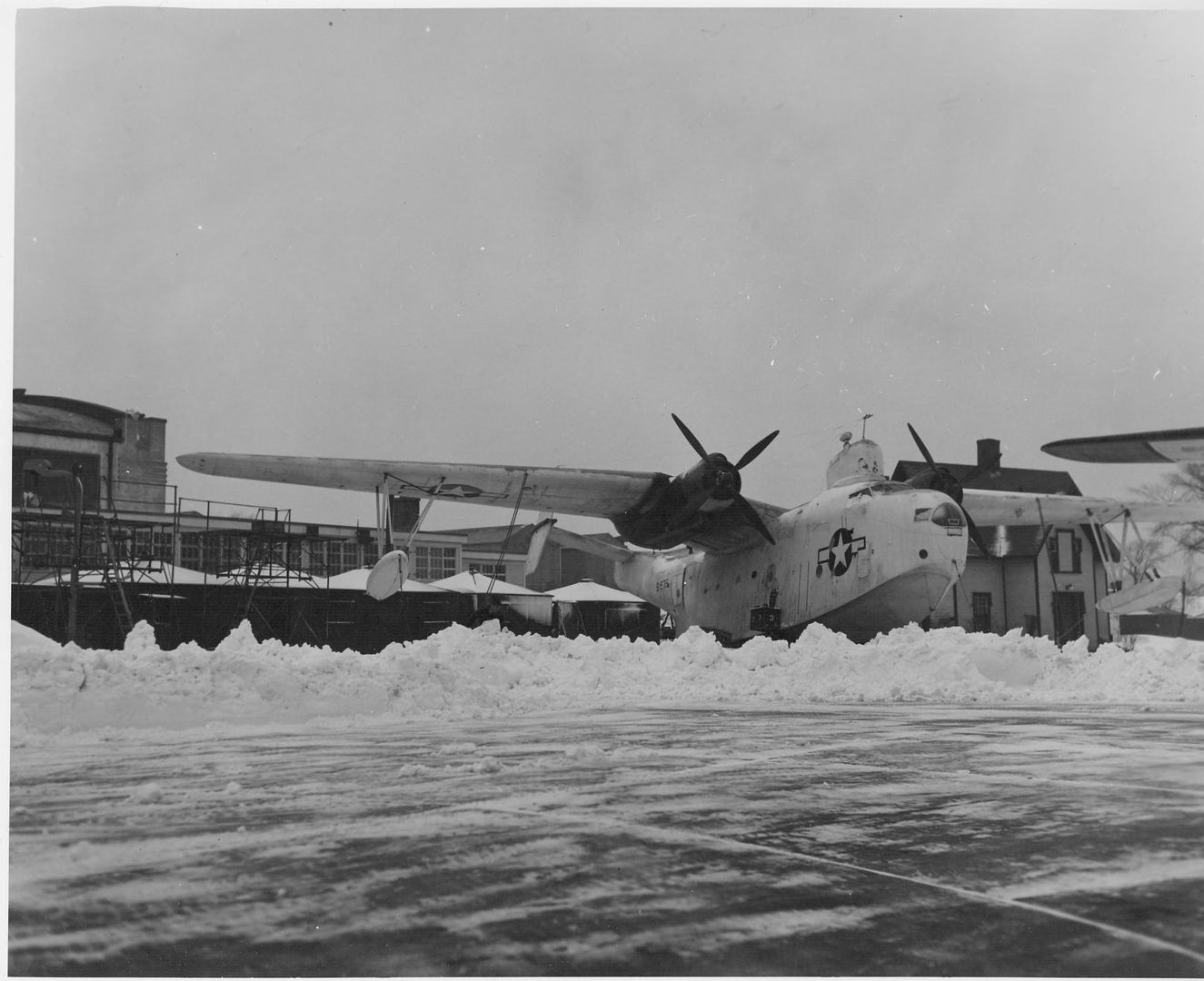
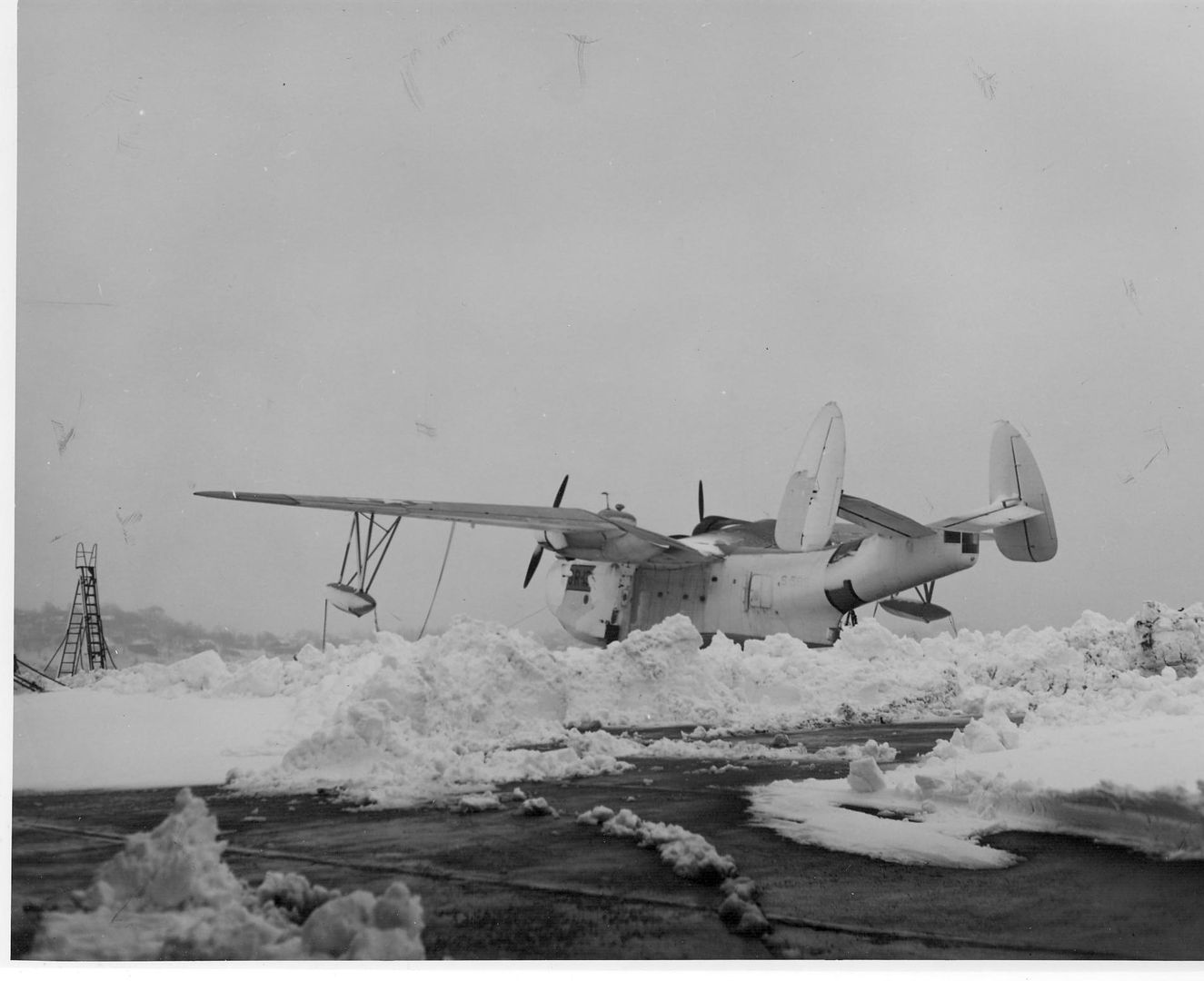
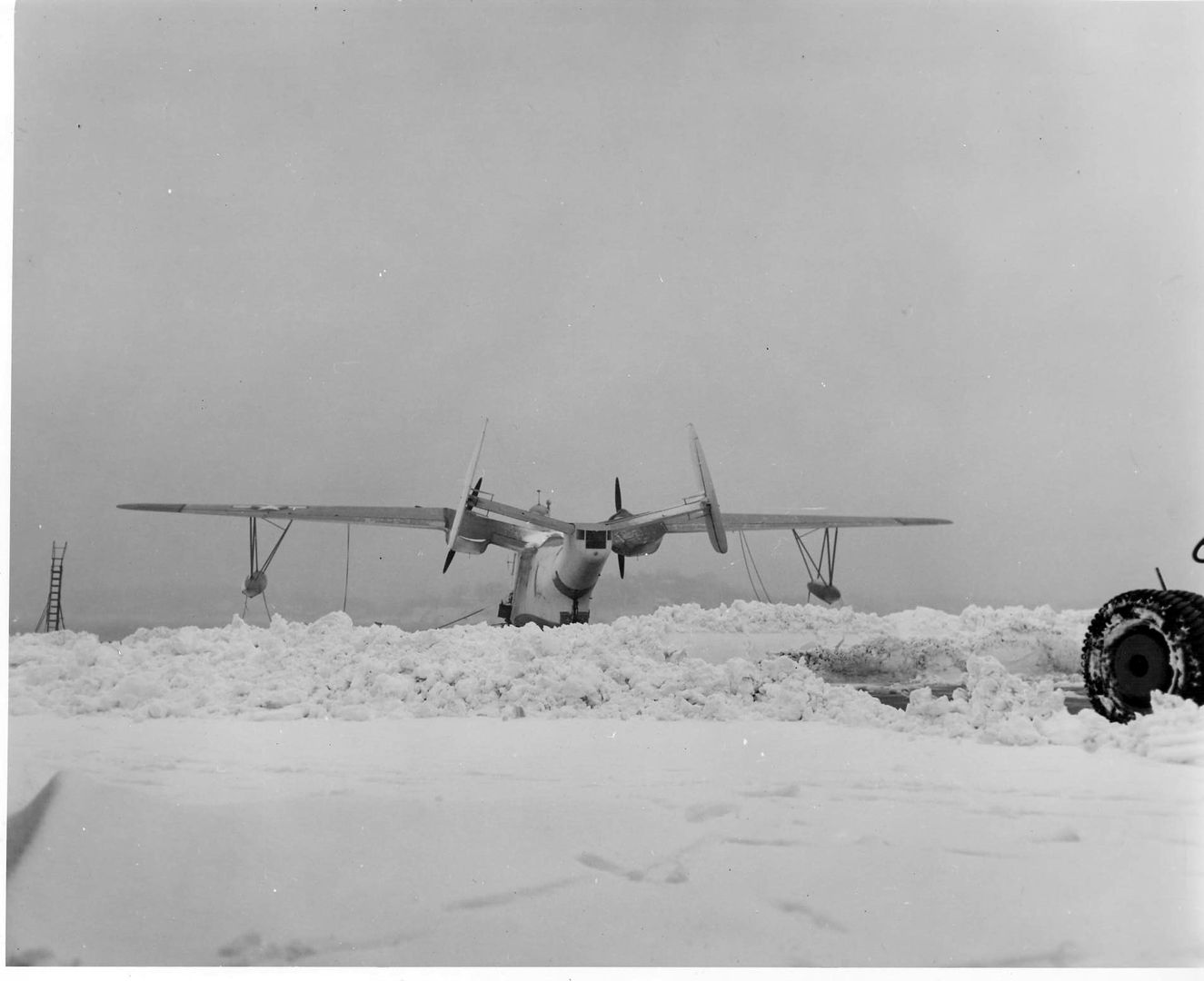


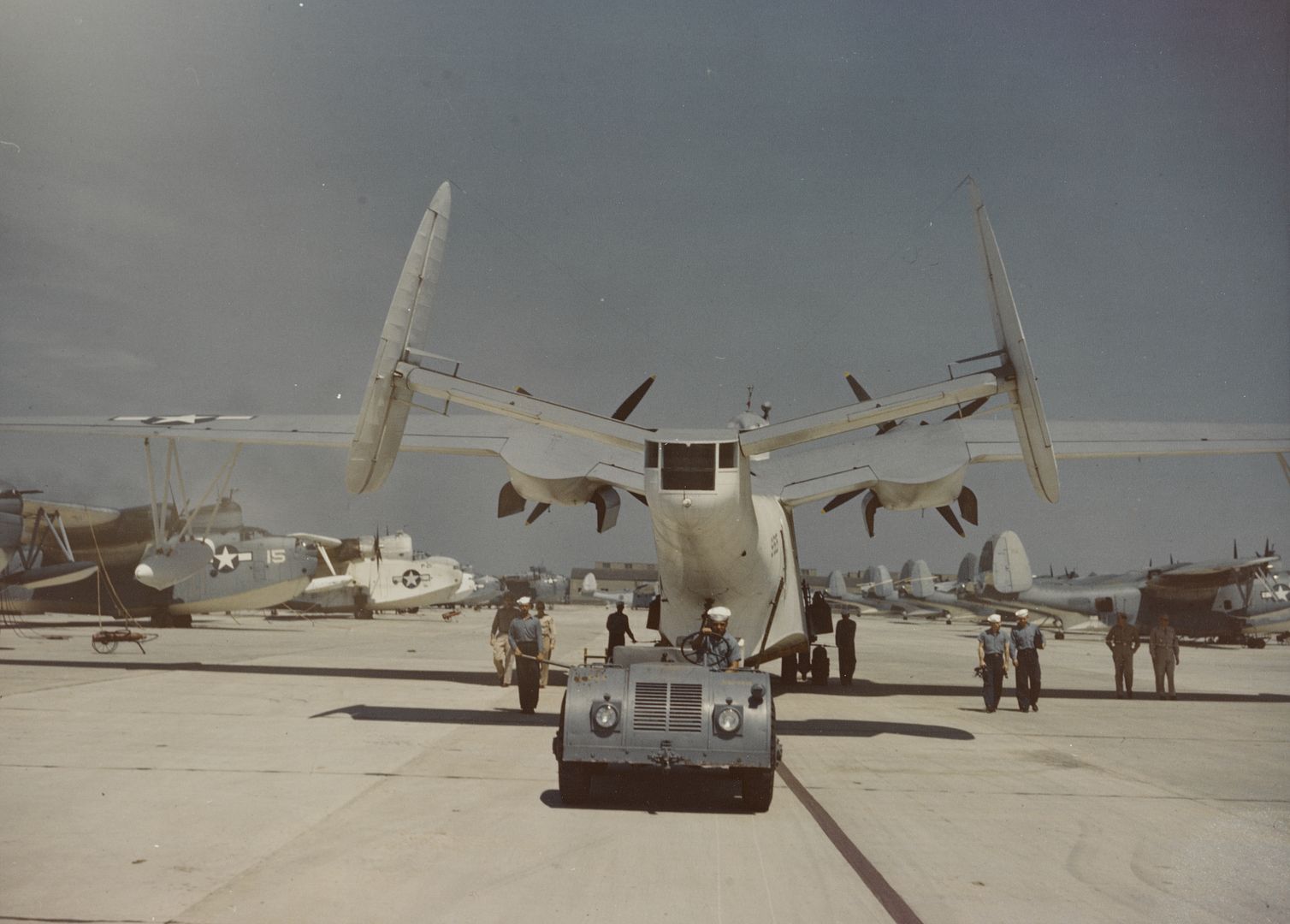
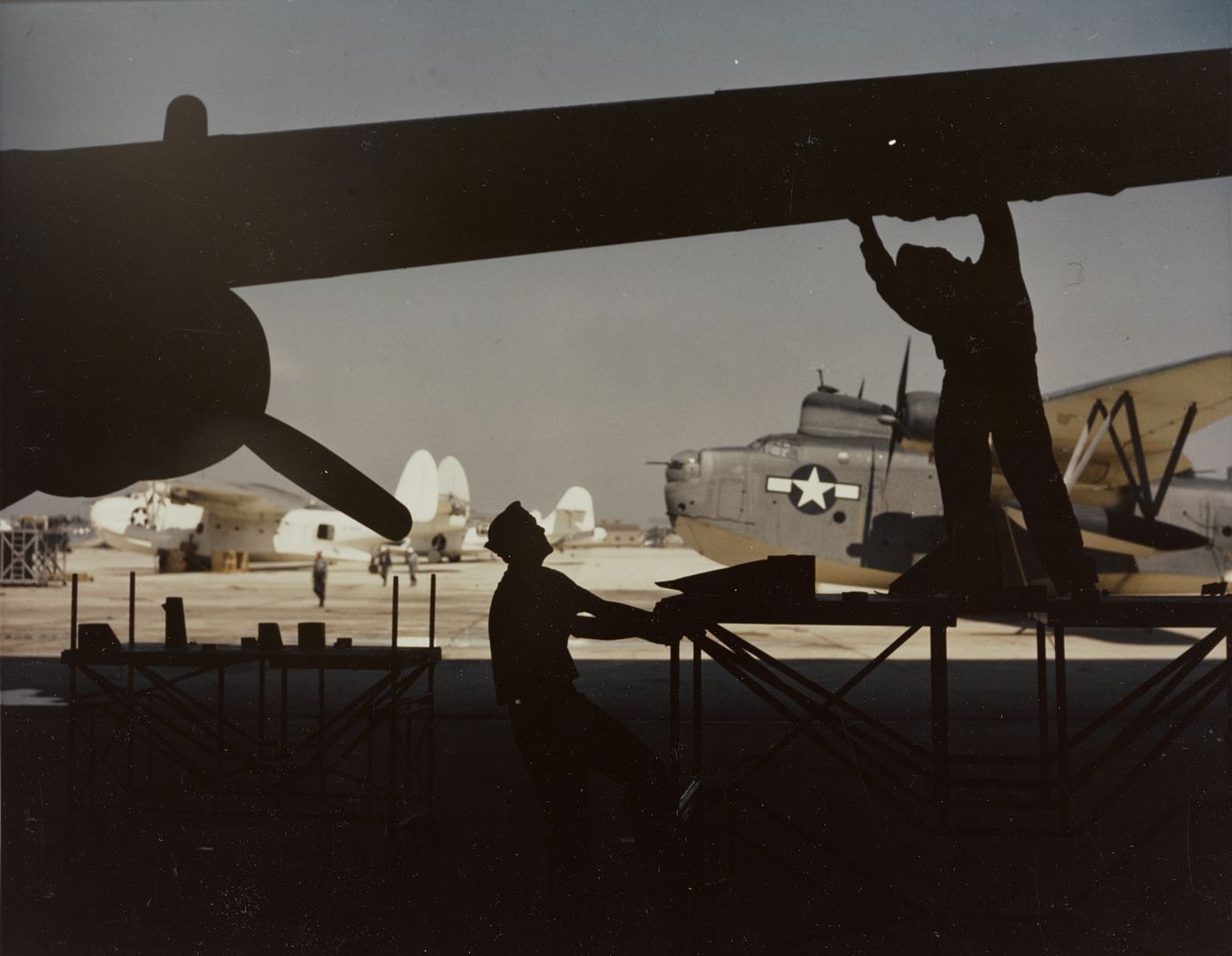
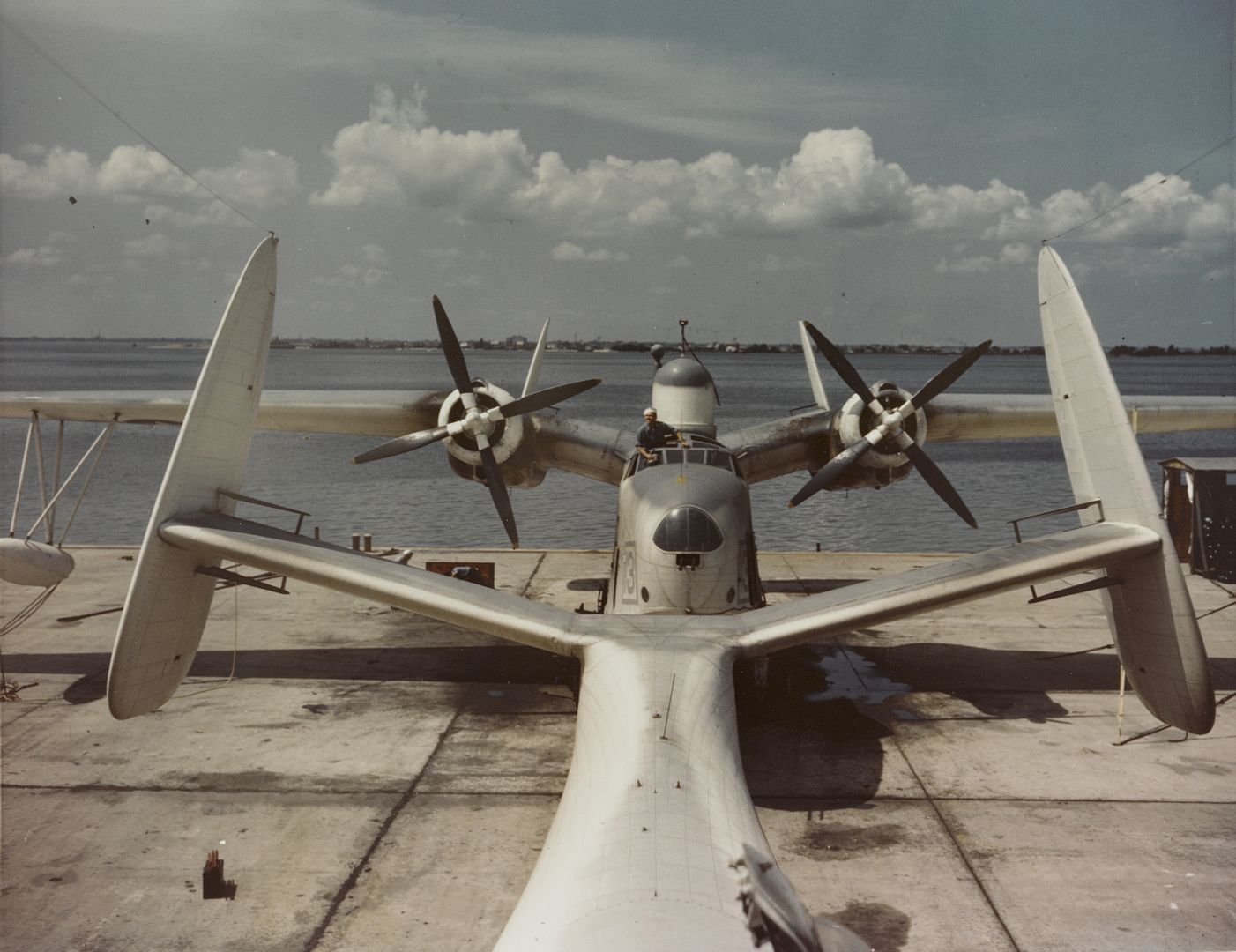
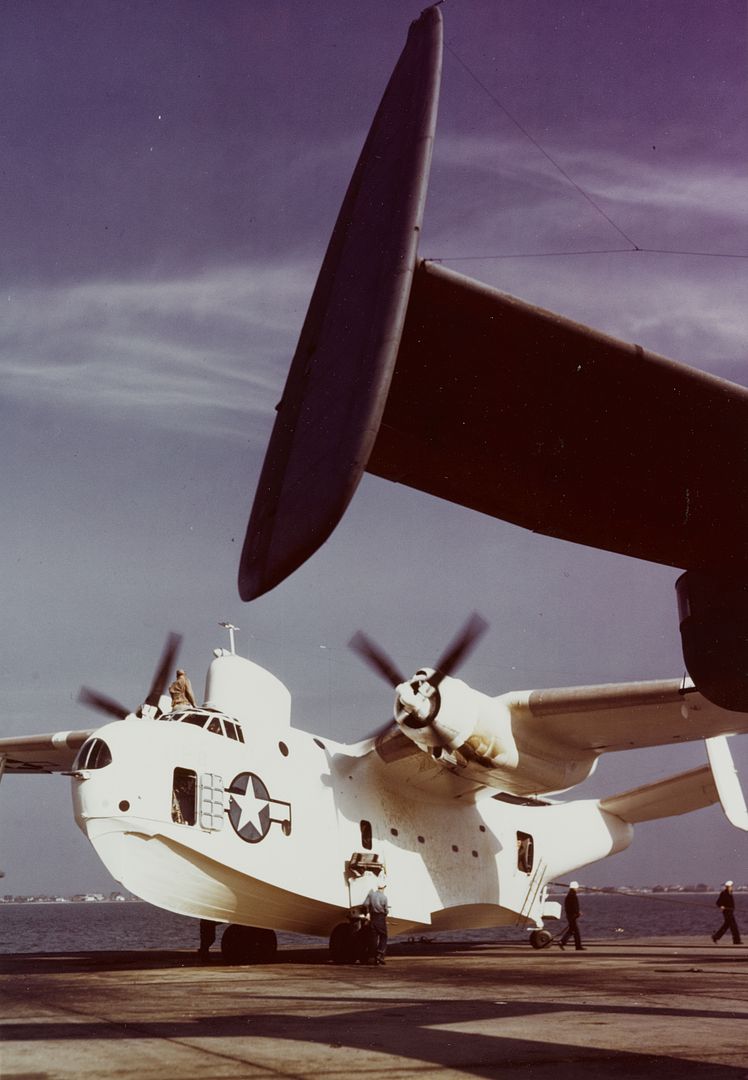
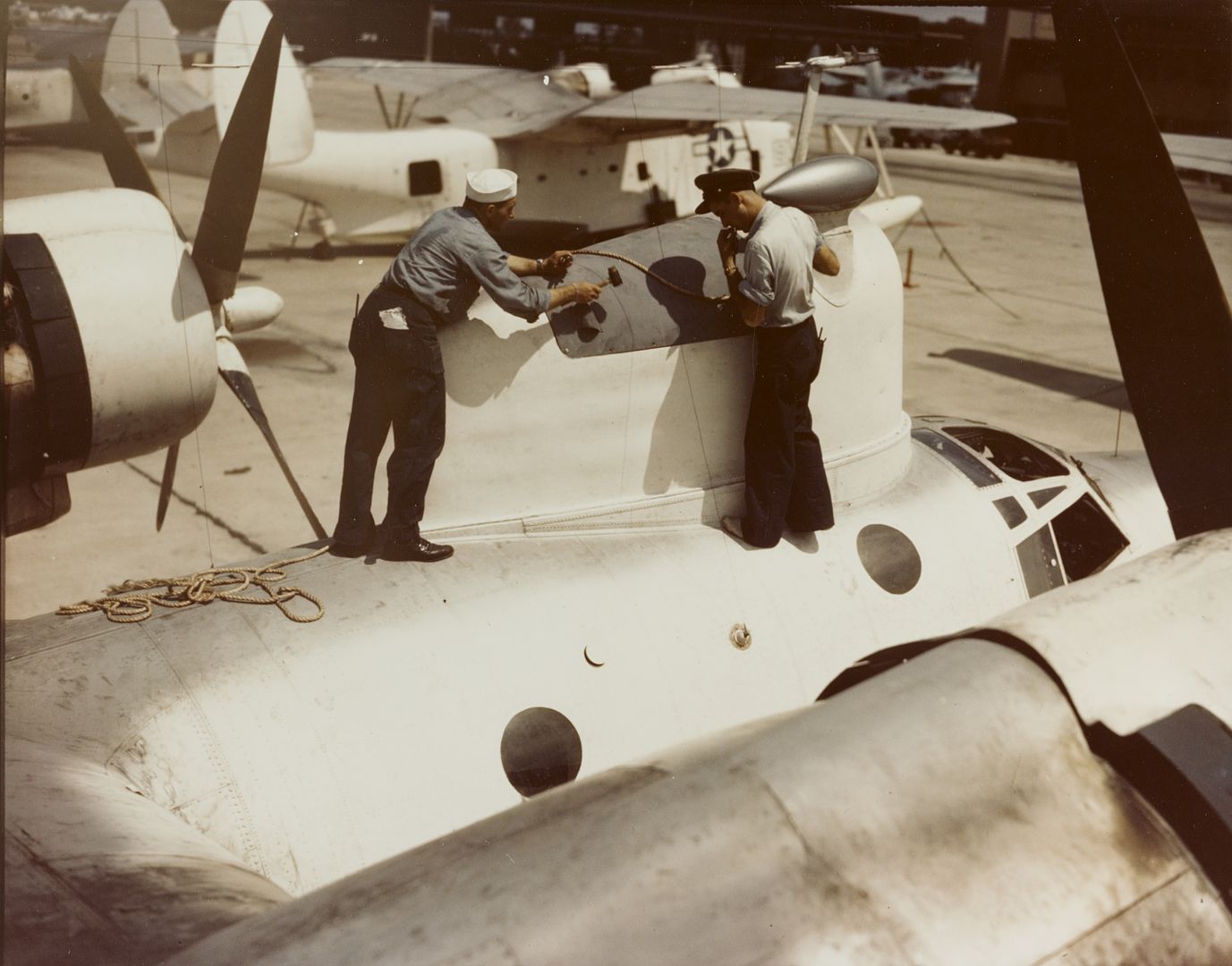
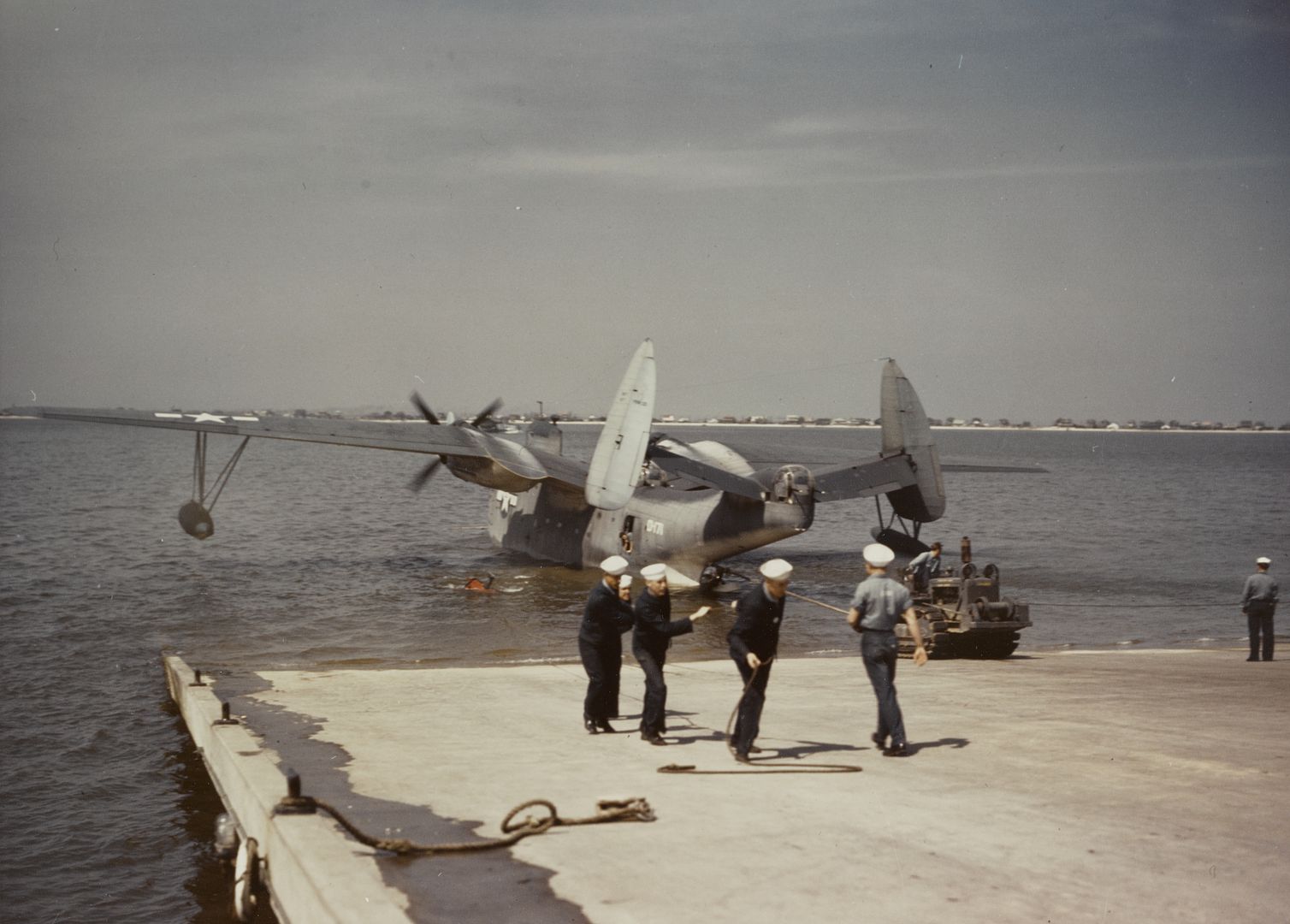

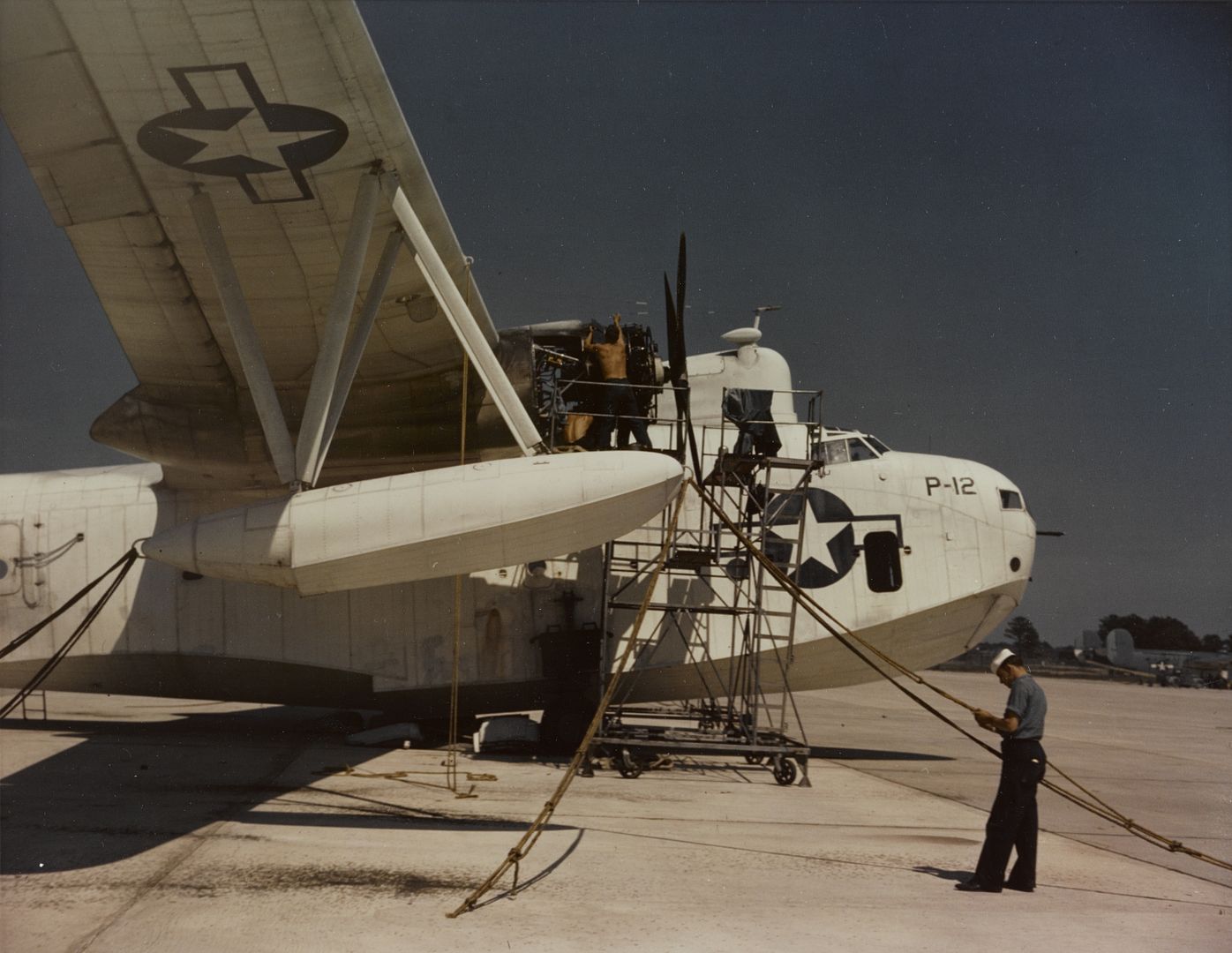
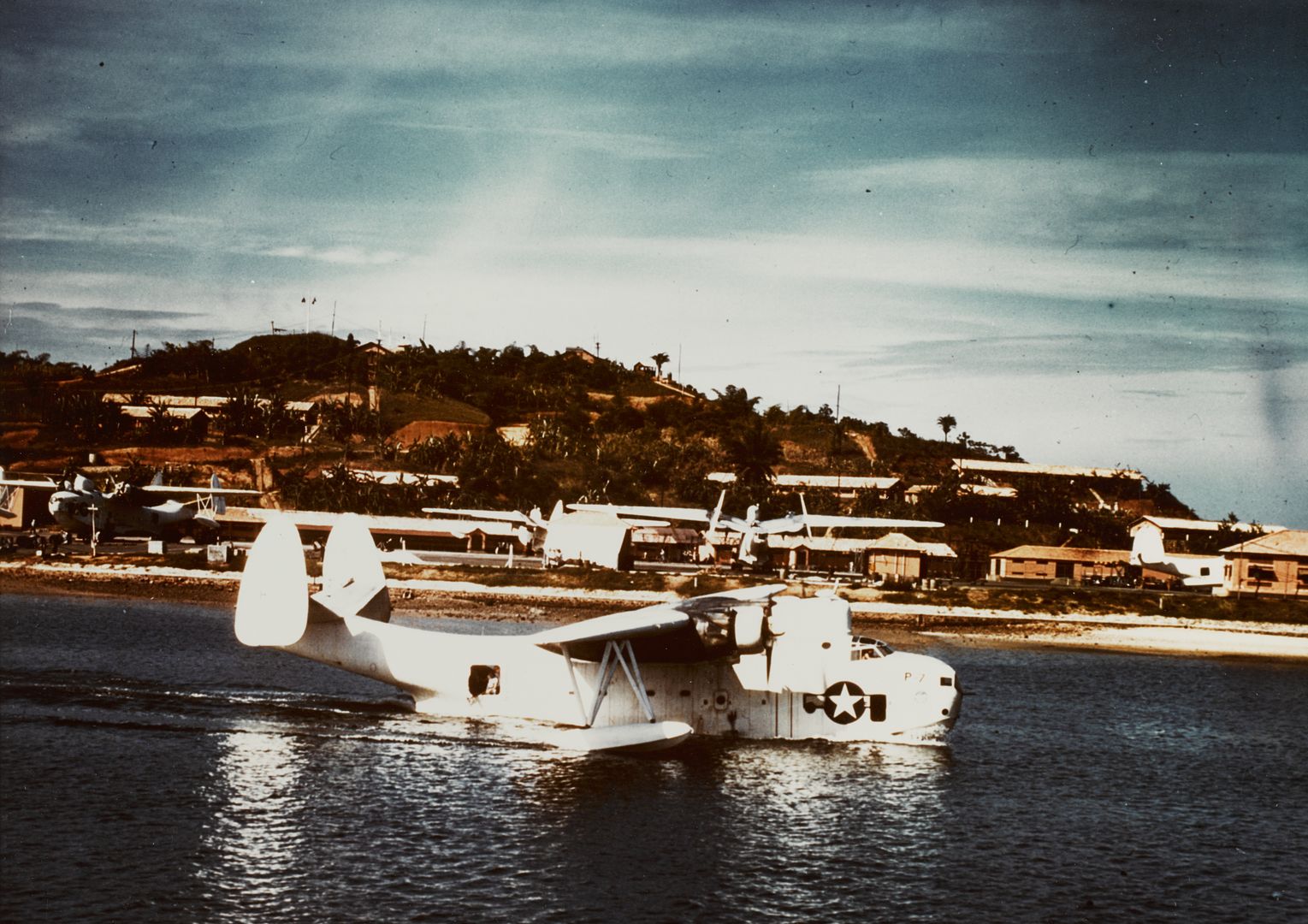
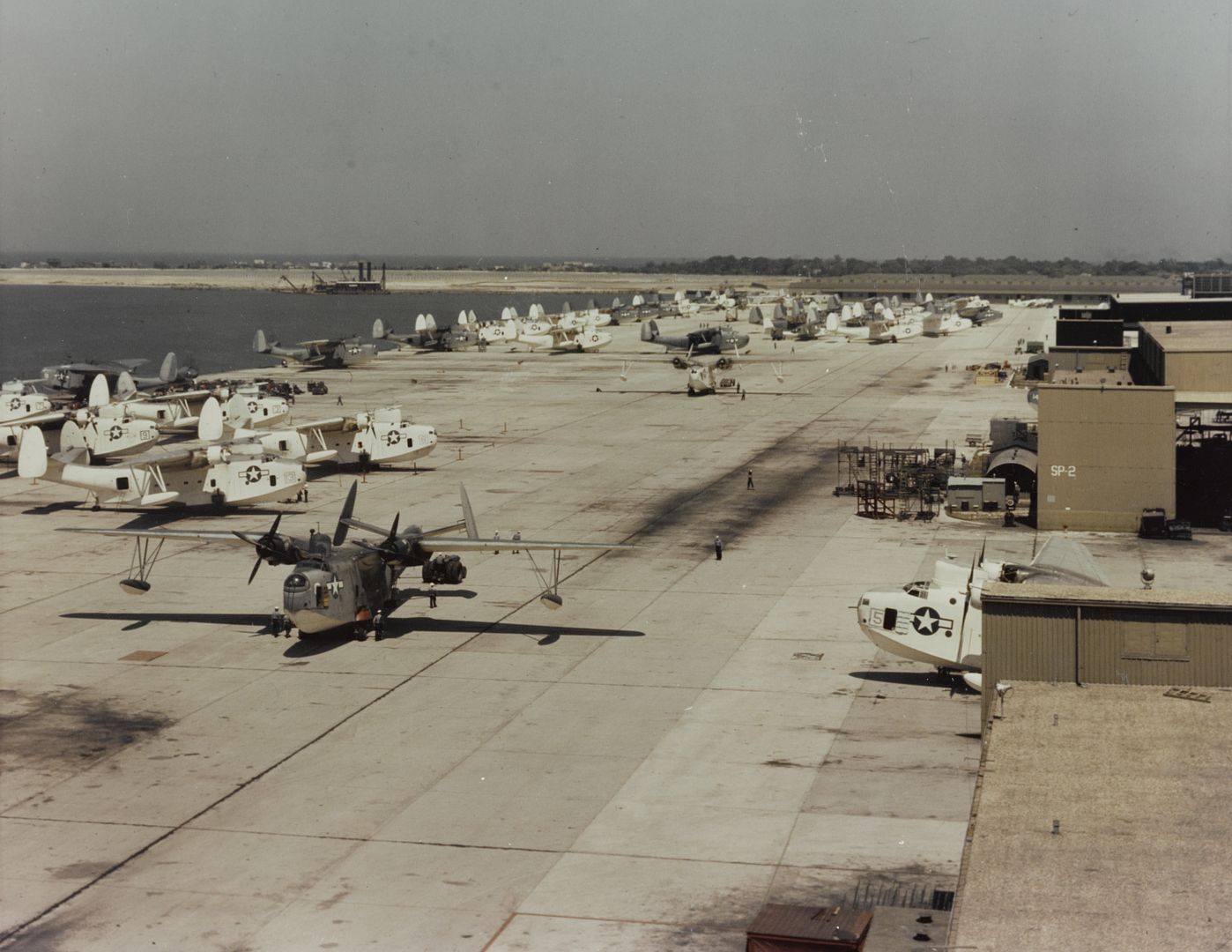
A single PBM-3C was modified with uprated Wright R-2600-22 Cyclones providing 1,420 kW (1,900 HP) and fitted with new four-bladed propellers, plus self-sealing fuel tanks, more crew armor, a Norden bombsight, and a twin-gun tail turret. AN/APS-15 radar was standard. The new configuration went into production as the "PBM-3D", with initial deliveries in late 1943 and a total of 259 production machines built.
The uprated engines were welcome since the PBM had been regarded as underpowered, and helped raise the bombload of the PBM-3D to 3,630 kilograms (8,000 pounds). However, early production R-2600-22 engines had faulty valve seats, causing a string of engine failures until all the early engines were weeded out and replaced. The increase in weight of the PBM-3D also meant that the new engines didn't help as much as aircrews might have liked, and the PBM-3D's performance on a single engine was marginal at best.
The PBM-3D was able to participate in the invasion of Saipan in the spring of 1944. After Saipan's capture, the island became the primary US Navy seaplane base in the region, with Mariners and other flying boats operating from there participating in many later island campaigns.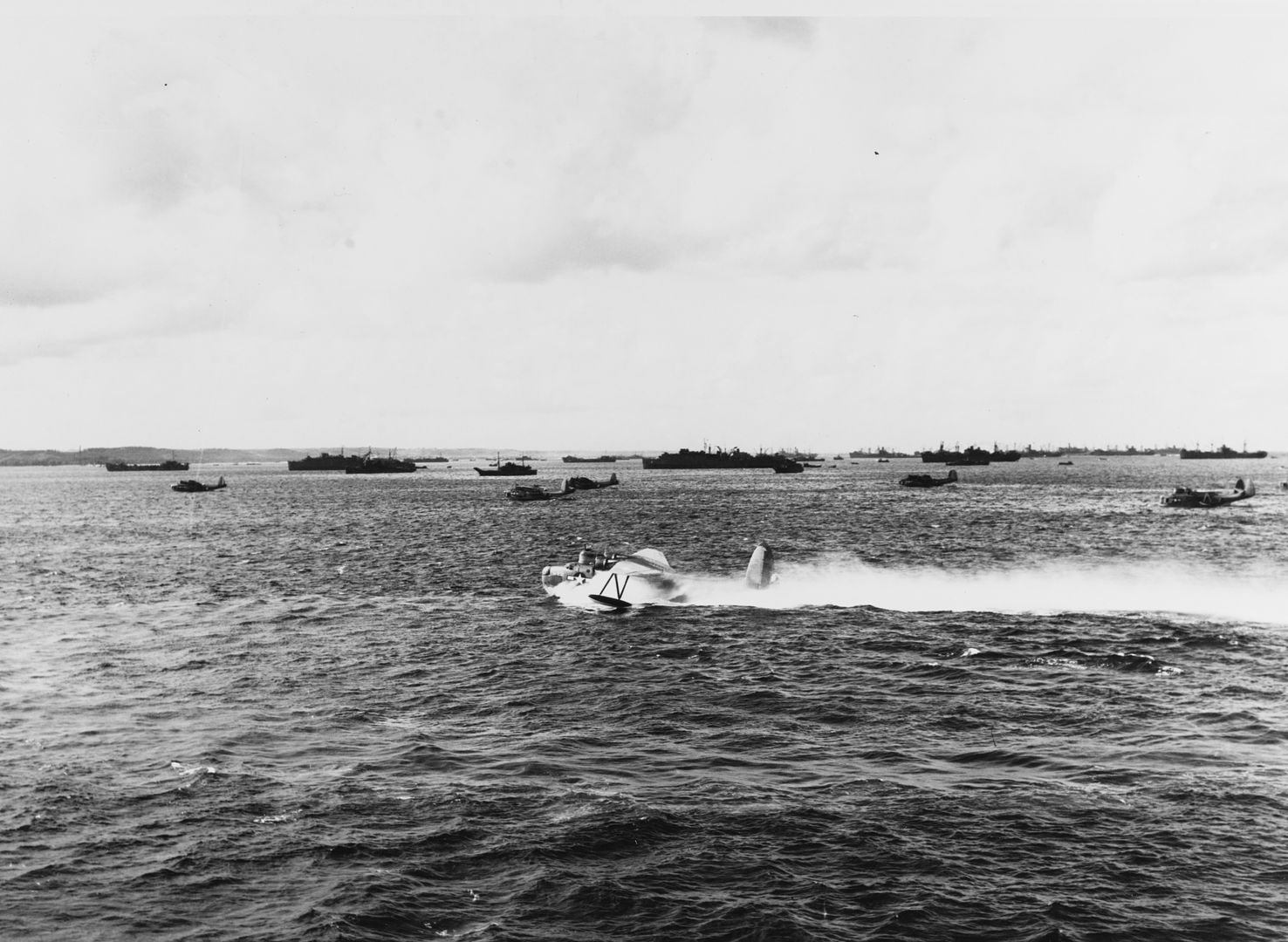

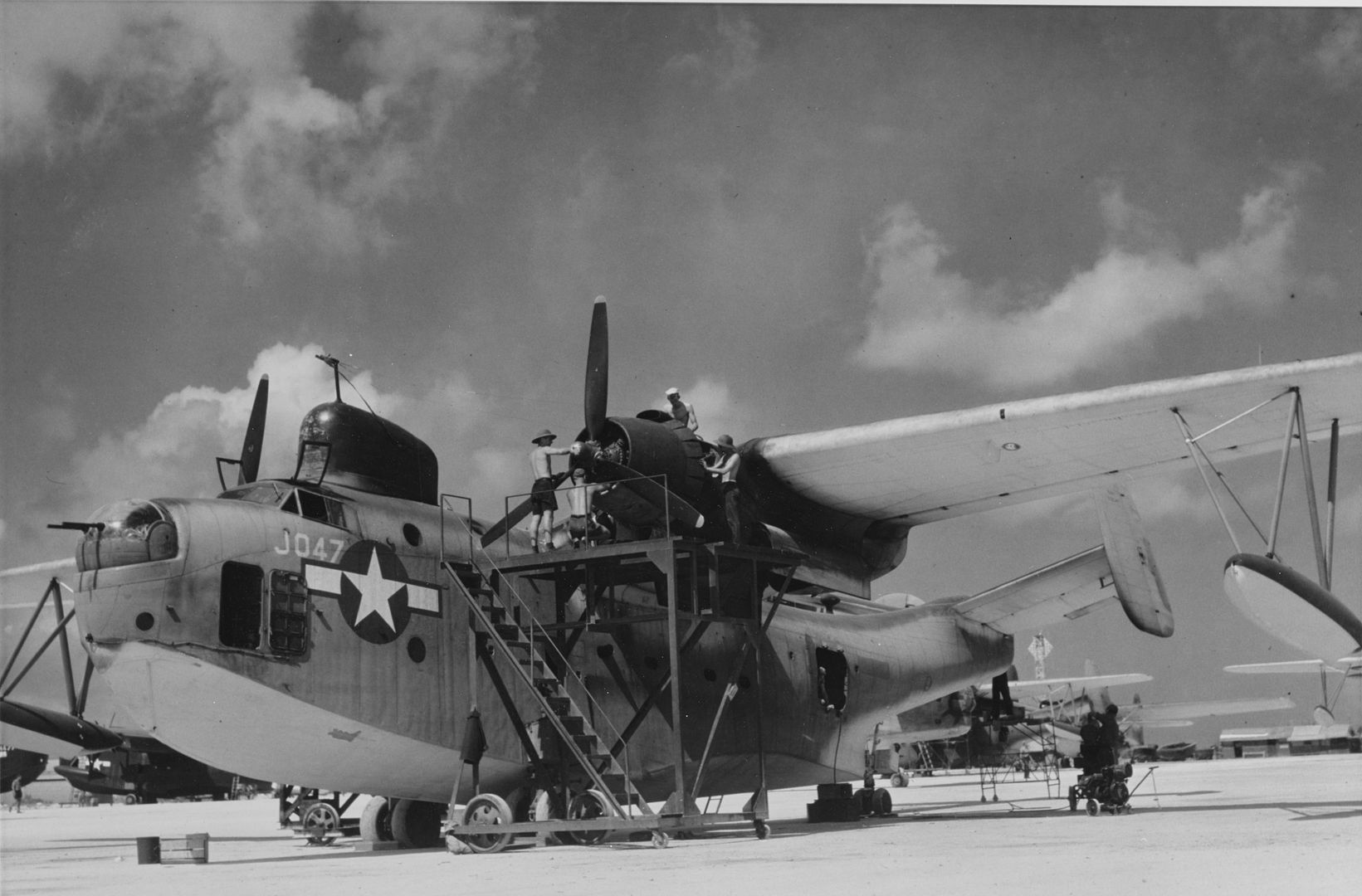
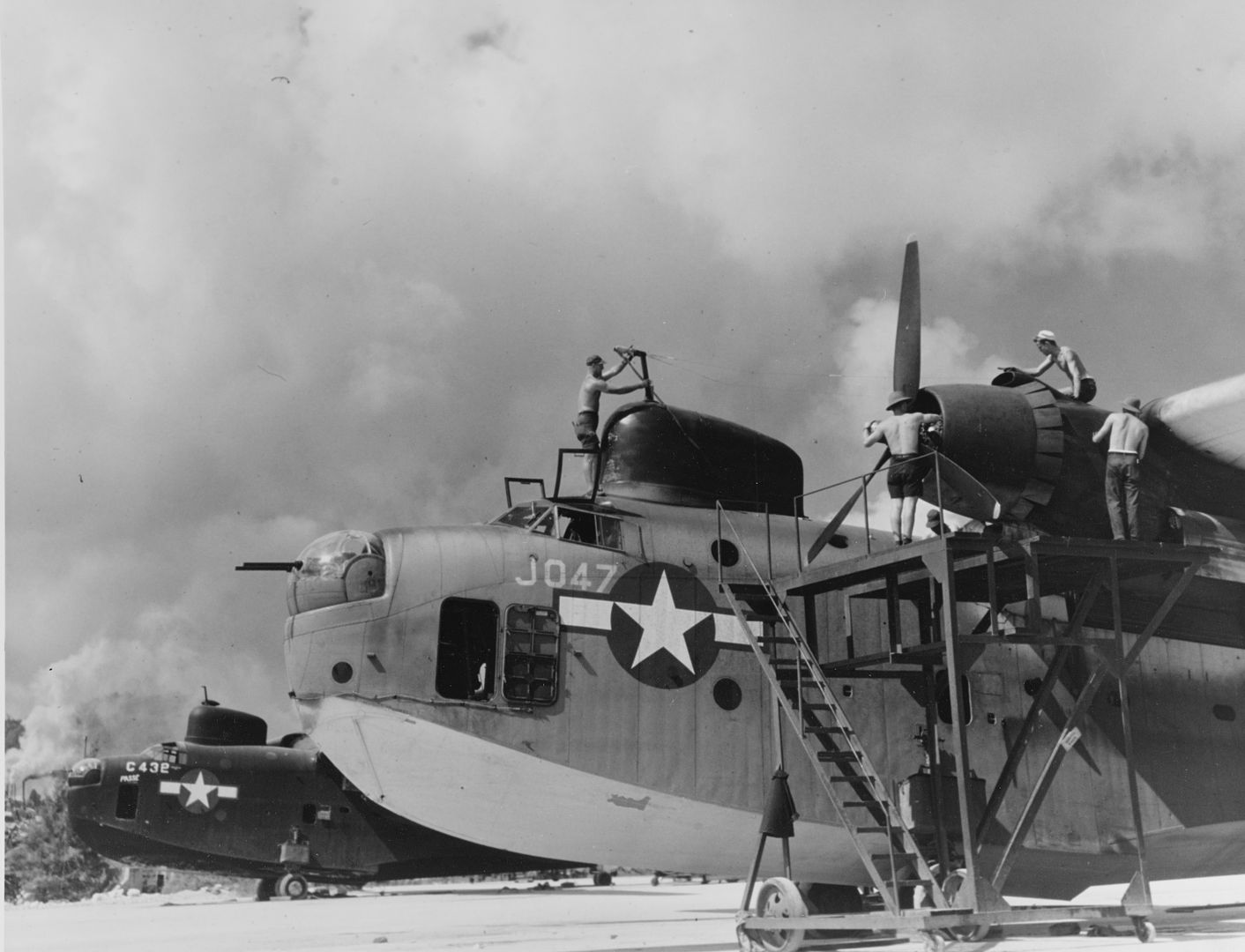
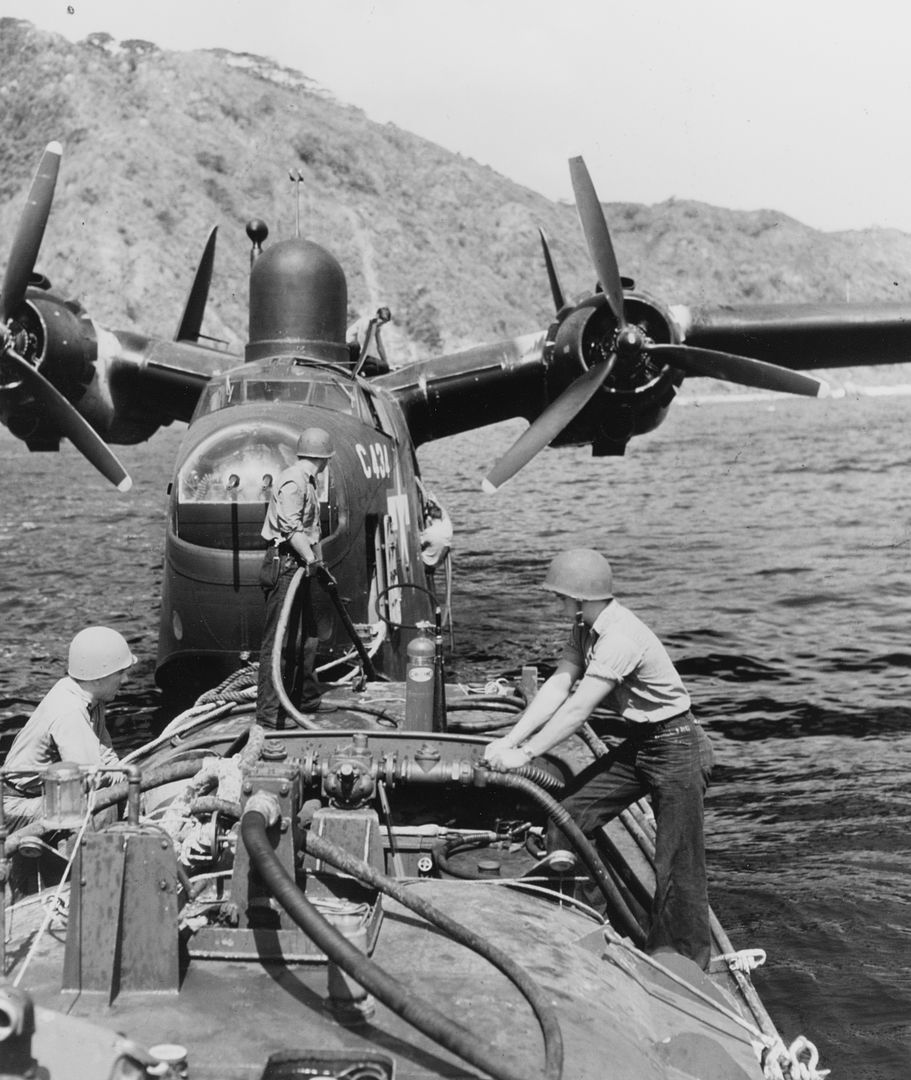
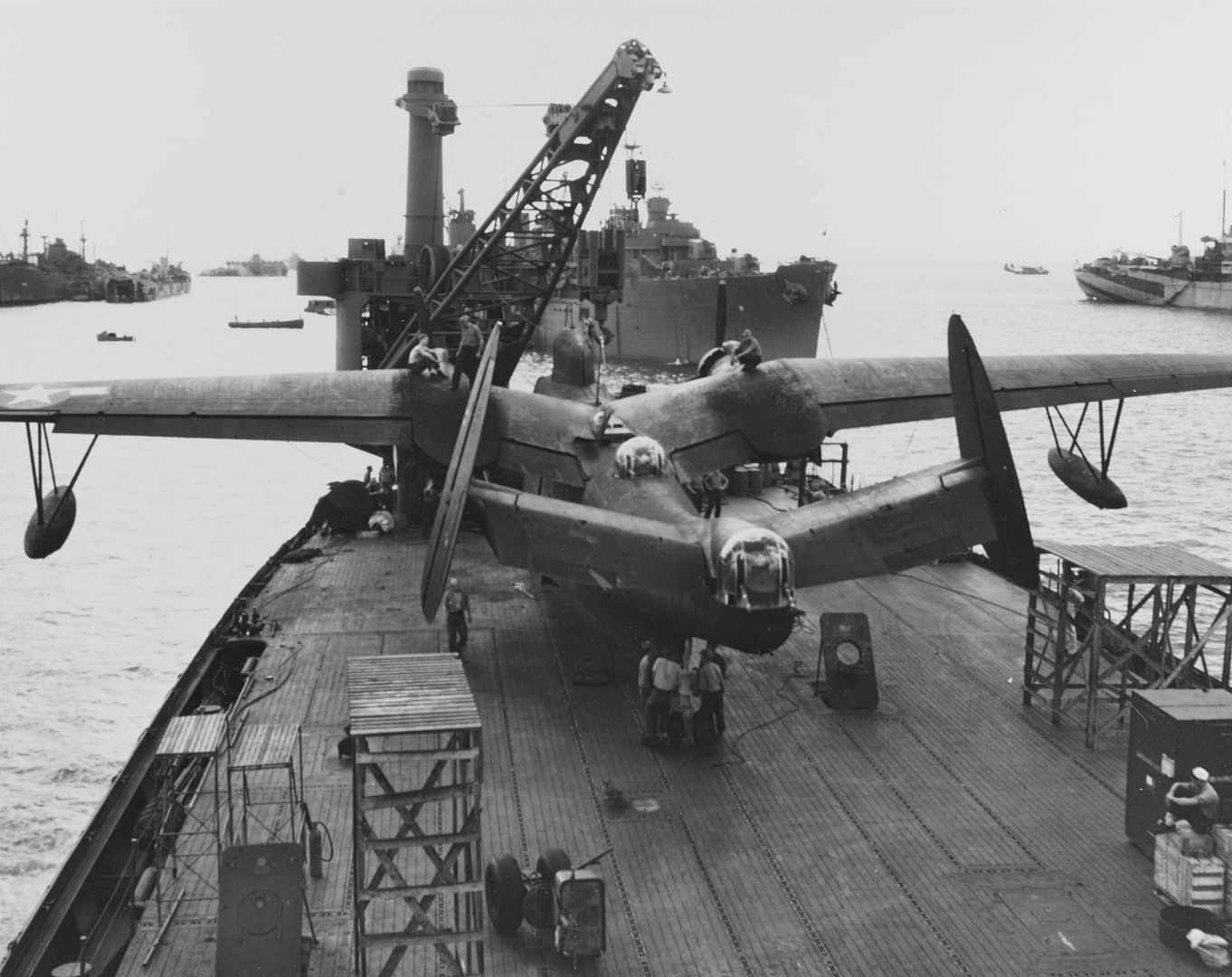
* One PBM-3D had a remarkable adventure while it was being ferried over Arizona in the spring of 1944. The aircraft suffered an engine failure, and the pilot, Patrol Plane Commander Scott Fitzgerald, set it down neatly on Willcox Dry Lake, east of Tucson. The ground was smooth and Fitzgerald put the aircraft down neatly, causing some scraping to the hull but no significant damage. The Mariner was stripped down of all non-essential items, fitted with specially modified beaching gear, turned into the wind, and then took off from the dry lake bed, finally arriving in San Diego with no further trouble. The particular machine was from then on known as THE MIRAGE OF WILLCOX DRY LAKE.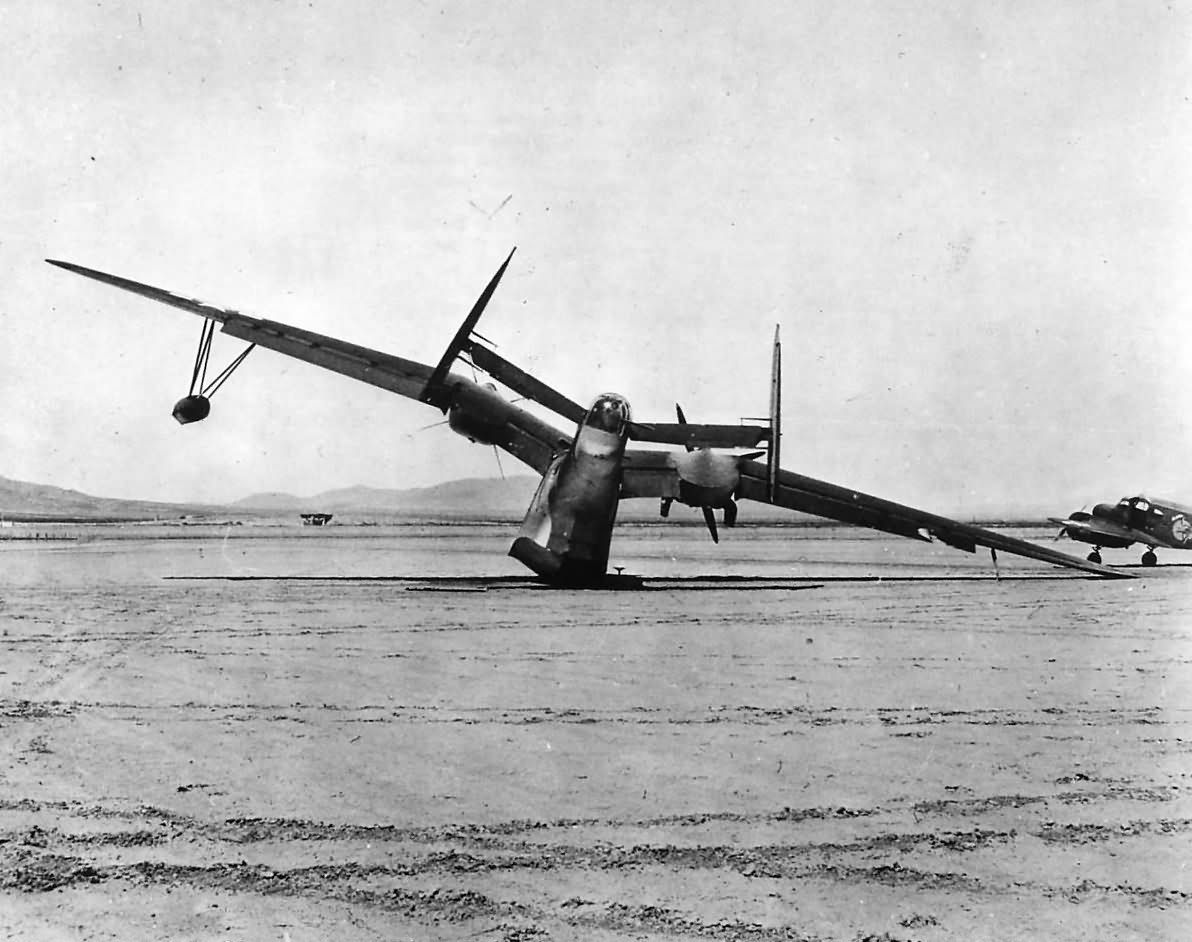
-
9 years agoMon Oct 03 2016, 09:26pm
 Main AdminPBM-5 MARINER SERIES / POSTWAR SERVICE
Main AdminPBM-5 MARINER SERIES / POSTWAR SERVICE
Navy brass recognized that the inadequate engine power of the Mariner was a problem and considered a "PBM-4" series that was to be powered by Wright R-3350-8 Cyclones with 2,015 kW (2,700 HP) each. Initial orders were placed in 1941, but then the allocation of the limited supply of the R-3350 engine became an issue and the PBM-4 orders were canceled.
The Navy eventually went to a "PBM-5" Mariner with more powerful P&W R-2800-34 Twin Wasps with 1,565 kW (2,100 HP) each. The engines were fitted in revised and lengthened cowlings and initially drove three-bladed Hamilton Standard props, later changed to four-bladed Curtiss props. The PBM-5 was fitted out for "jet (rocket) assisted take-off" (JATO / RATO). The configuration of the PBM-5 was otherwise similar to that of the PBM-3D, with the same defensive armament, armor, self-sealing fuel tanks, and AN/APS-15 radar.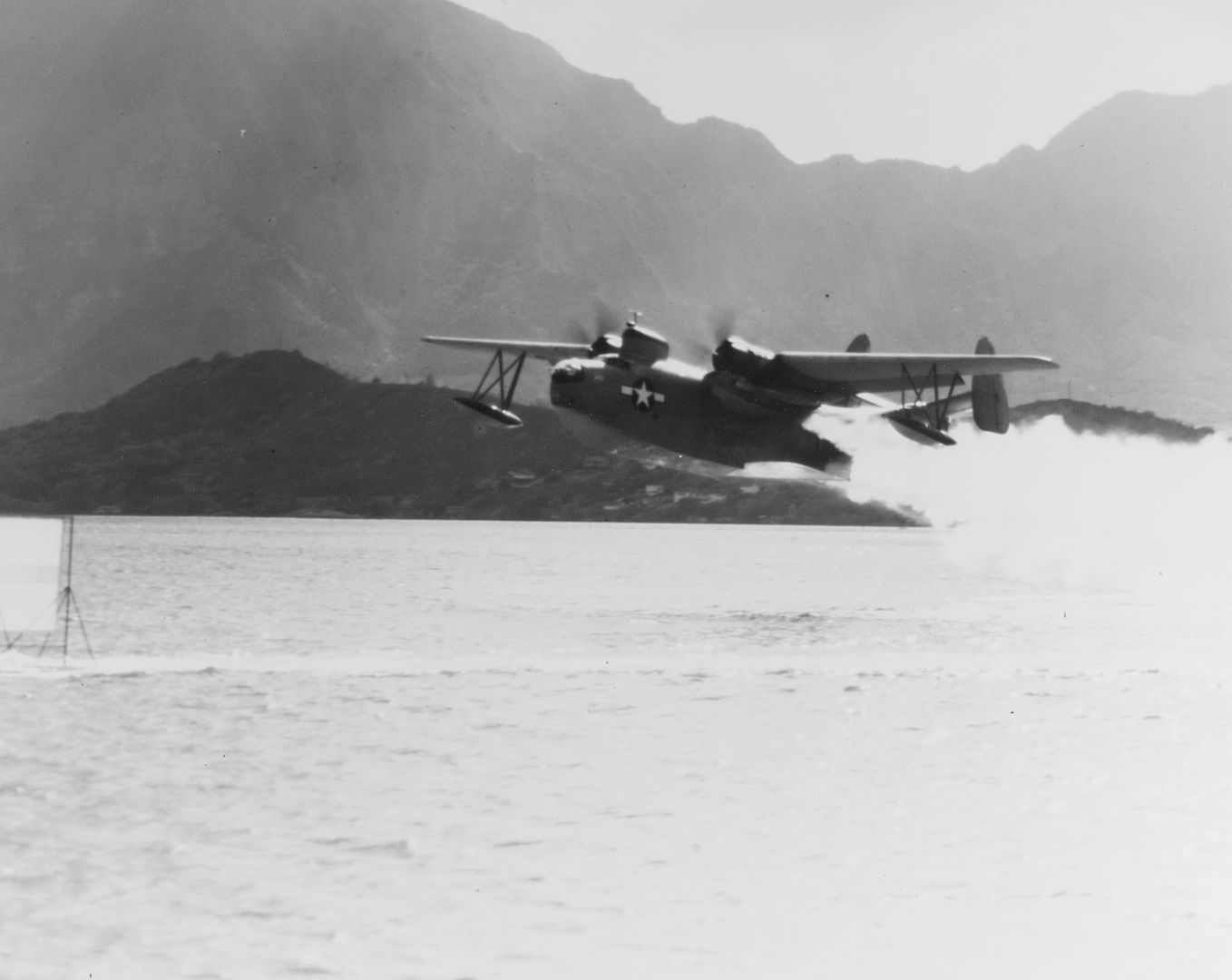
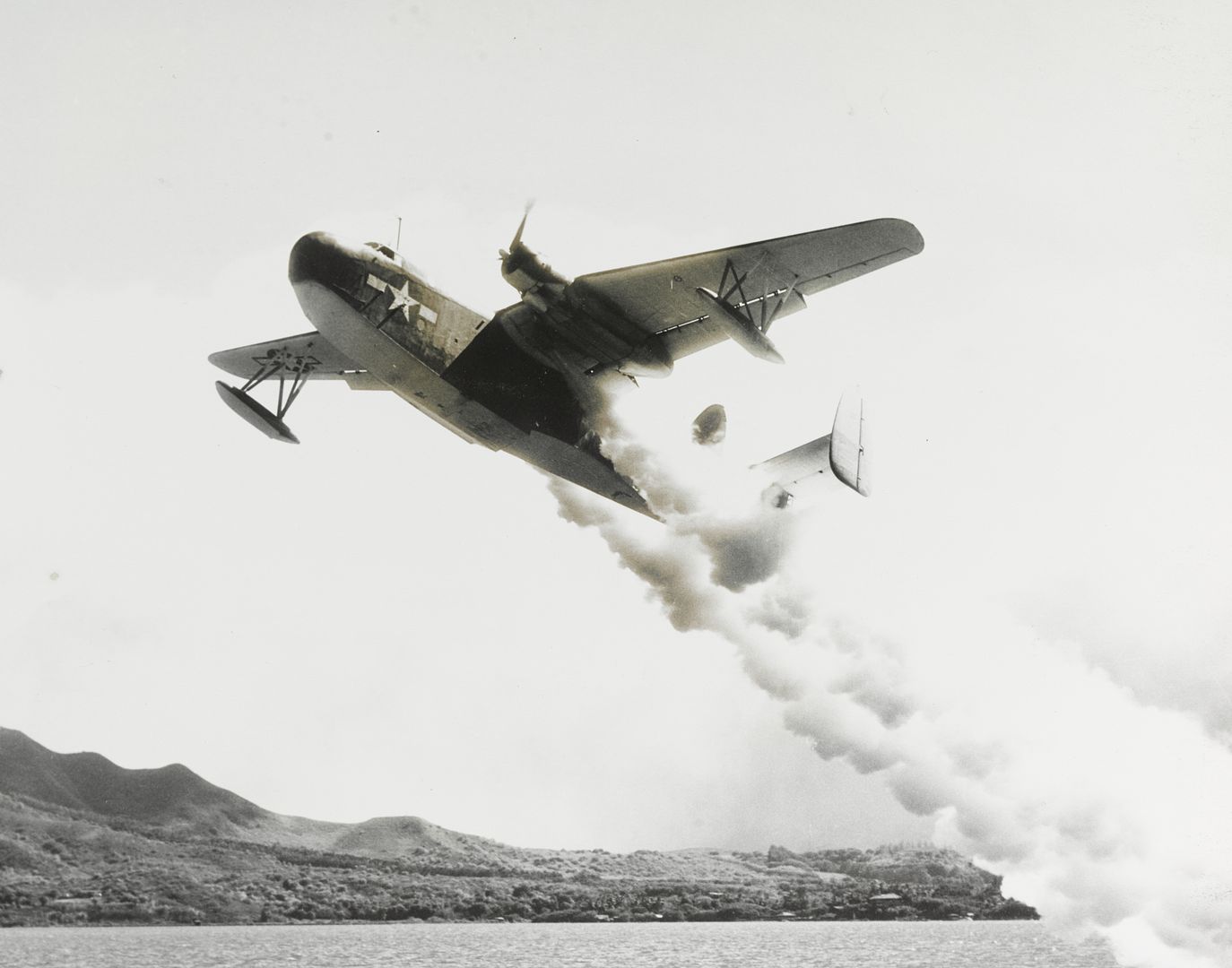
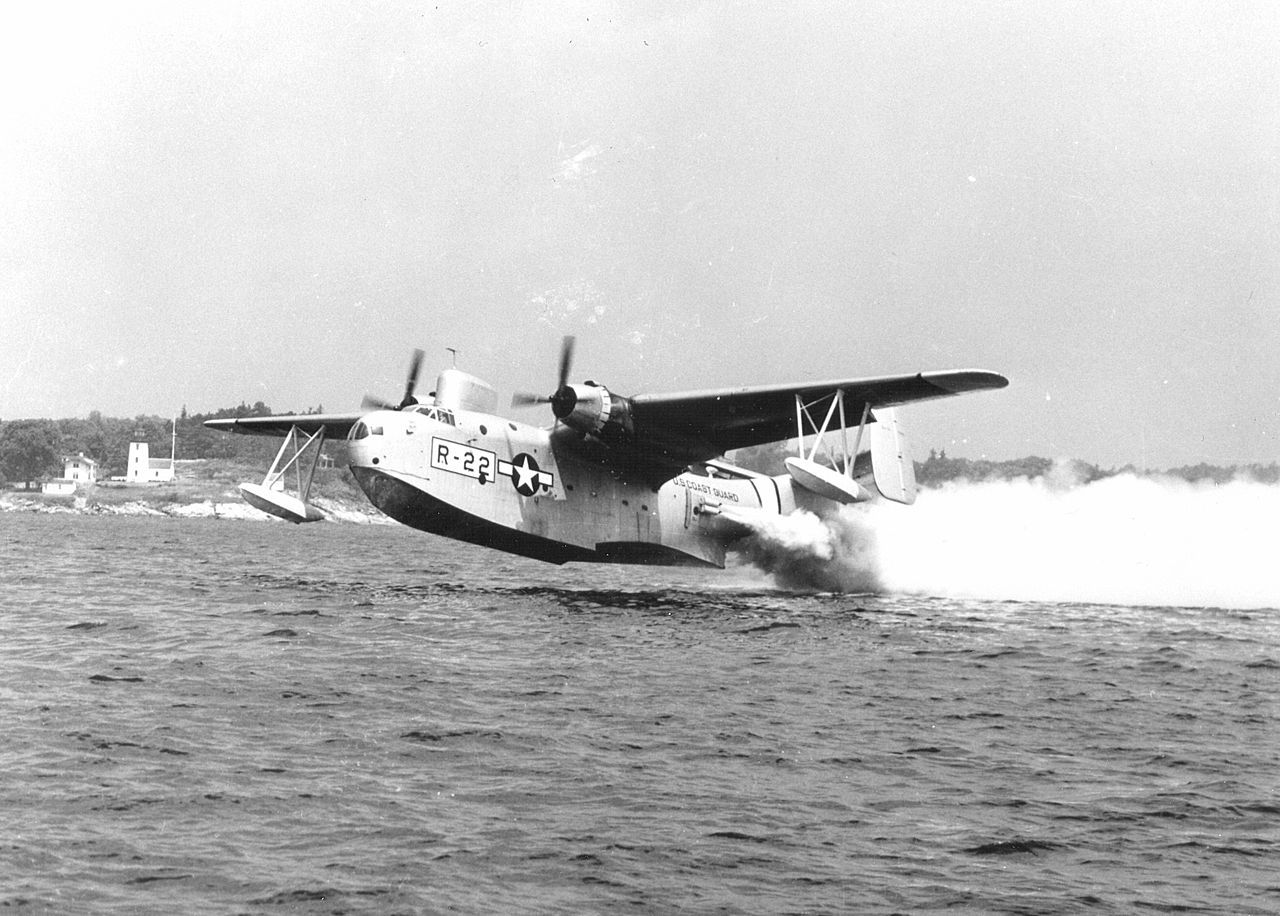
Deliveries began in August 1944, with 589 delivered before the end of the war and the abrupt termination of production. The PBM-5 was a mainstay of Navy patrol squadrons in the last year of the war. Some were painted black for night operations, similar to the famous "Black Cat" Catalinas, though the black Mariners were called "Nightmares", obviously as a contraction of "Night Mariners".
* There were a number of minor variations on the PBM-5, apparently all built as field conversions:
PBM-5E: A postwar conversion with unspecified additional electronic gear.
PBM-5G: 24 PBM-5 Mariners provided to the Coast Guard and used for search and rescue (SAR)", or "air sea rescue (ASR)" as it was known in those days. Apparently the Coast Guard used from 7 to 15 more PBM-5 Mariners without any change in designation. USCG Mariners had all their armament removed.
PBM-5M: One PBM-5 used for monitoring missile tests, described in some sources as the "PBM-5C".
PBM-5N: One PBM-5 with unspecified modifications for night operations.
PBM-5S: A stripped-down antisubmarine warfare variant much like that of the PBM-3S, with a number of PBM-5 Mariners converted to this configuration.
PBM-5S2: Korean War modification of the PBM-3S, with AN/APS-31 radar in a "teardrop" radome behind the cockpit.
* The very last Mariner variant to be produced was the "PBM-5A", which was a PBM-5 fitted with tricycle landing gear for amphibious operation. The nose gear had twin wheels and retracted backward, while the main gear had single wheels and rotated up into the sides of the fuselage.
The "XPBM-5A" prototype was a modified PBM-5 and performed its initial flight in December 1947. 40 production PBM-5As were built, including 4 modified from PBM-5 Mariners and 36 built new. The last was built in April 1949. The production machines featured P&W R-2800-34 Twin Wasps, with reversible four-blade propellers to reduce landing roll, and most either had or were refitted with AN/APS-31 radar in a teardrop fairing. The Navy used the PBM-5A for ASW patrol, while the Coast Guard used them for SAR duties.
The Mariner served on with the US Navy and US Coast Guard into the early 1950s, with the type performing patrol and SAR duties during the Korean War. The USCG was the last US service to use the type, performing the last operational Mariner flight in 1958.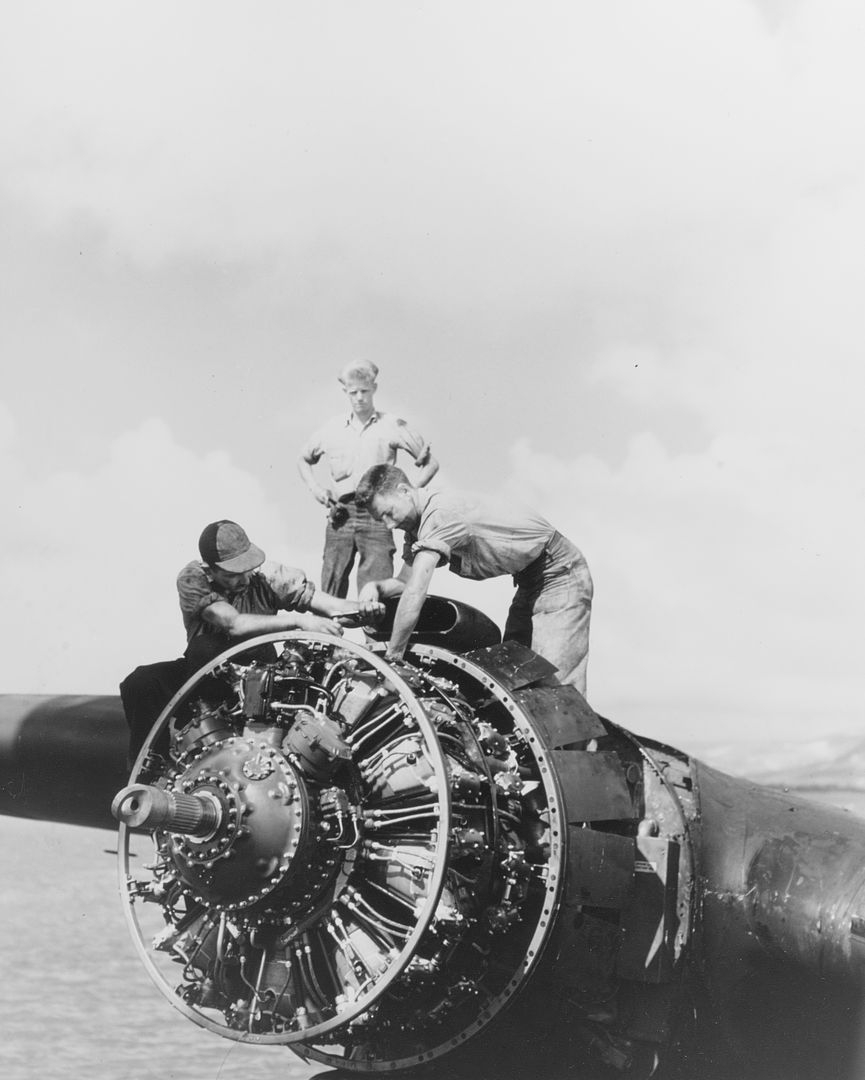

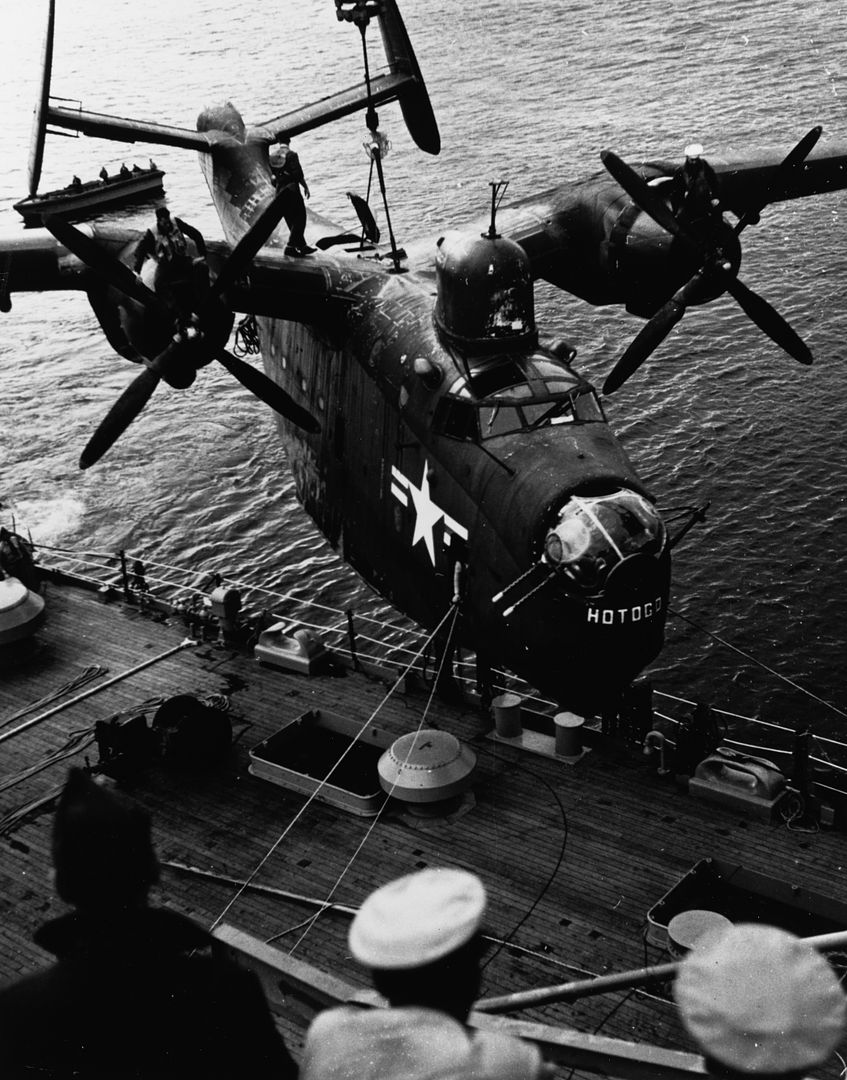
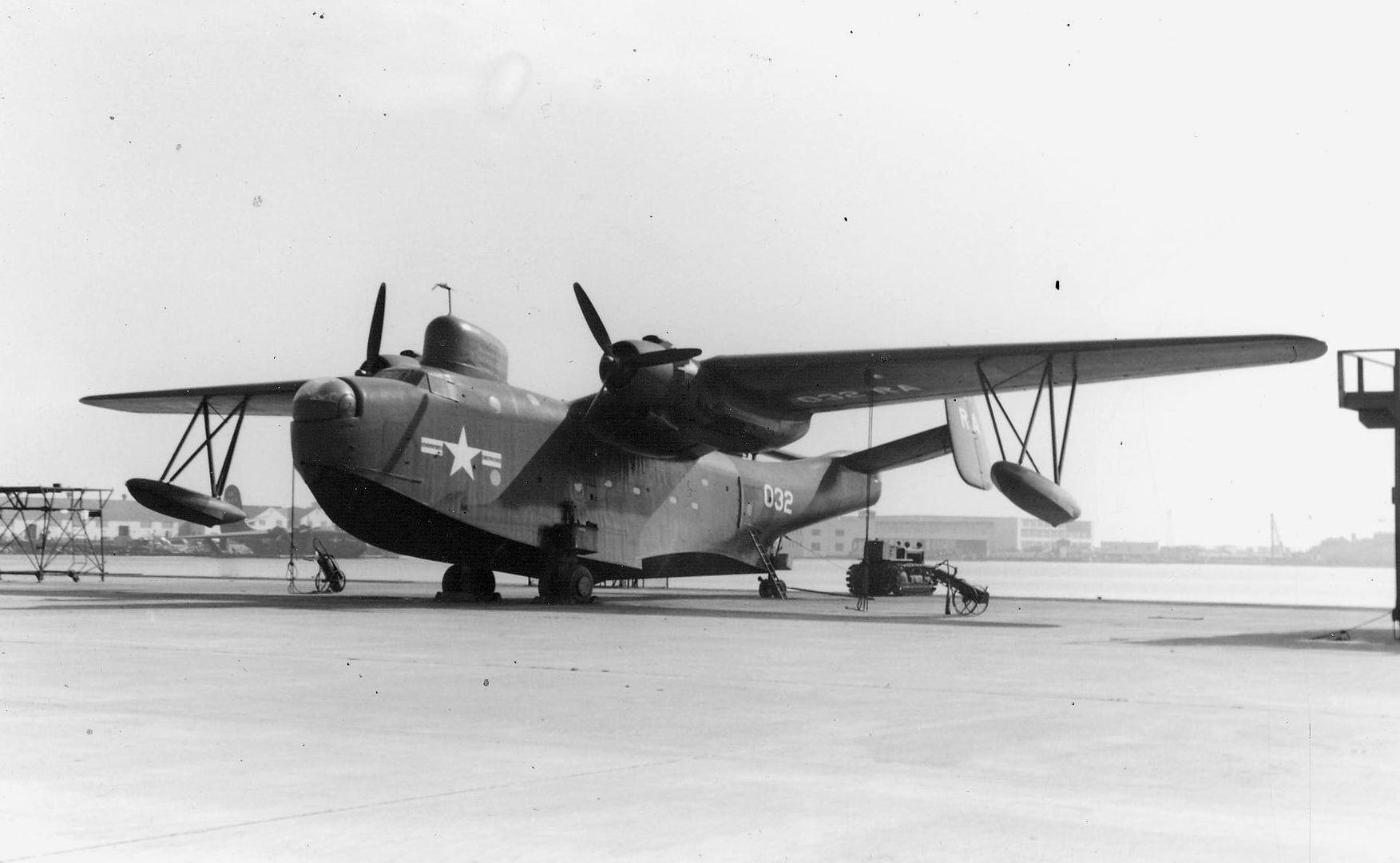
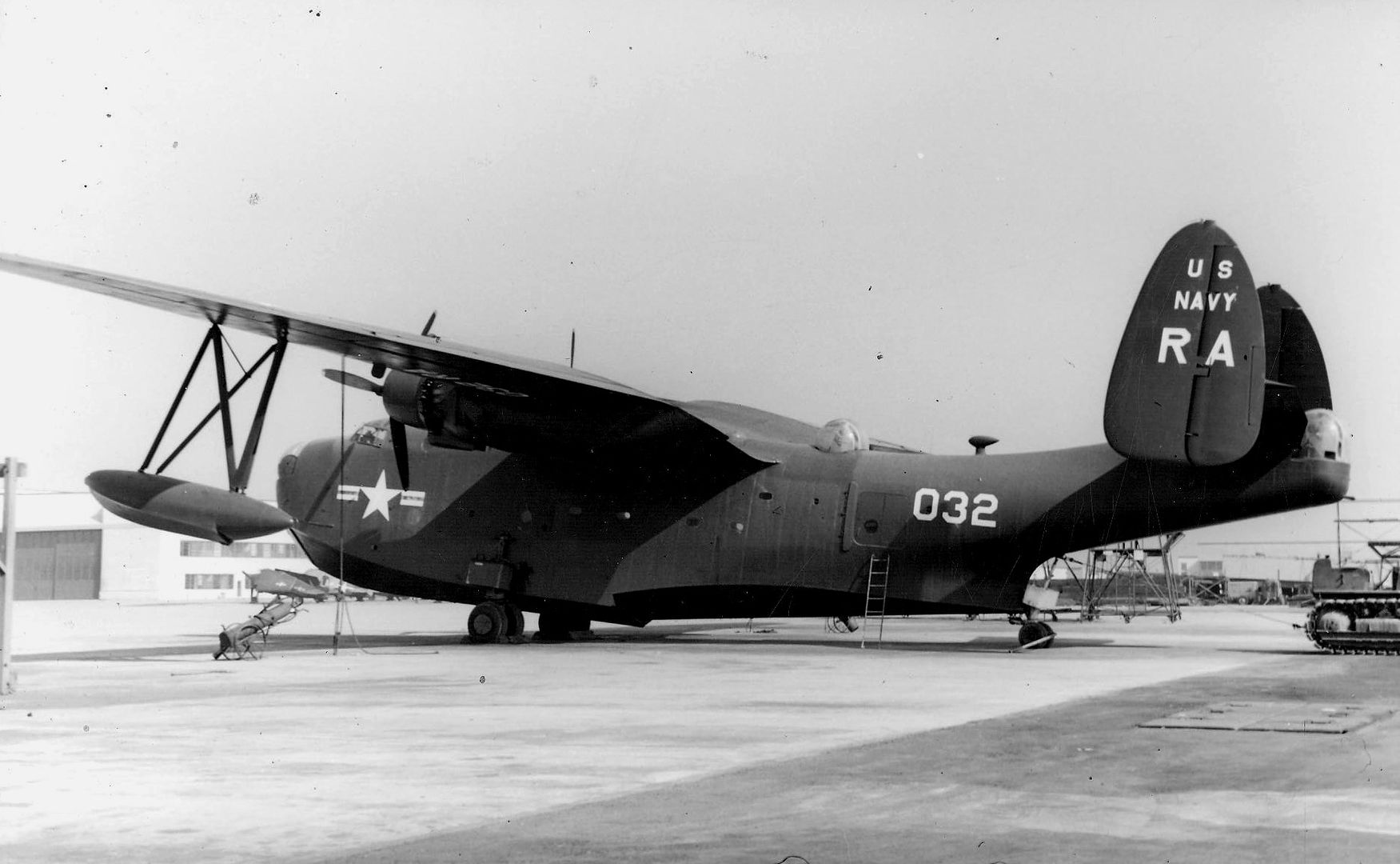
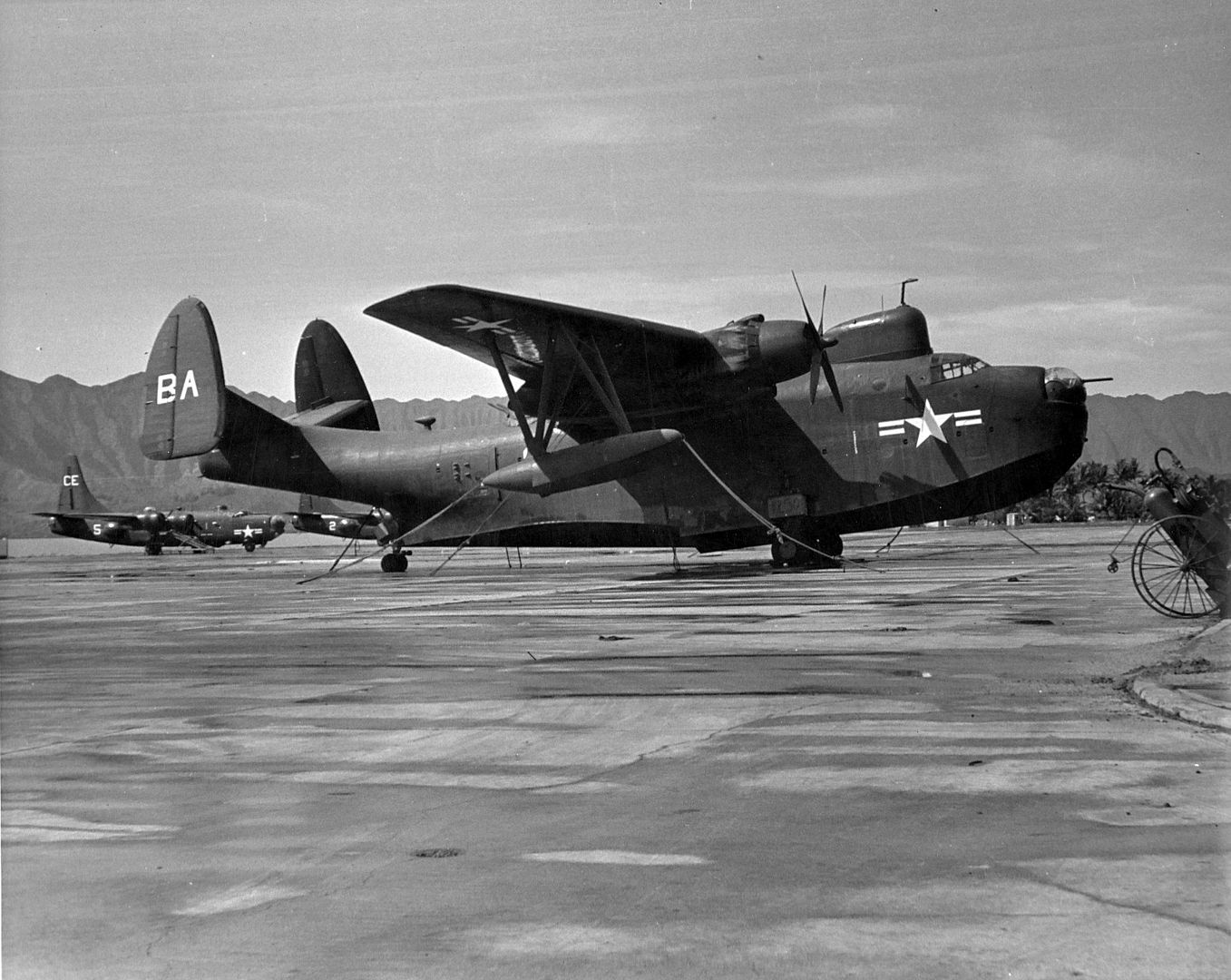
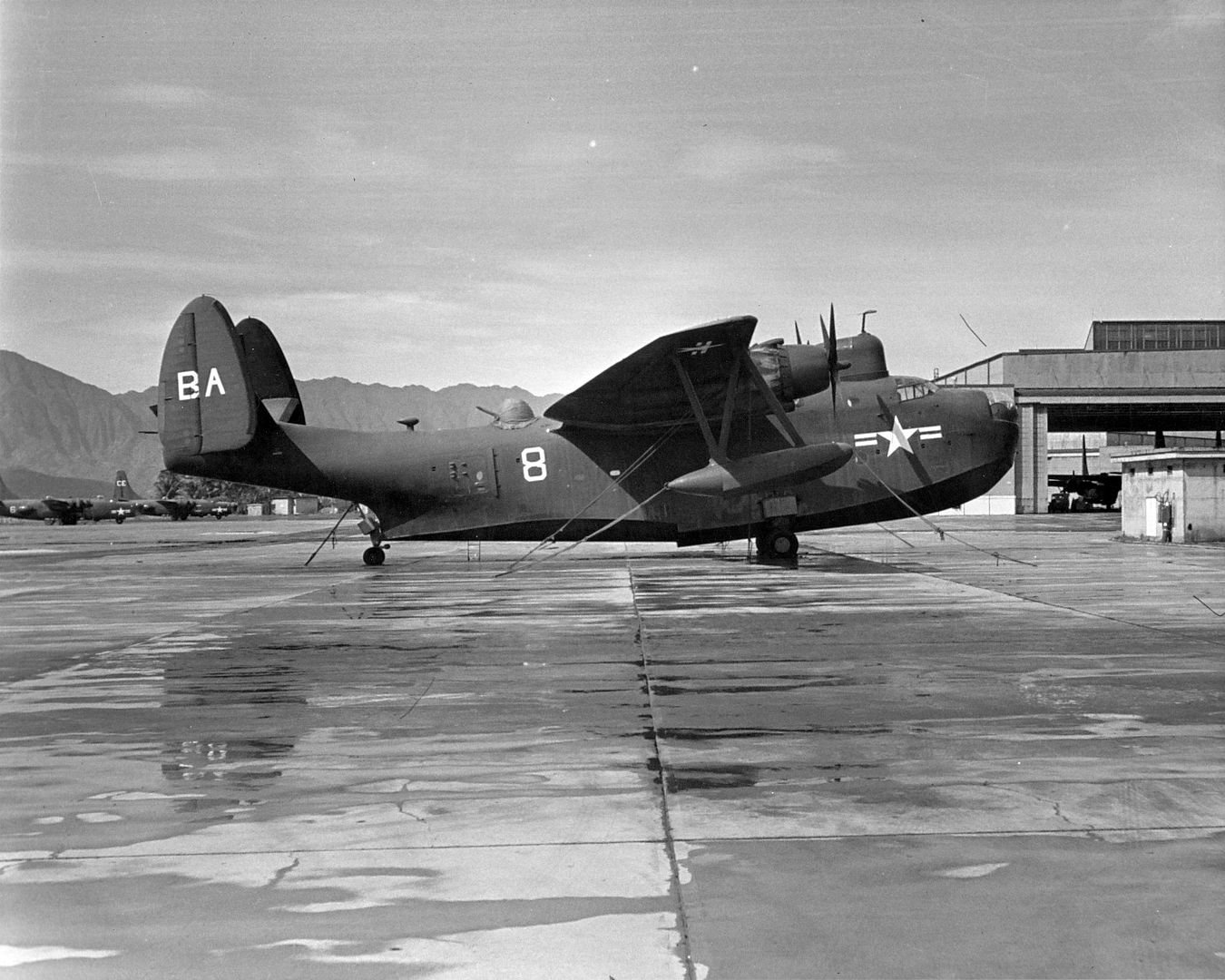

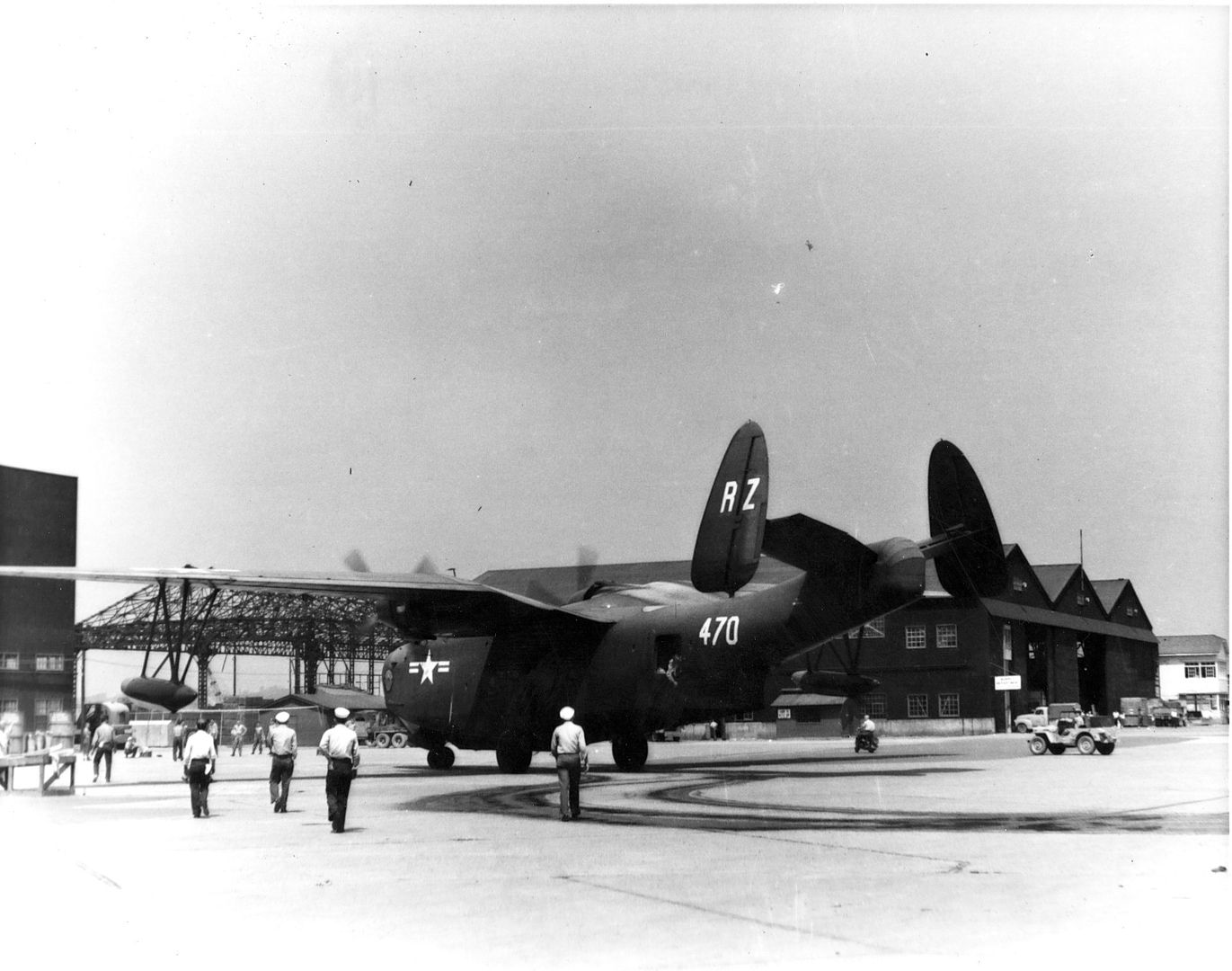
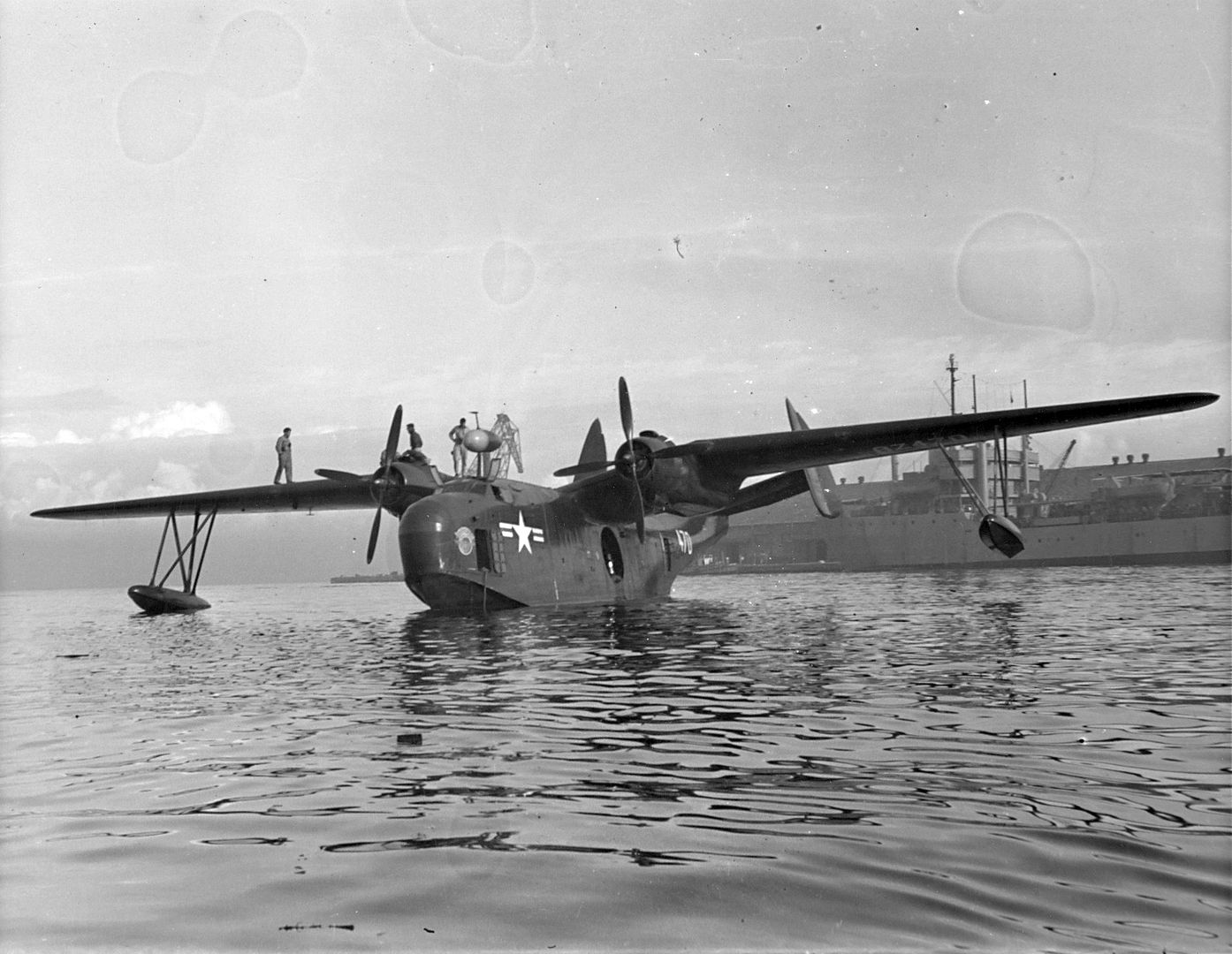

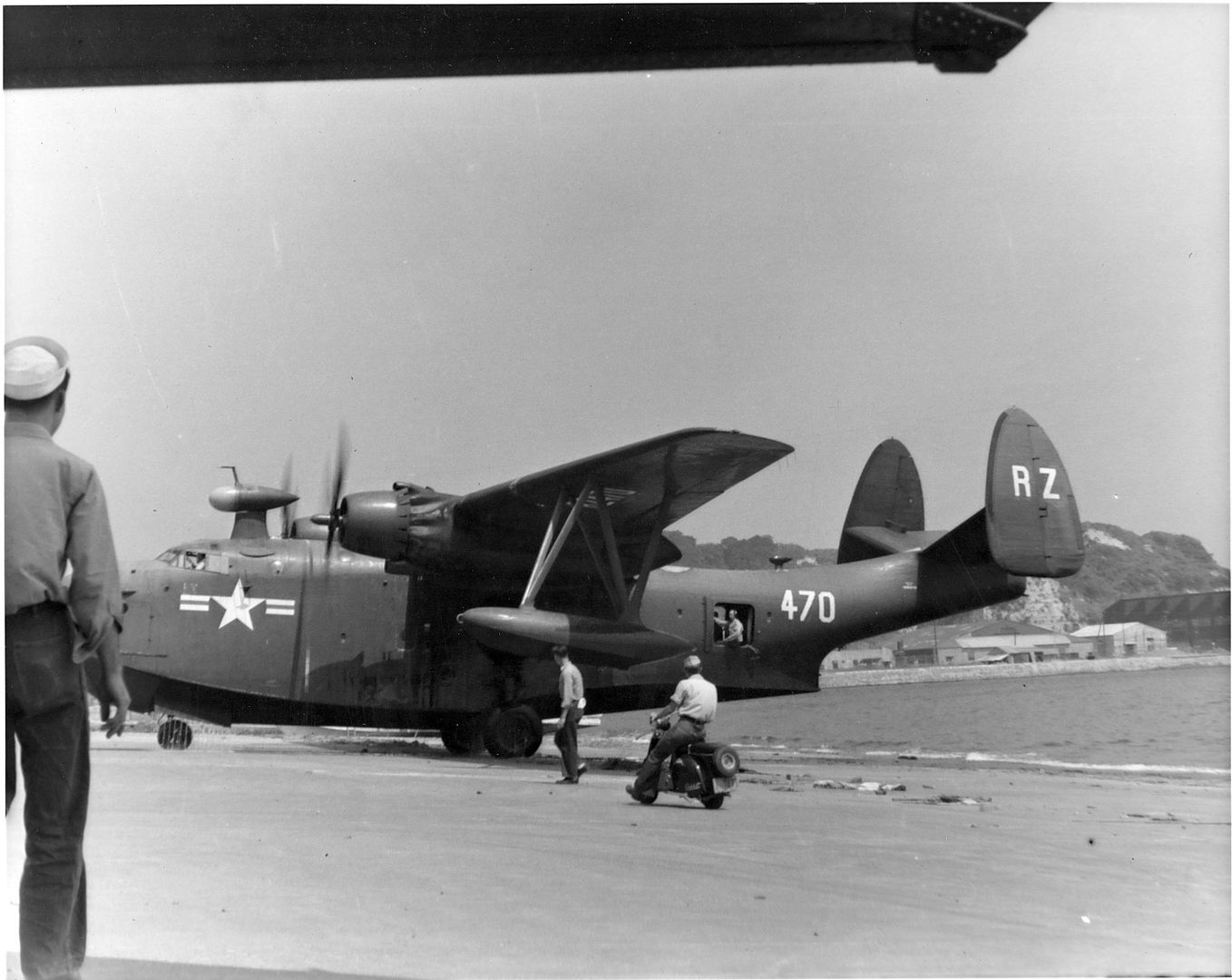
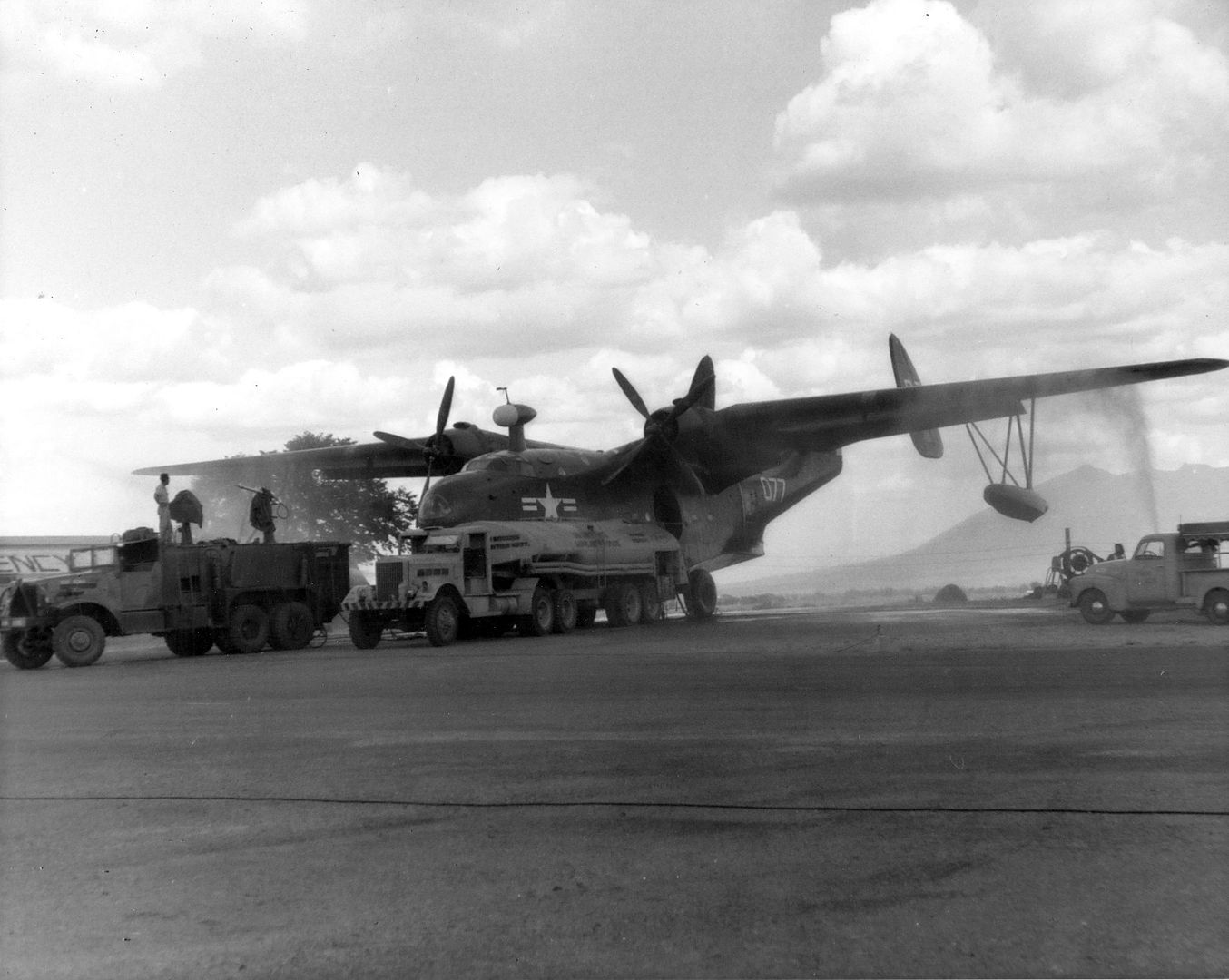
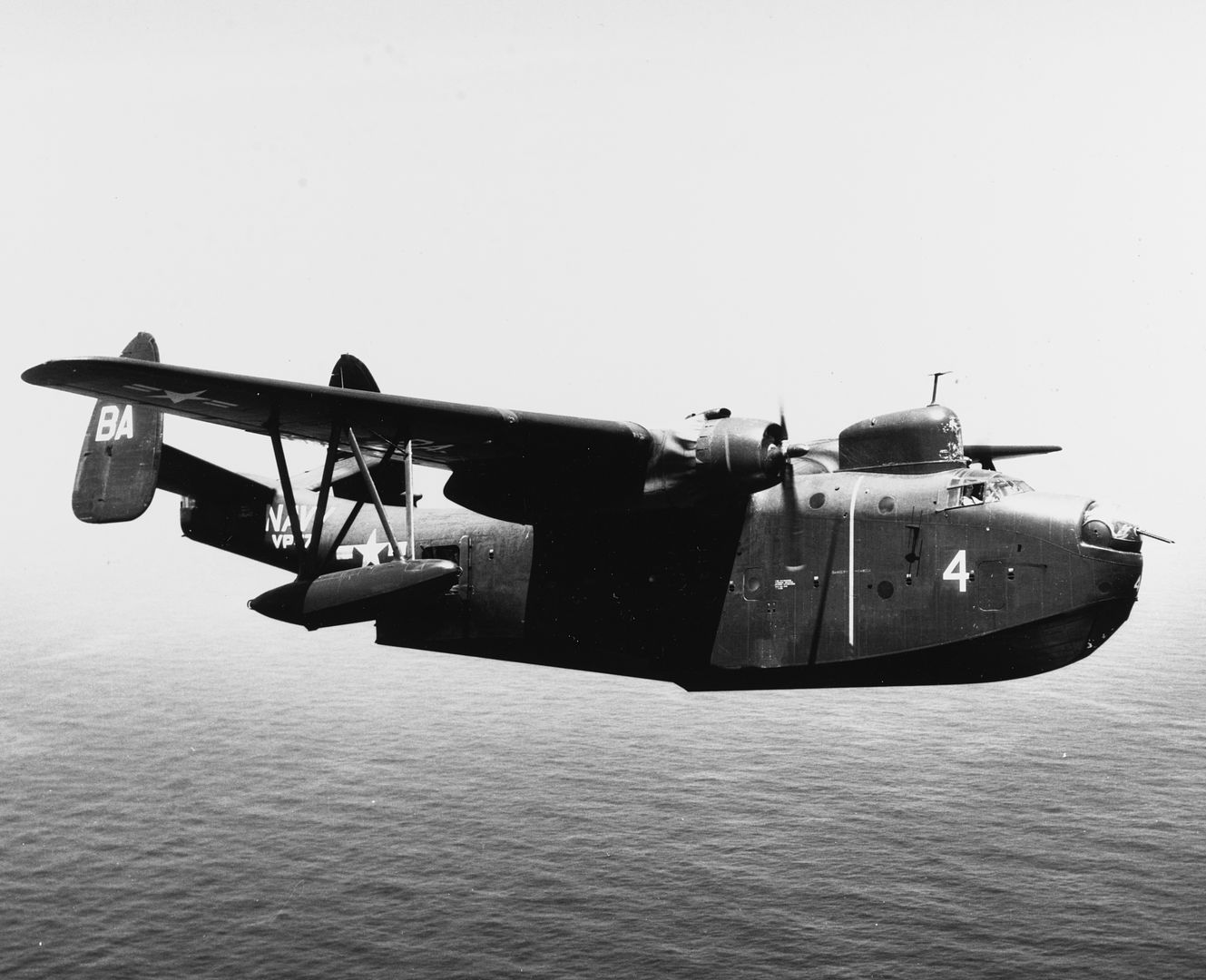
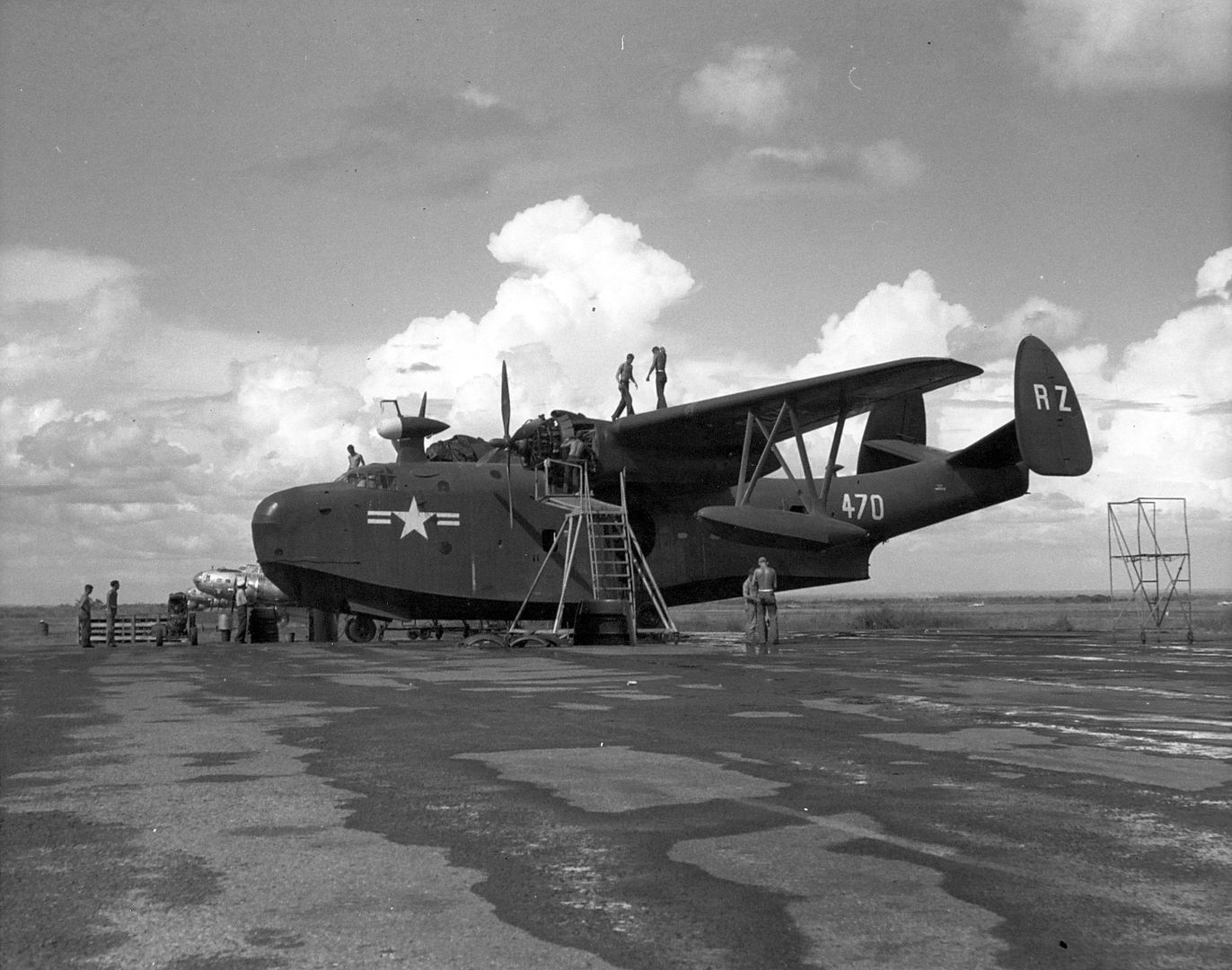
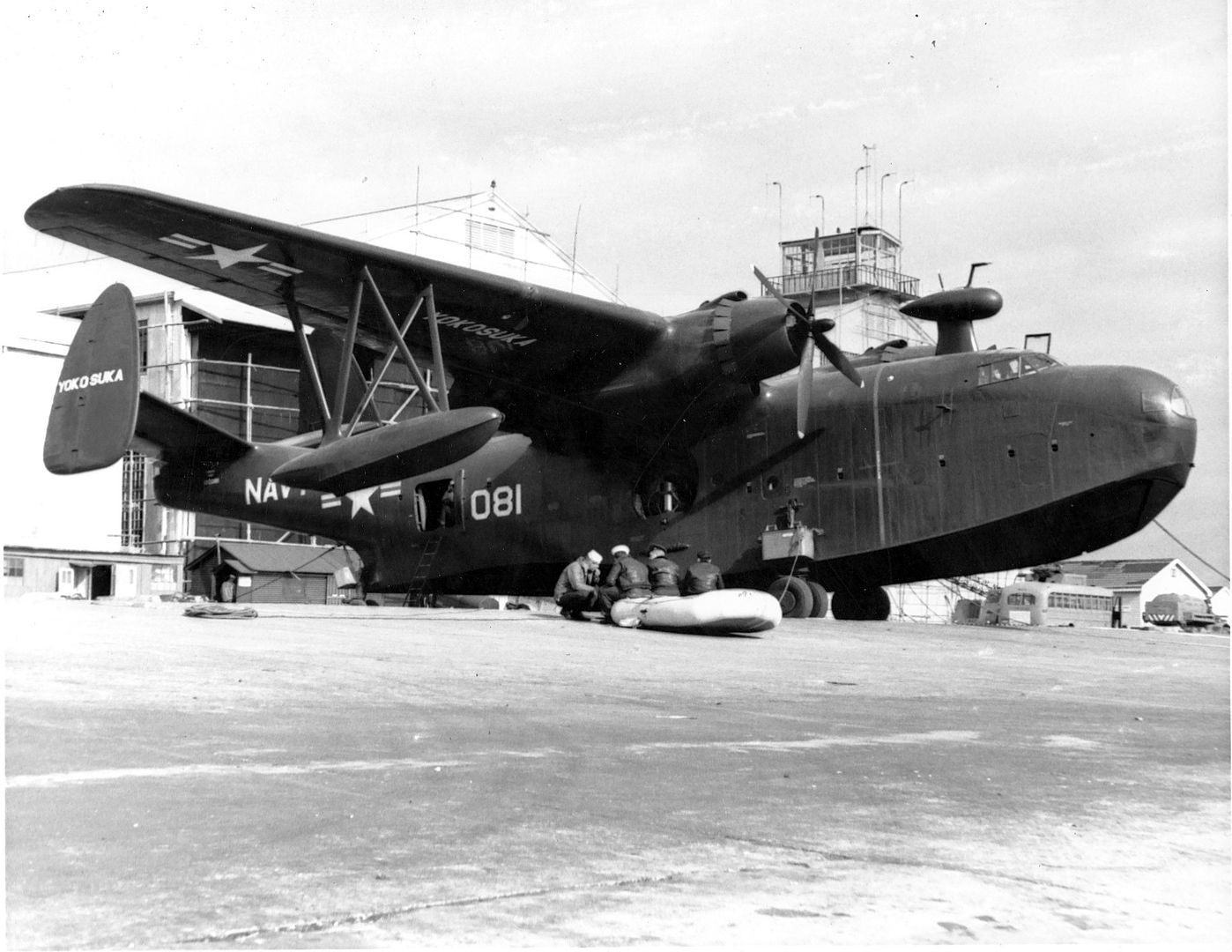


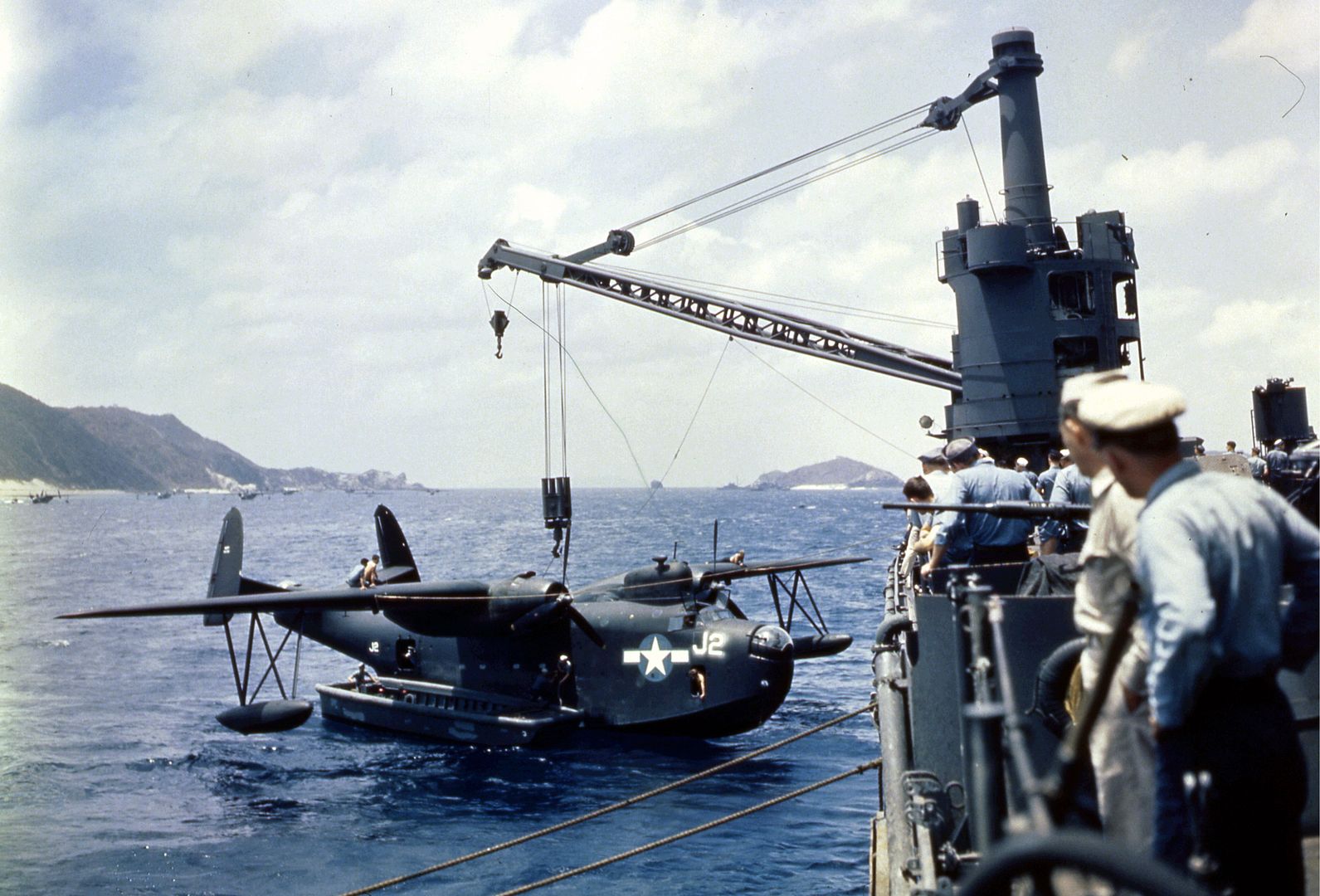
The Royal Netherlands Air Force operated 17 PBM-5As in the Dutch East Indies during the mid-1950s. During the 1950s, 3 PBM-5S2s were obtained to the Uruguayan Navy, while 8 Mariners were obtained by the Argentine Navy, with these aircraft lingering into the early to mid 1960s,
From 5 to 7 demilitarized Mariners were used by a Colombian air transport company in the late 1940s, but the company folded after a year or so in operation, and apparently a handful of Mariners flew with US civil companies as cargo haulers for a time. A handful of Mariners now survive as static displays, but none remain airworthy.
General characteristics PBM-1
Crew: Seven
Length: 79 ft 10 in (23.50 m)
Wingspan: 118 ft 0 in (36 m)
Height: 27 ft 6 in (5.33 m)
Wing area: 1,408 ft? (131 m?)
Empty weight: 33,175 lb (15,048 kg)
Loaded weight: 56,000 lb (25,425 kg)
Powerplant: 2 ? Wright R-2600-6 14-cylinder radial engines, 1,600 hp (1,194 kW) each
Performance
Maximum speed: 178 kn (205 mph, 330 km/h)
Range: 2,600 nmi (3,000 mi, 4,800 km)
Service ceiling: 19,800 ft (6,040 m)
Rate of climb: 800 ft/min (4.1 m/s)
Armament
Guns: 8 ? .50 in (12.7 mm) M2 Browning machine guns (two each in nose, dorsal and tail turrets, one each in blisters amidships)
Bombs: 4,000 lb (1,800 kg) of bombs or depth charges or 2 ? Mark 13 torpedoes
MARINER PRODUCTION SUMMARY
______________________________________________________________
XPBM-1 1 Initial prototype.
PBM-1 21 Initial production machine.
XPBM-2 1 Long-range catapult launch experiment.
PBM-3 32 Fixed floats, improved engines & armament.
PBM-3C 274 AN/APS-15 radar, improved armor & armament.
PBM-3D 259 More armor & armament.
PBM-3R 18 Transport, 31 more converted from PBM-3s.
PBM-3S 94 Stripped-down antisubmarine version.
PBM-5 628 Improved engines and JATO capability.
PBM-5A 36 Amphibious variant.
______________________________________________________________
SUM 1,364
Text from Greg Goebel Thanks. -
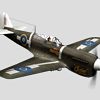 AdminNice thread, thanks
AdminNice thread, thanks
Post a reply
- Go to Previous topic
- Go to Next topic
- Go to Welcome
- Go to Introduce Yourself
- Go to General Discussion
- Go to Screenshots, Images and Videos
- Go to Off topic
- Go to Works in Progress
- Go to Skinning Tips / Tutorials
- Go to Skin Requests
- Go to IJAAF Library
- Go to Luftwaffe Library
- Go to RAF Library
- Go to USAAF / USN Library
- Go to Misc Library
- Go to The Ops Room
- Go to Made in Germany
- Go to Campaigns and Missions
- Go to Works in Progress
- Go to Juri's Air-Raid Shelter
- Go to Campaigns and Missions
- Go to Works in Progress
- Go to Skinpacks
- Go to External Projects Discussion
- Go to Books & Resources
